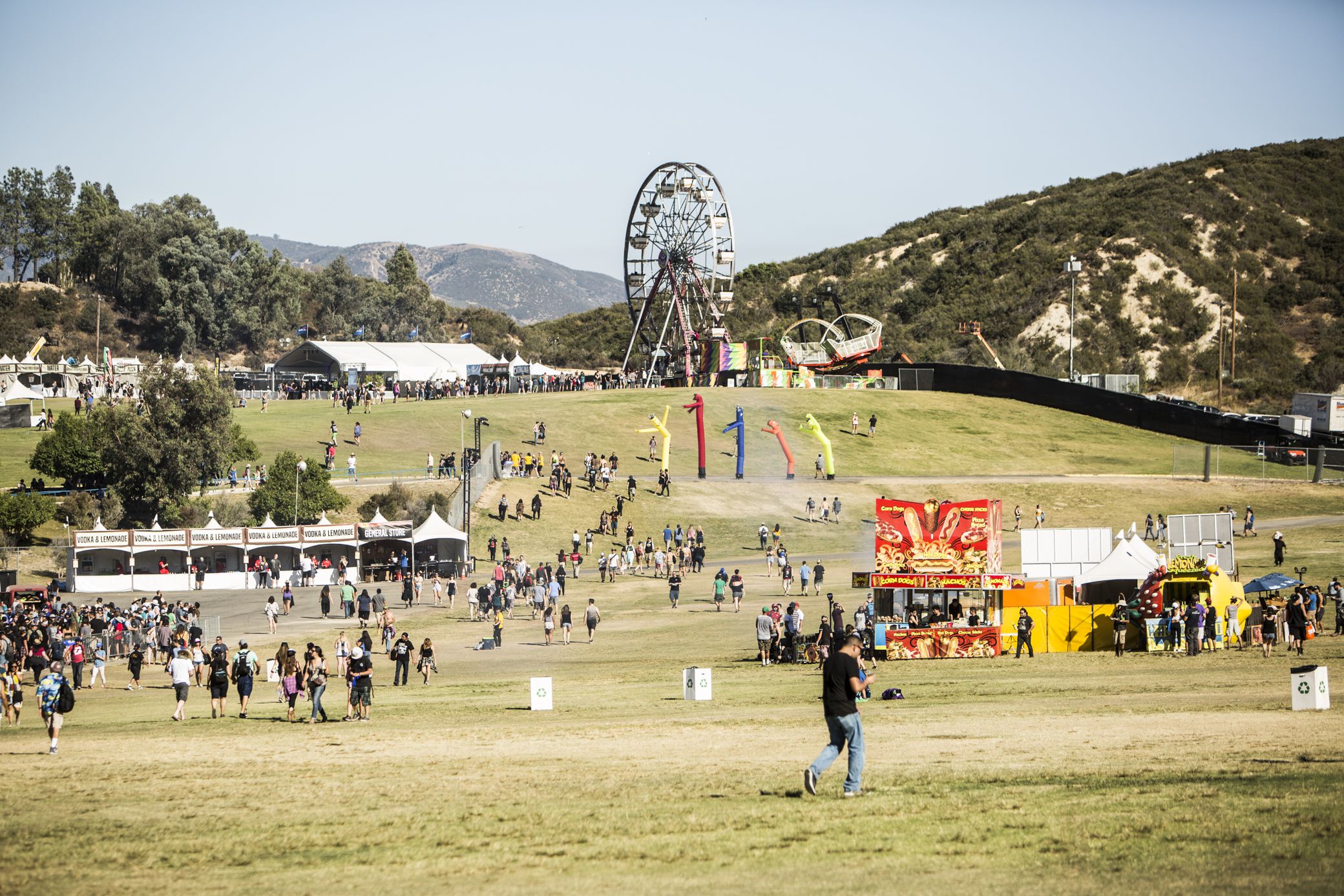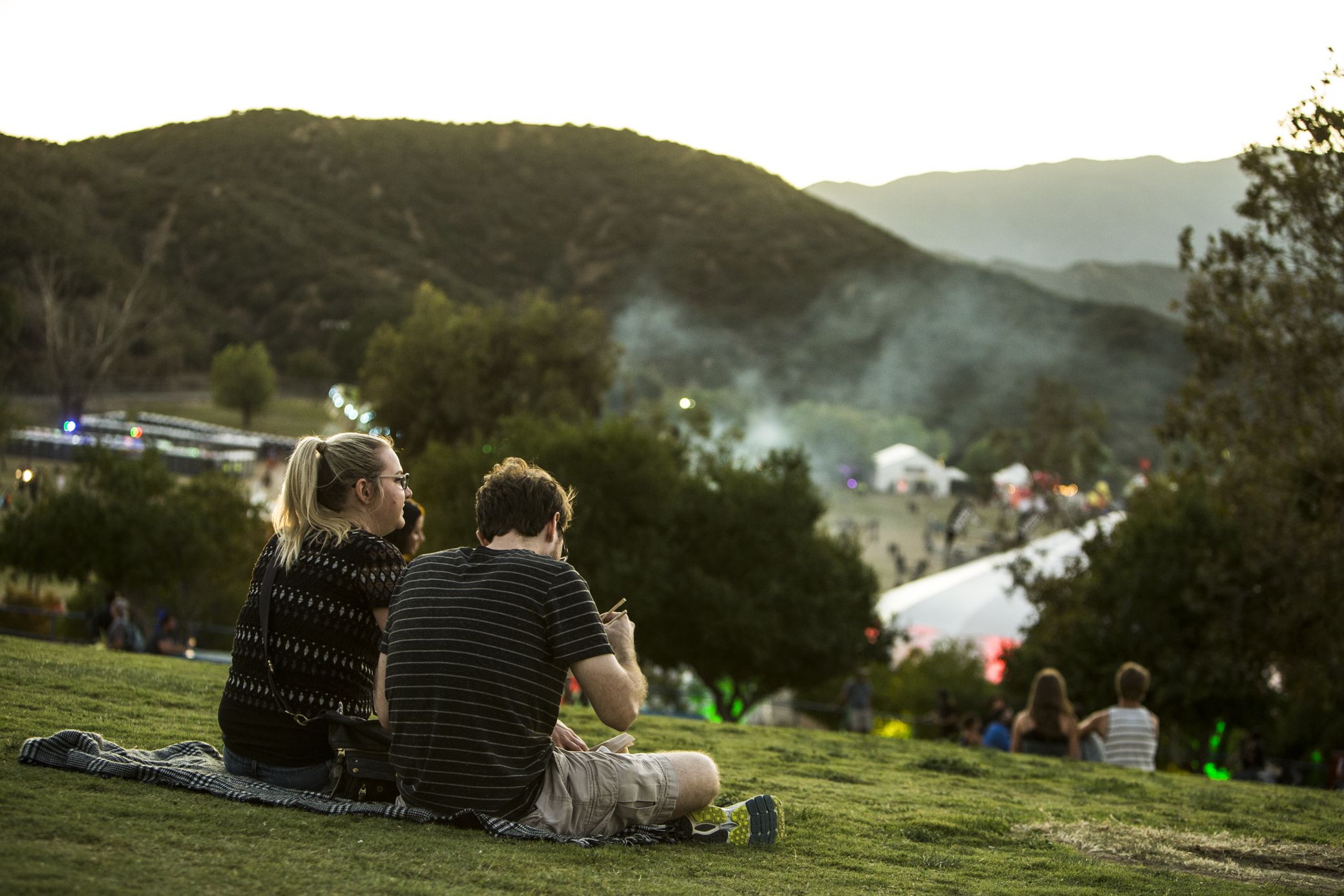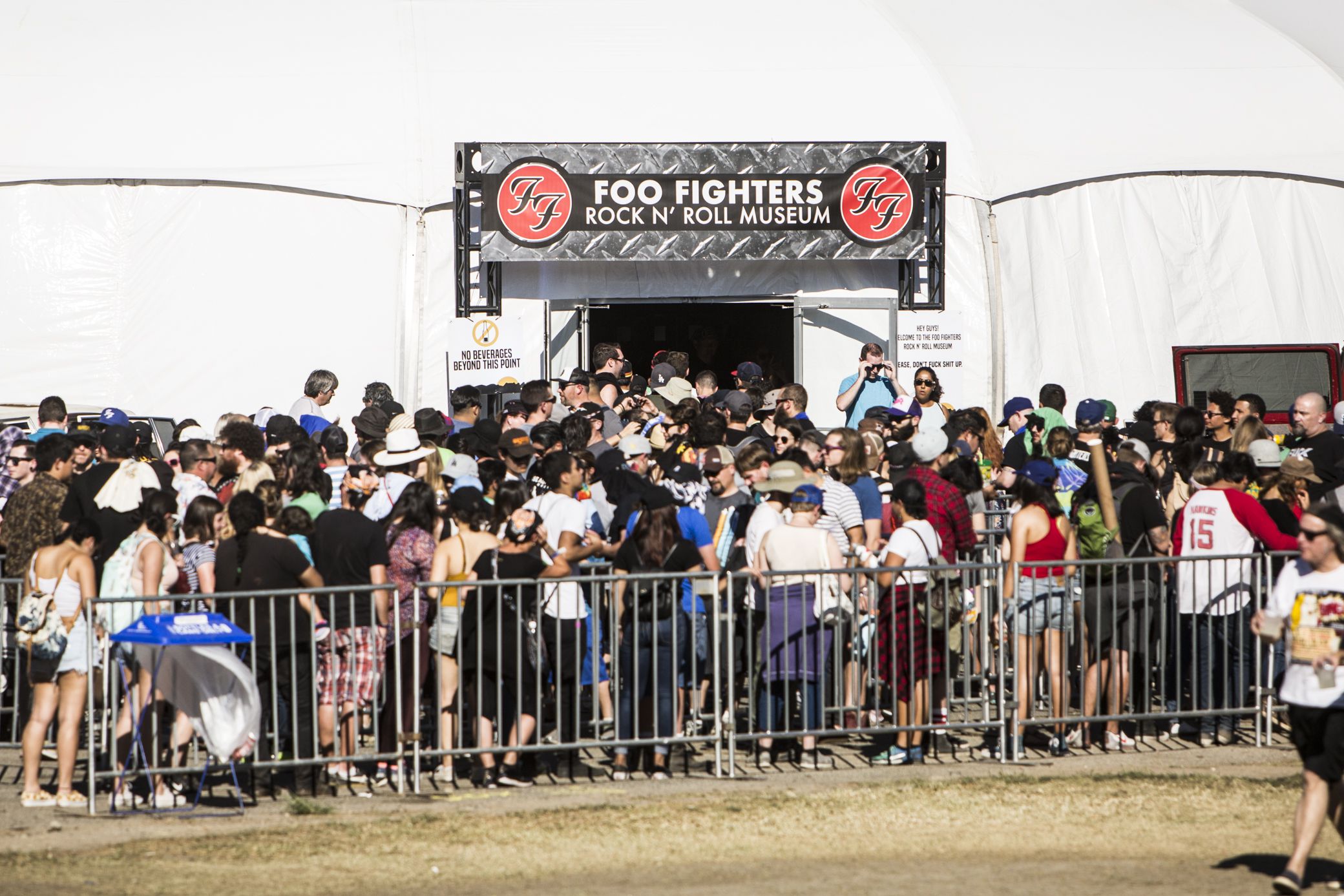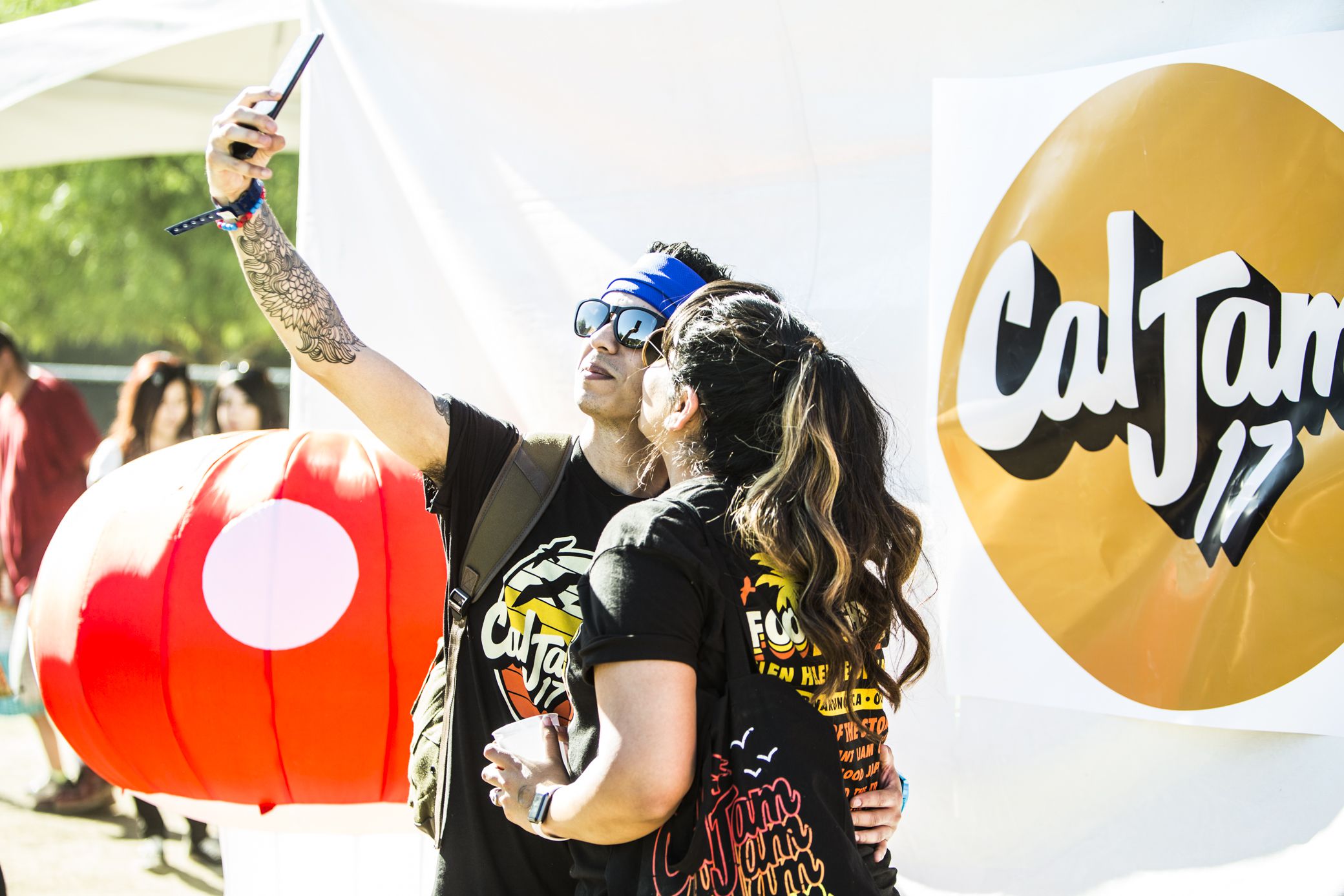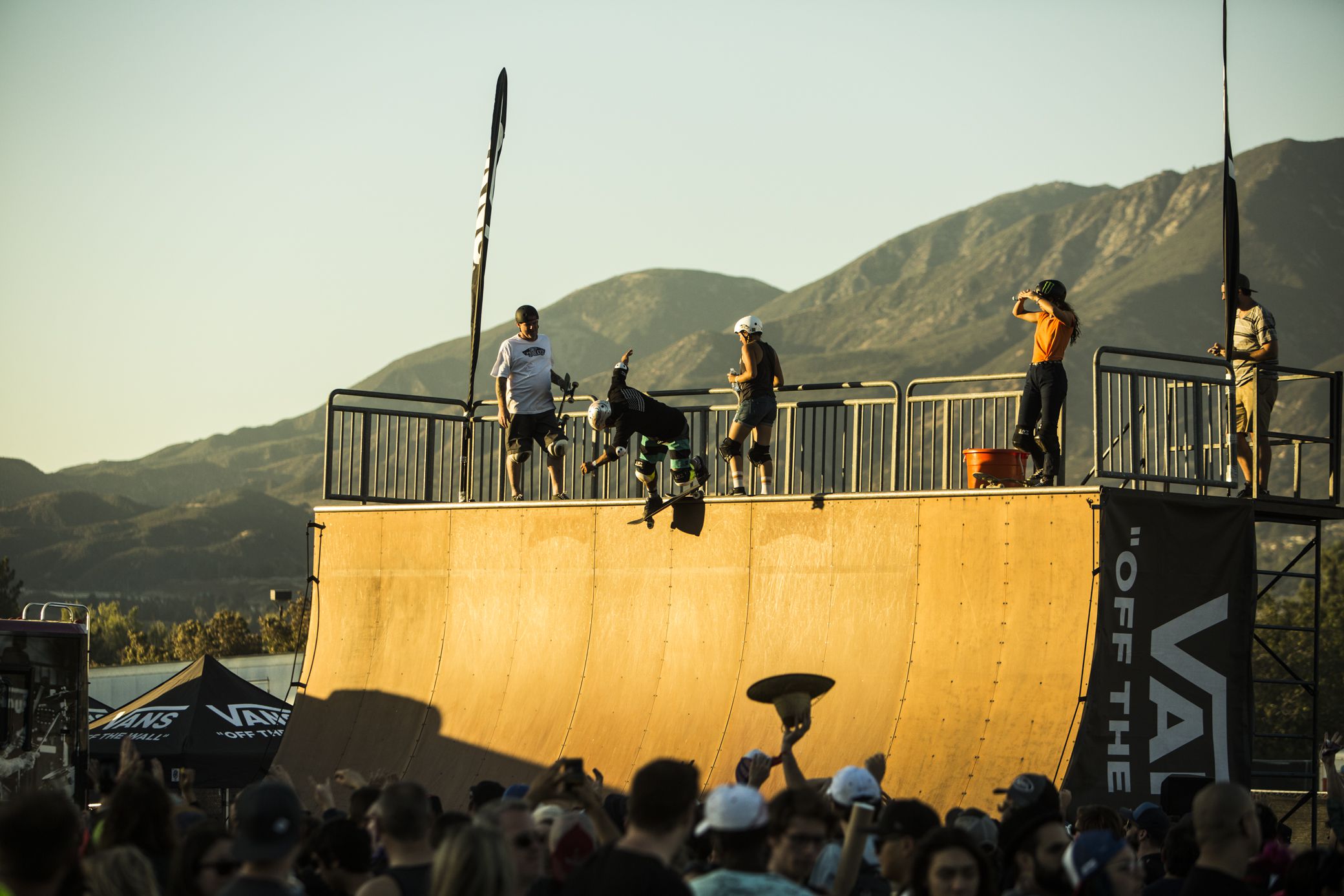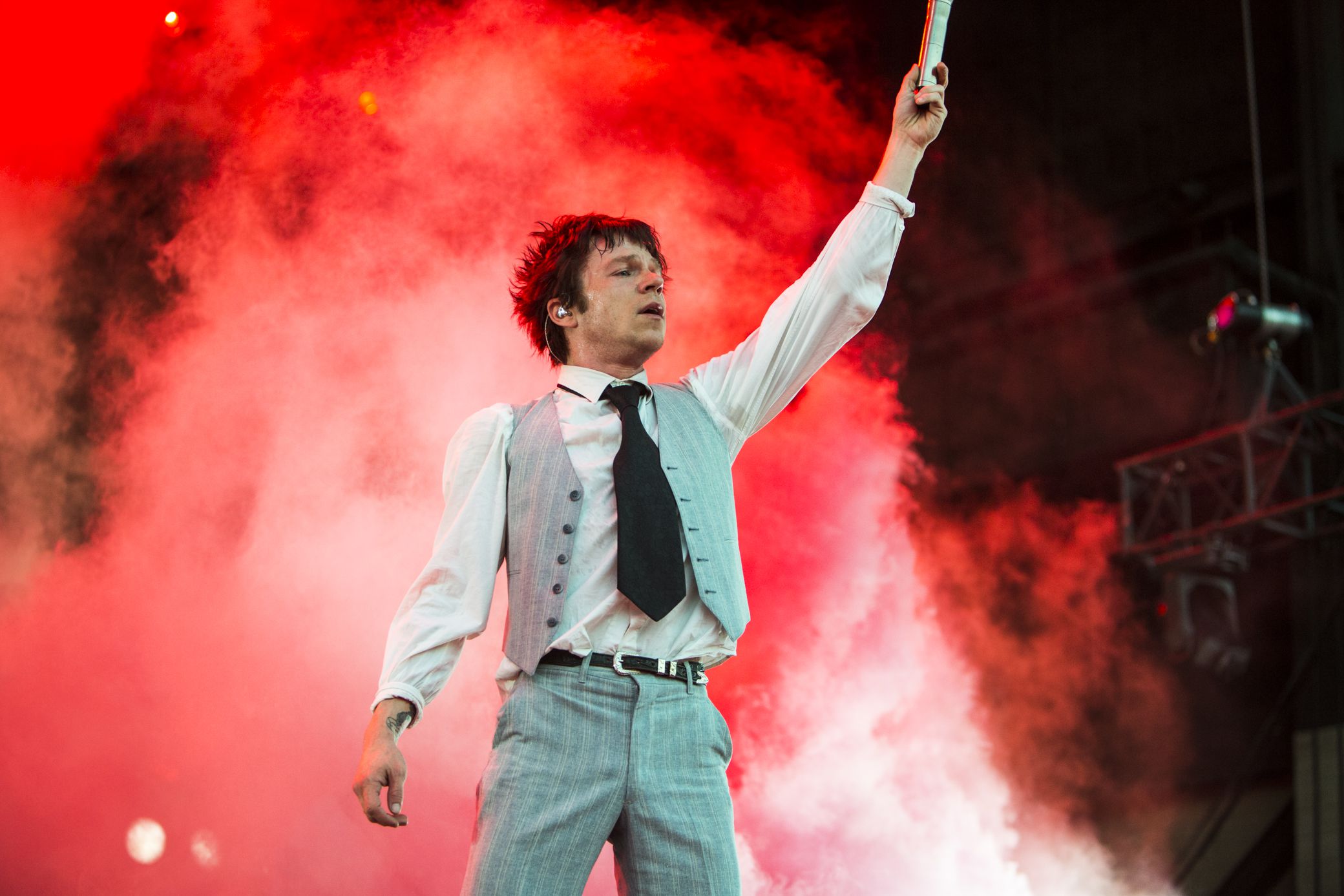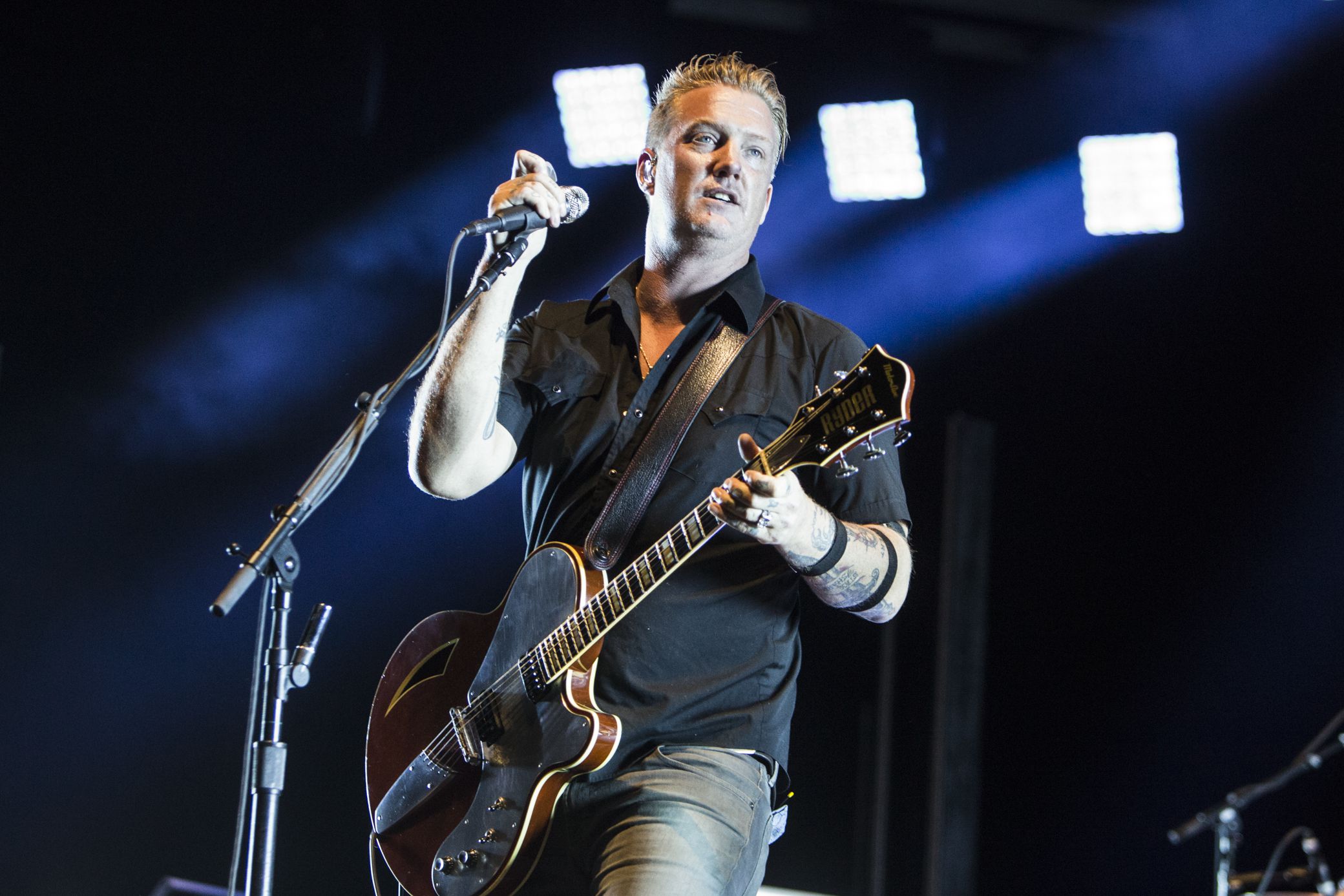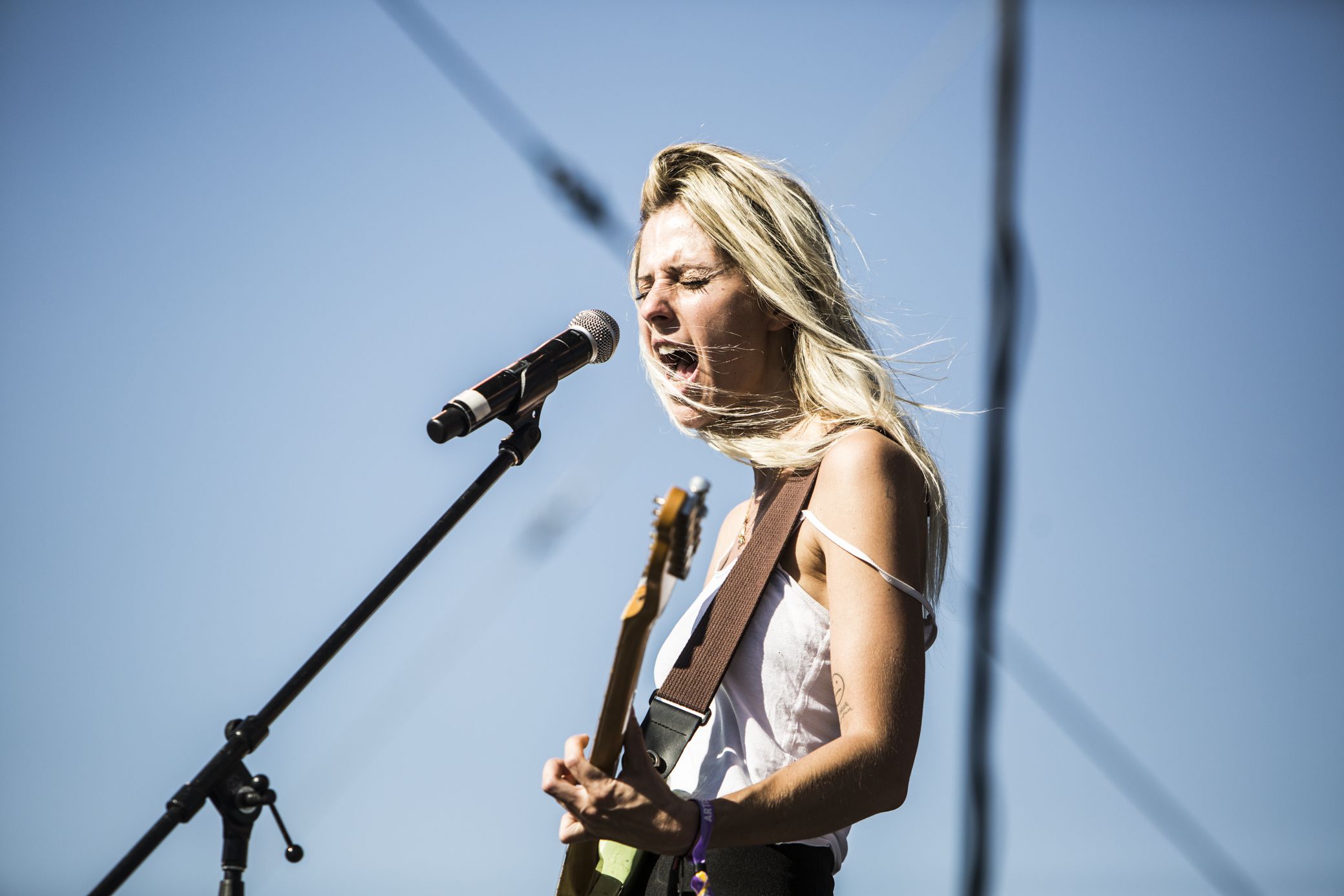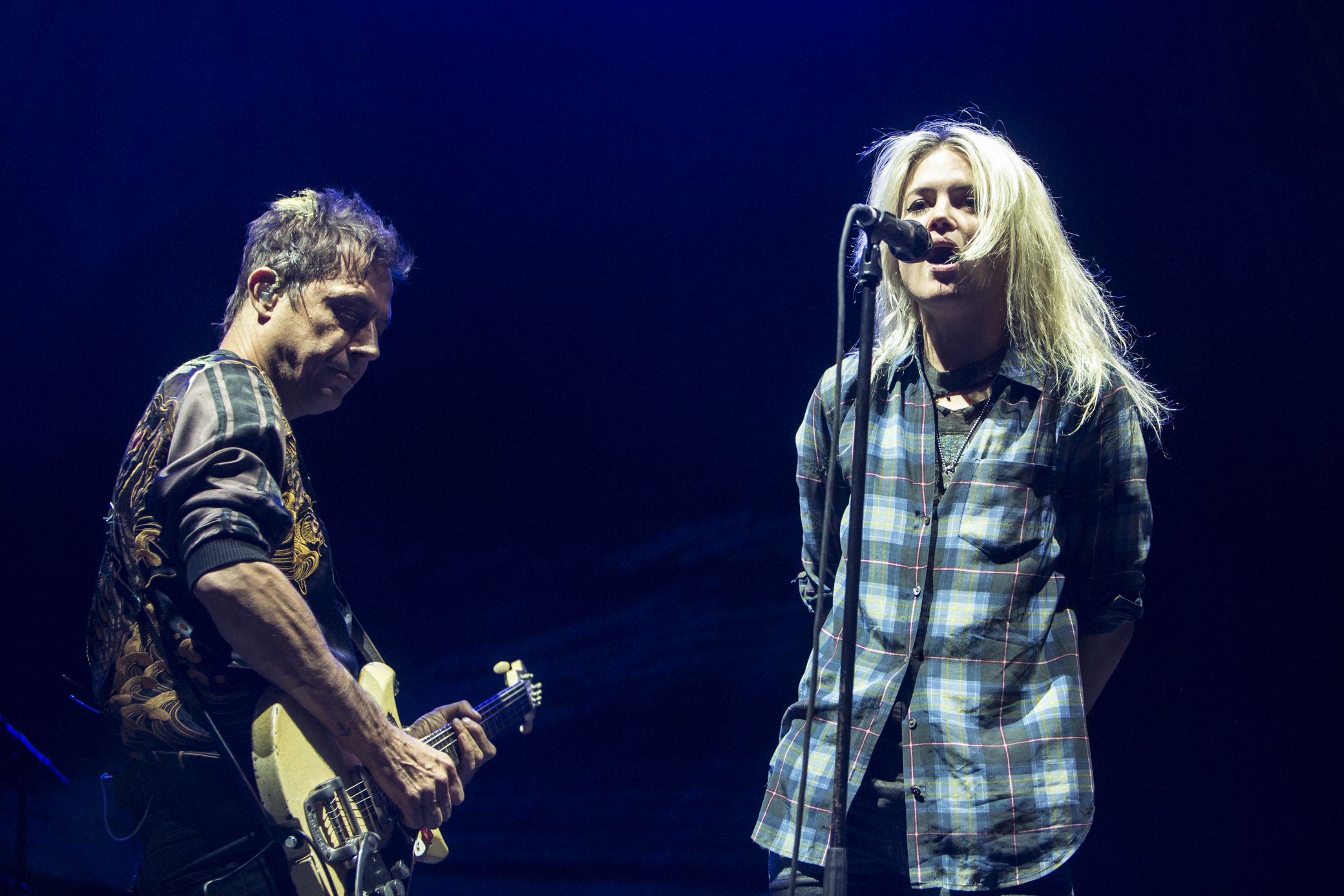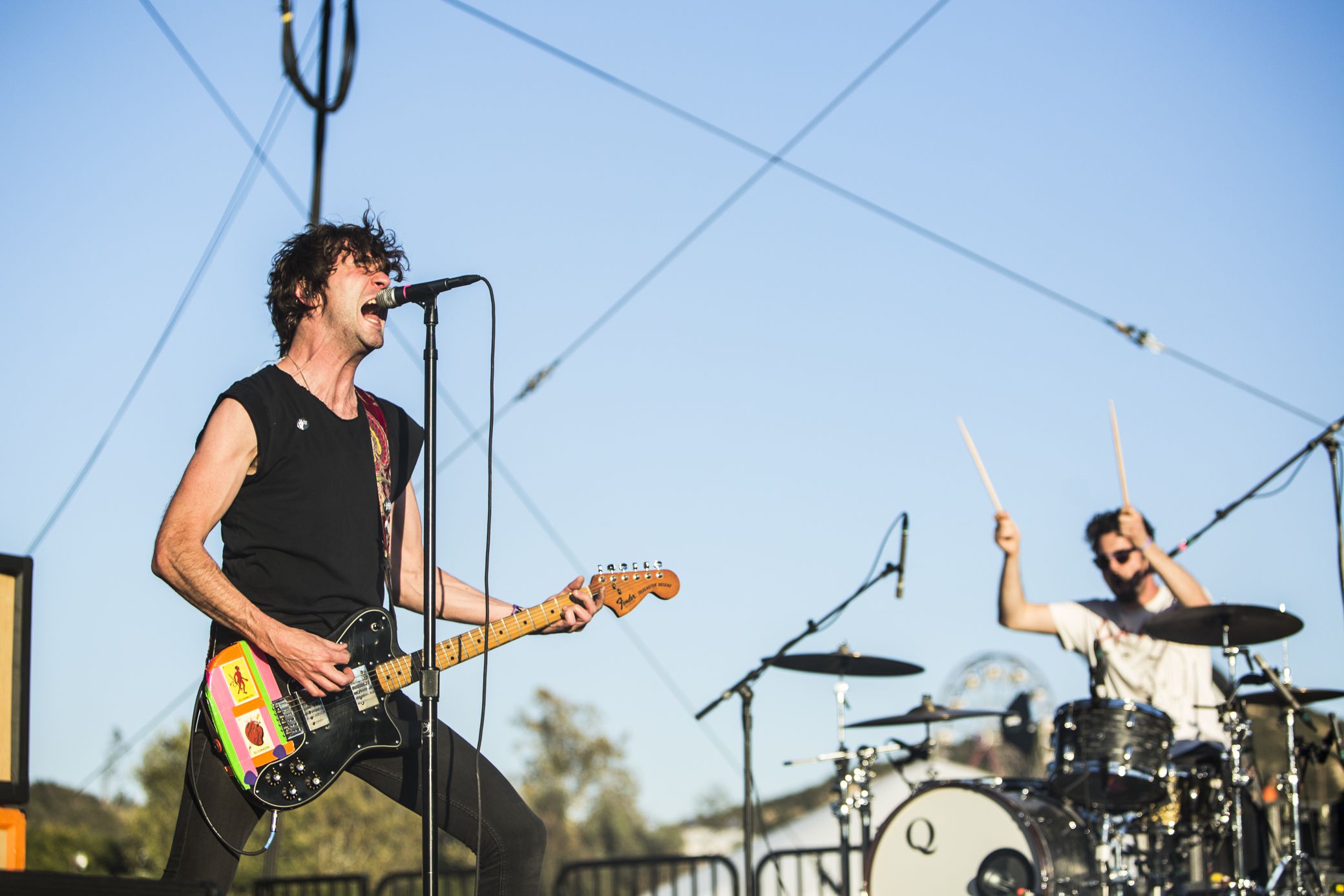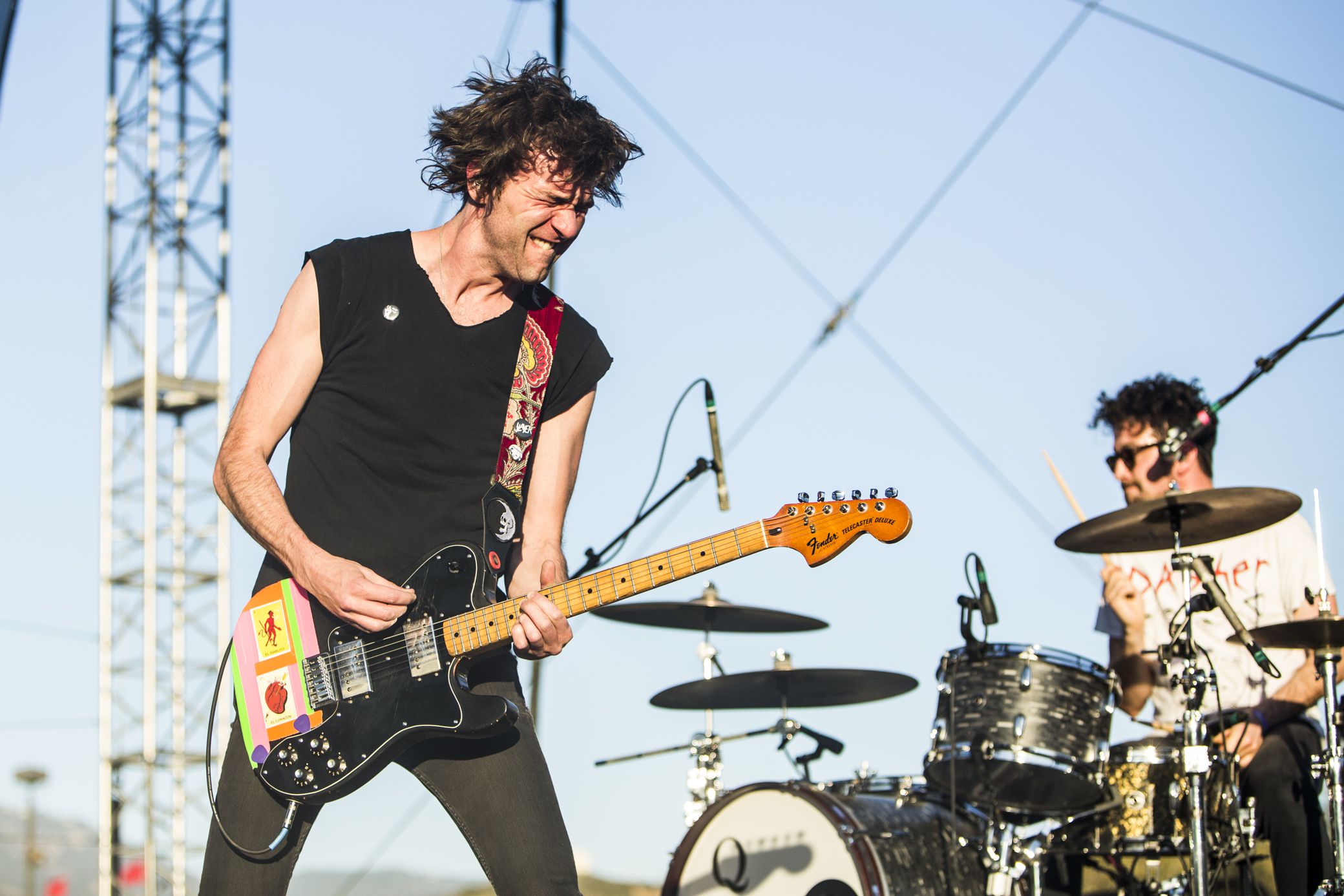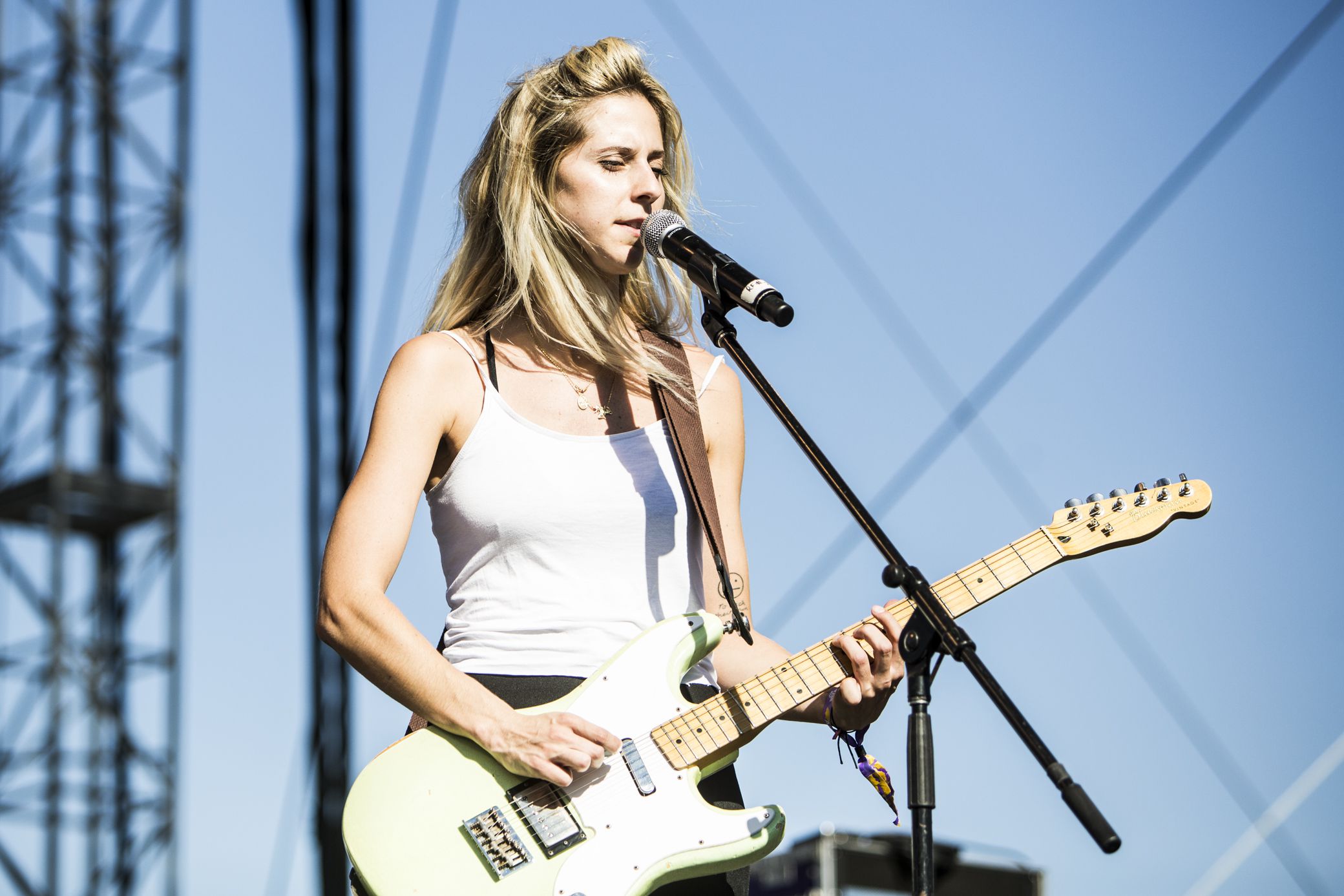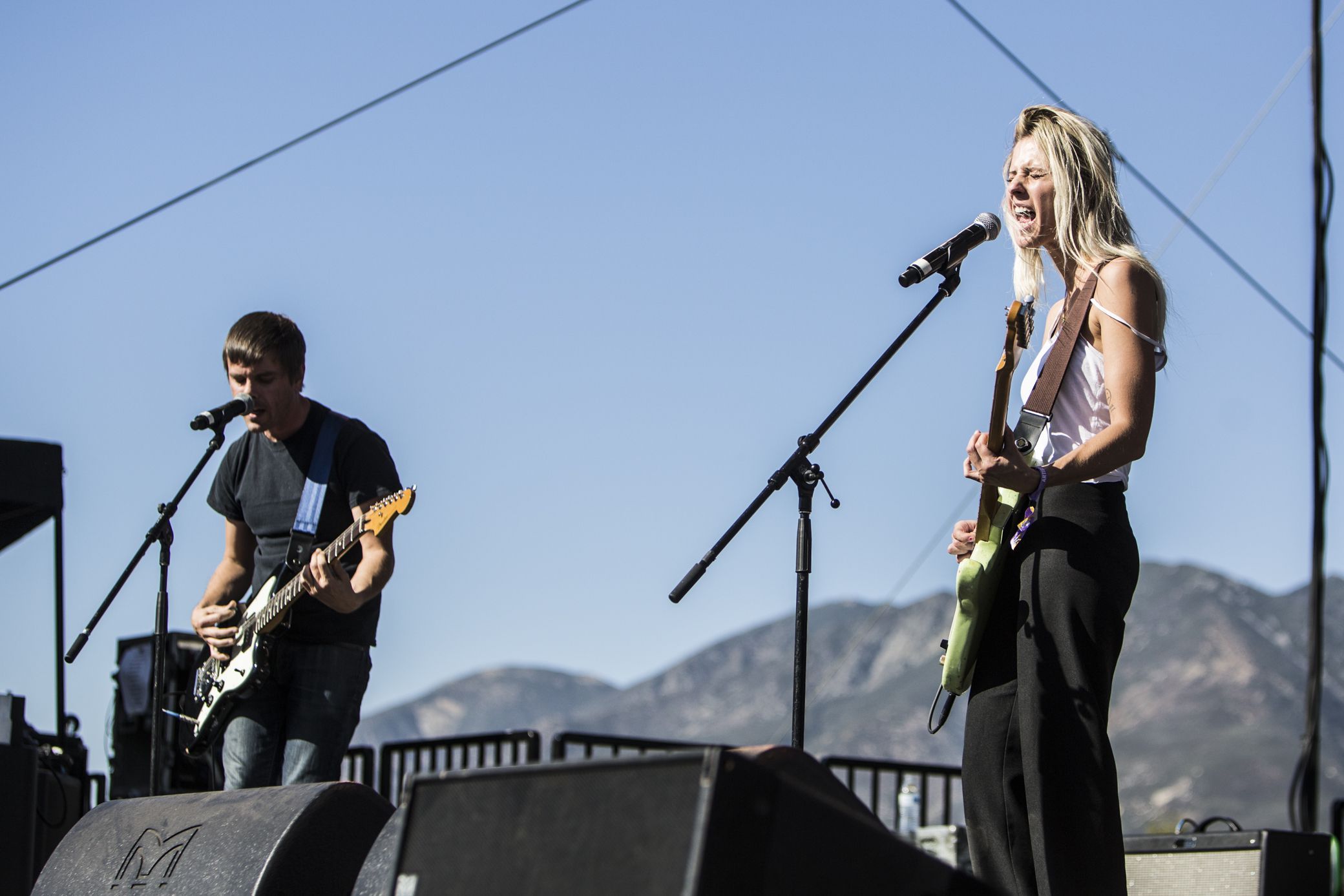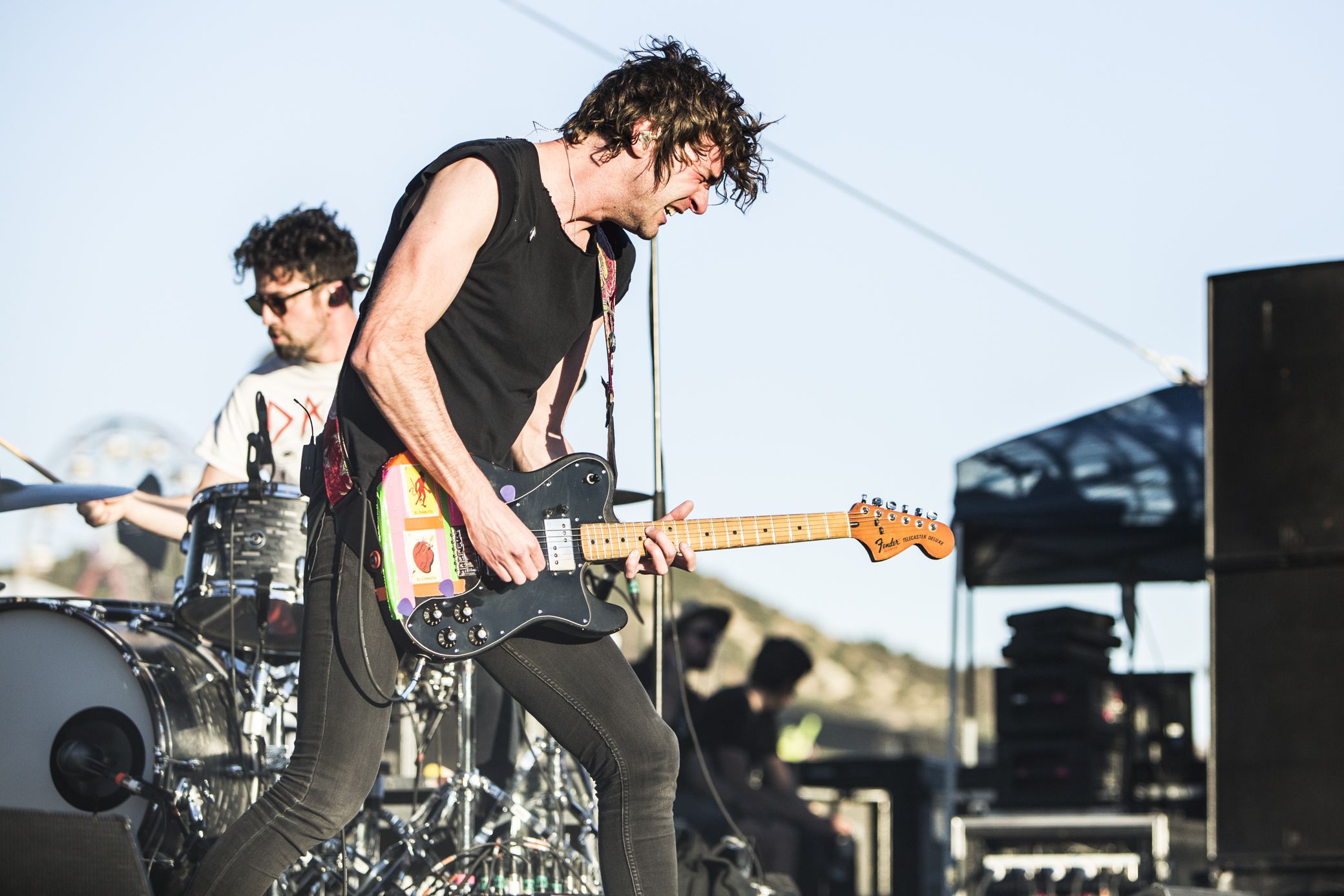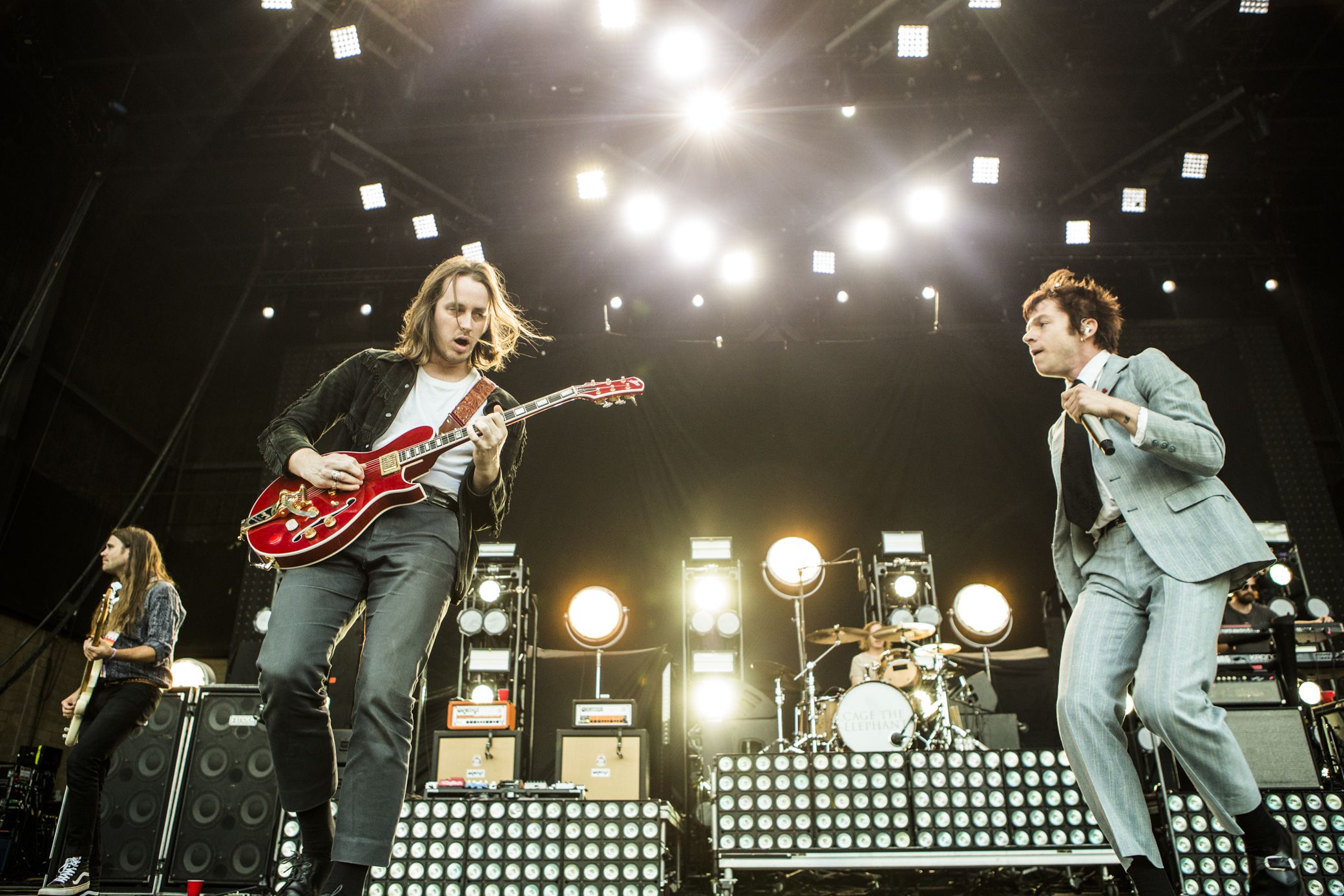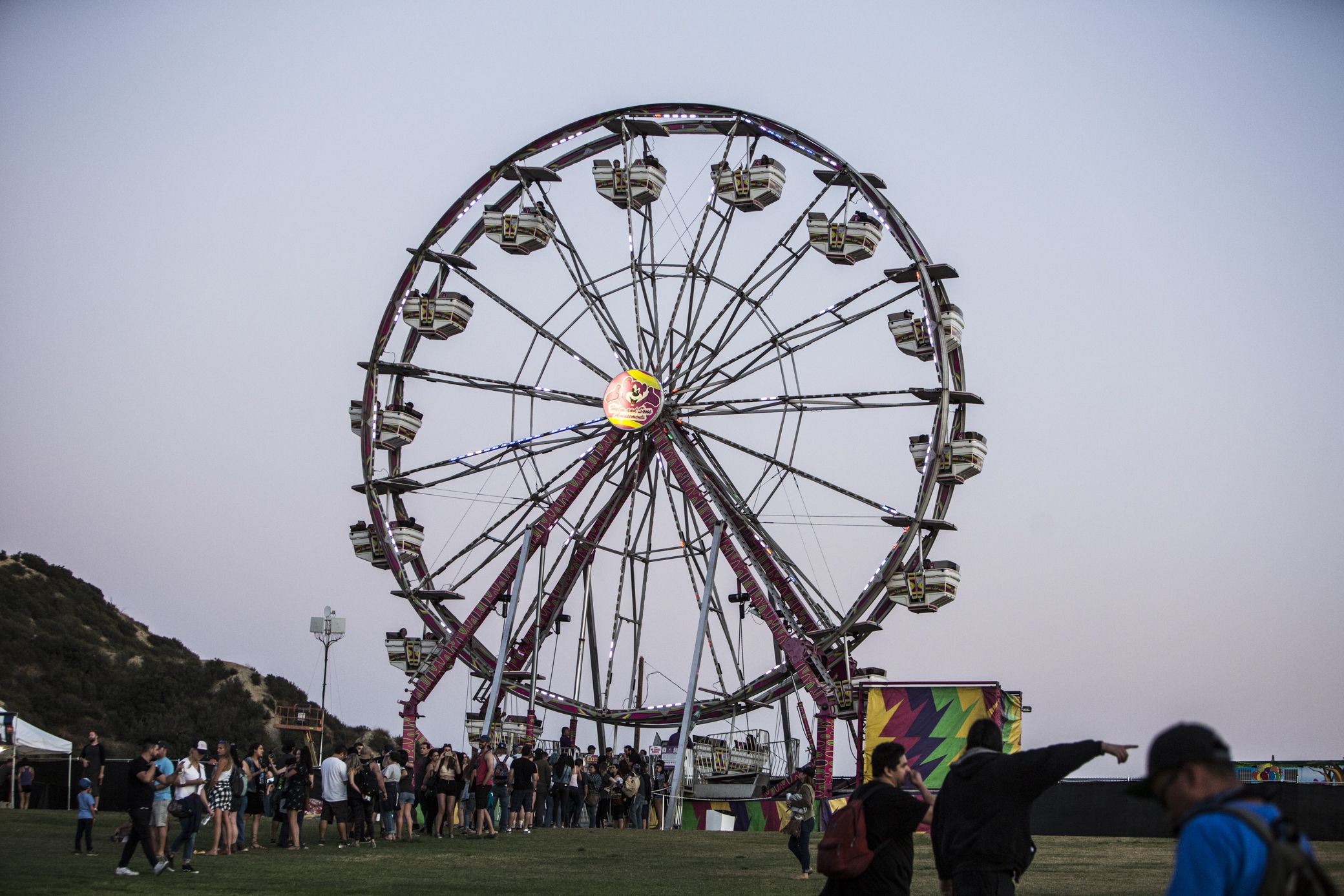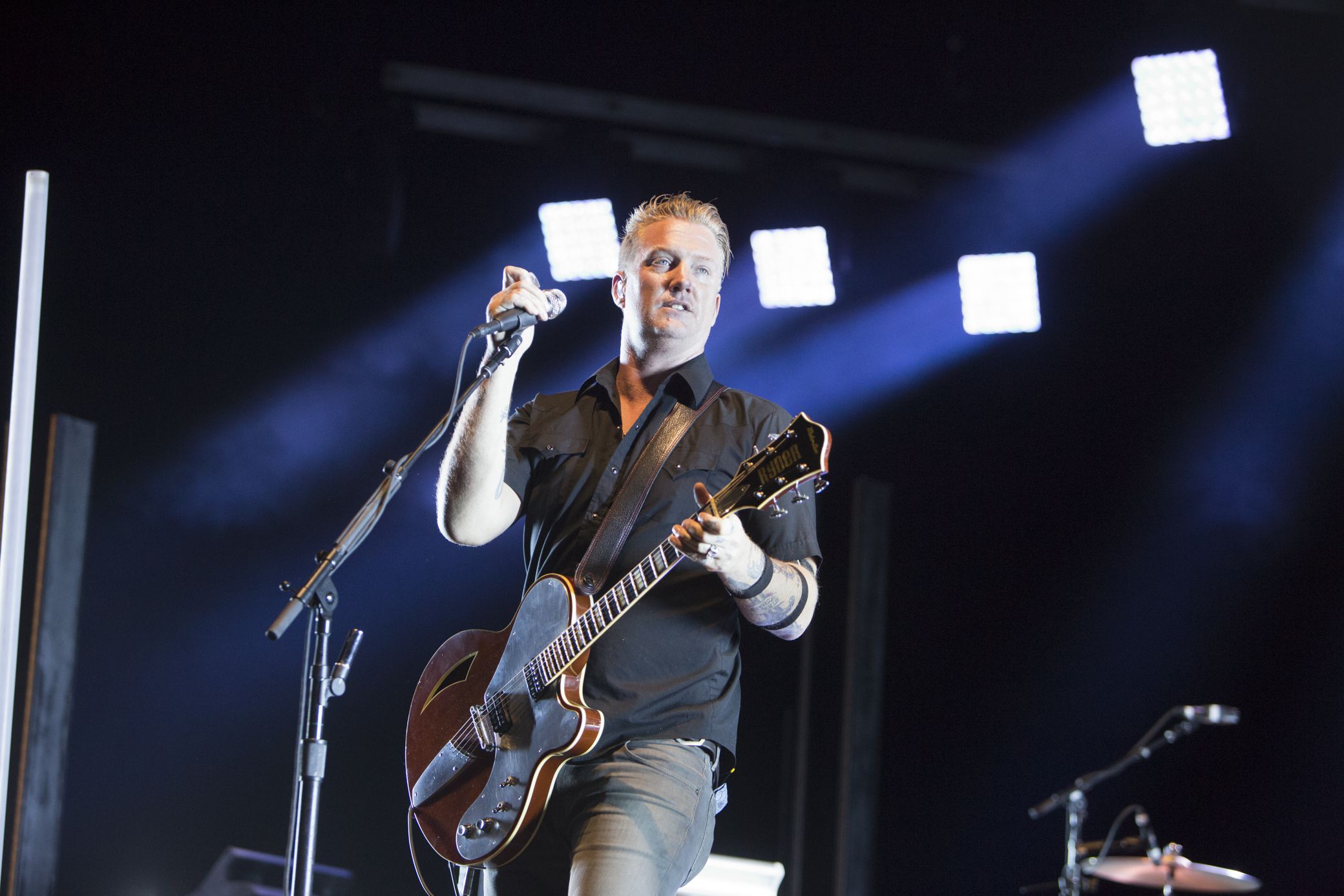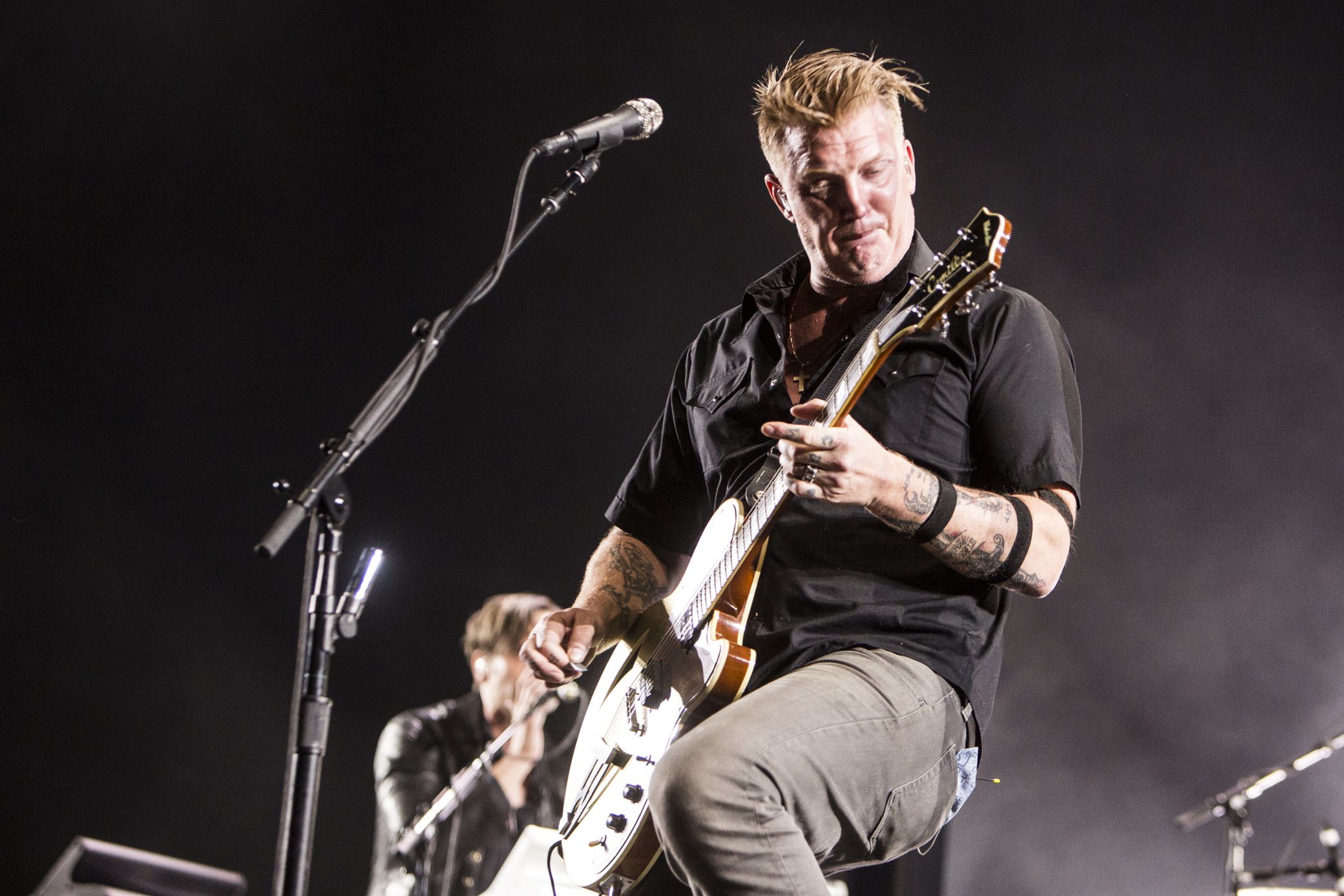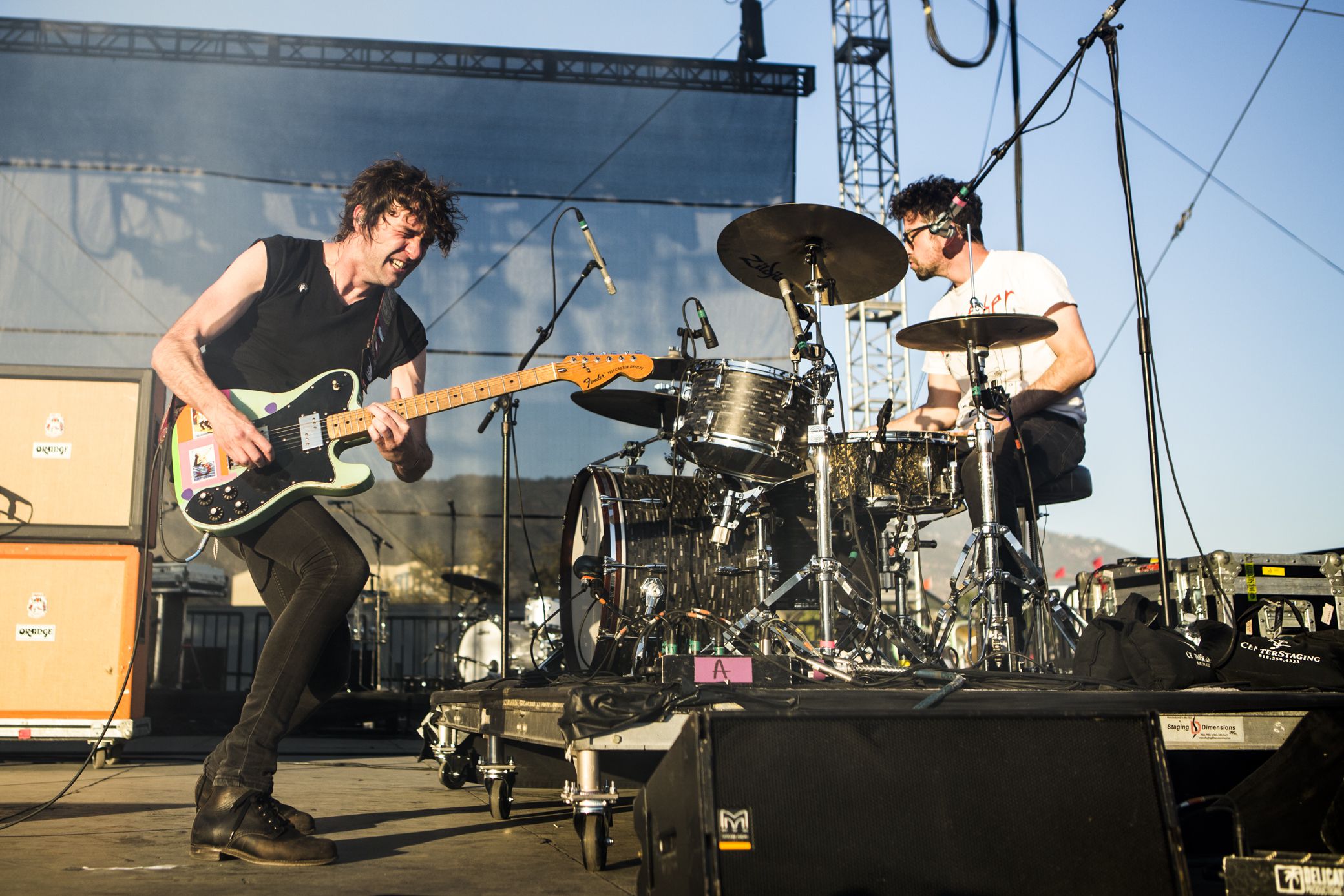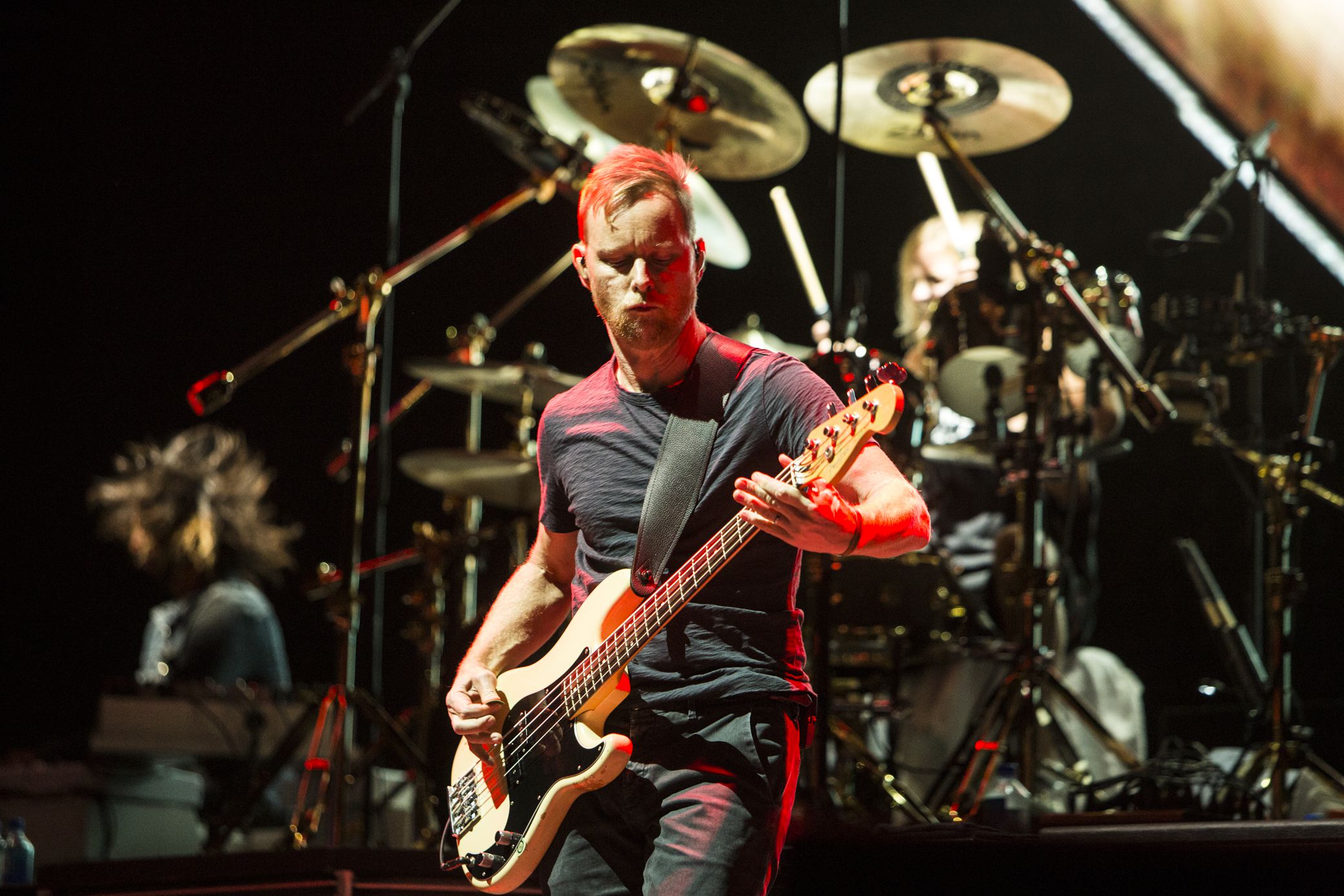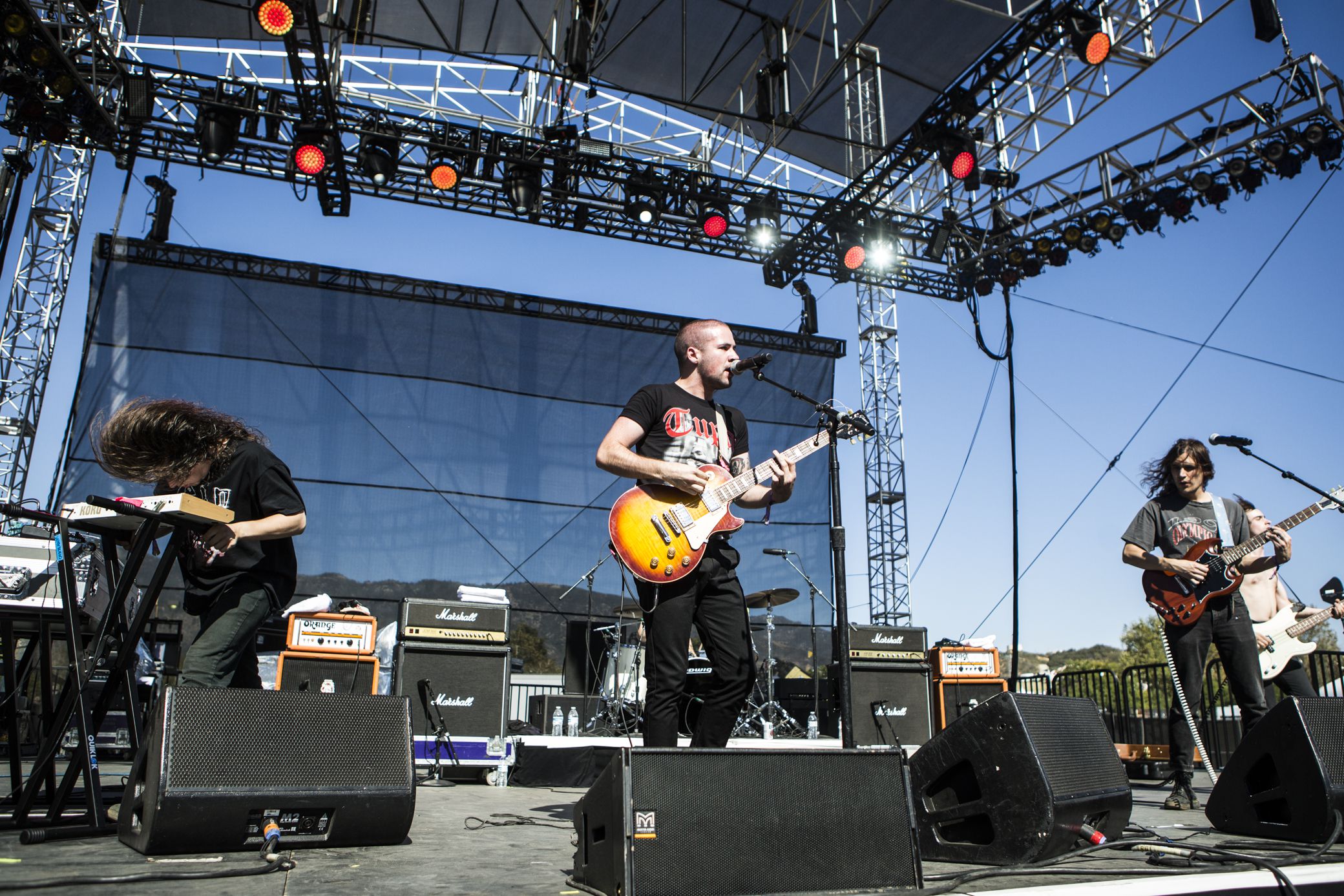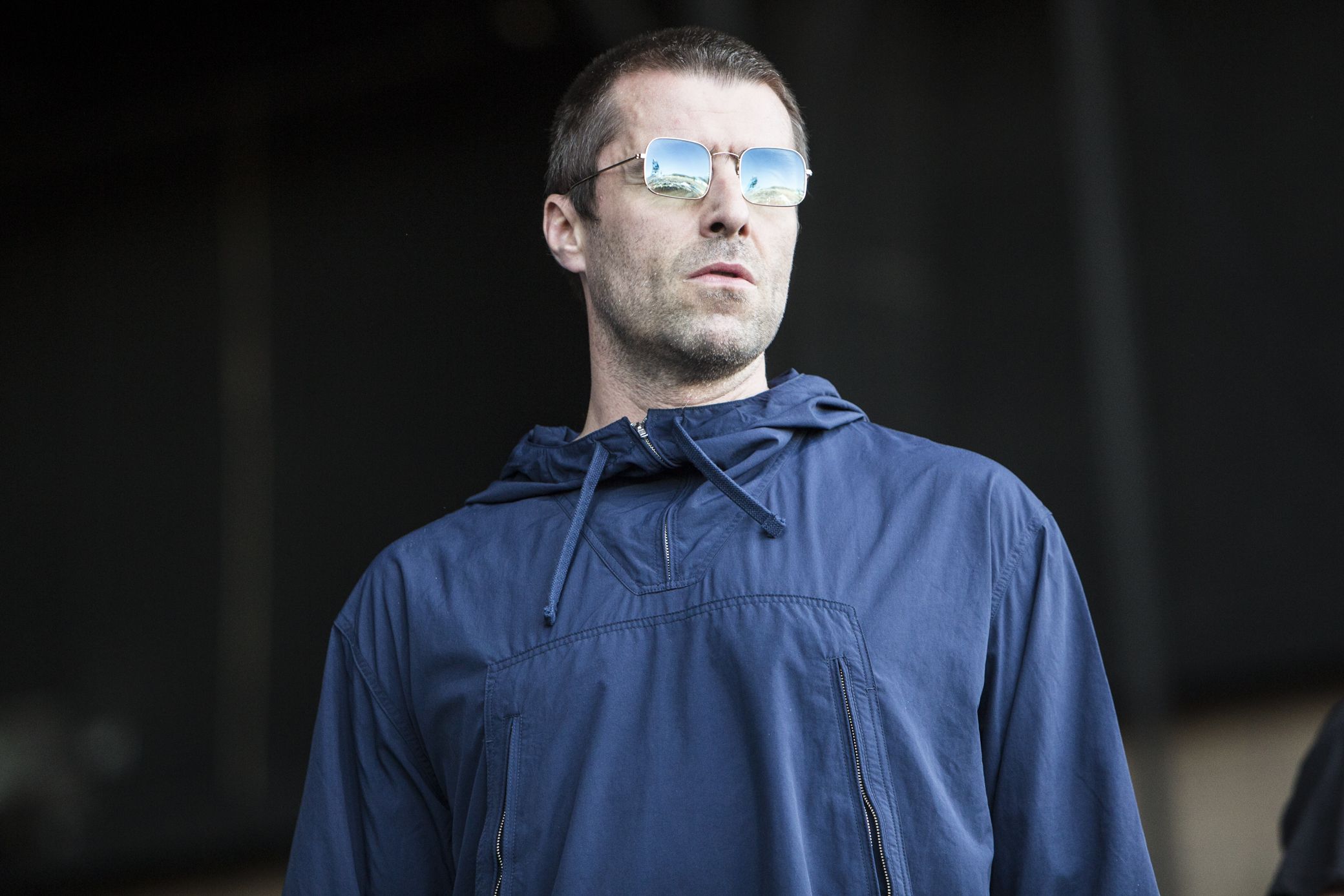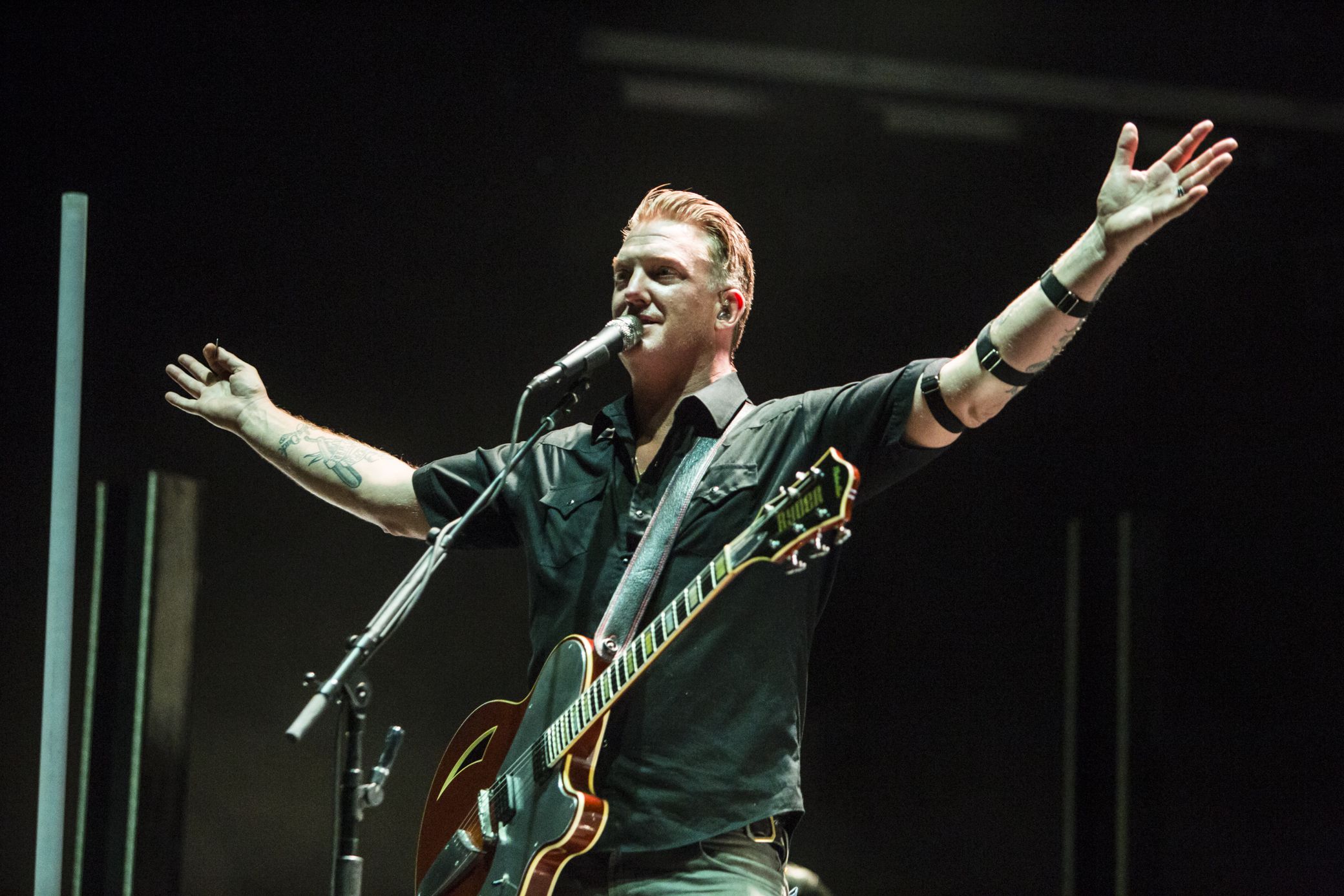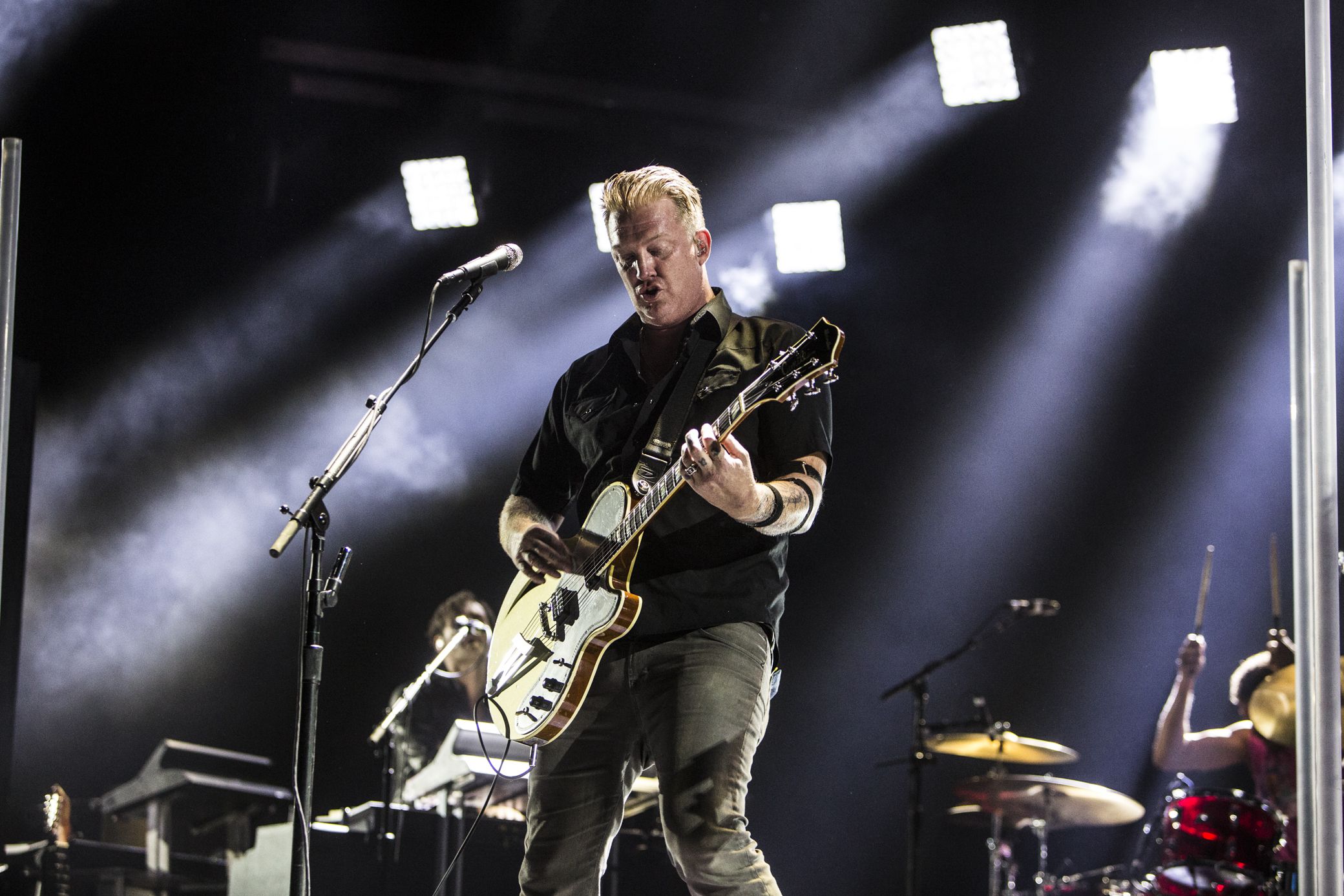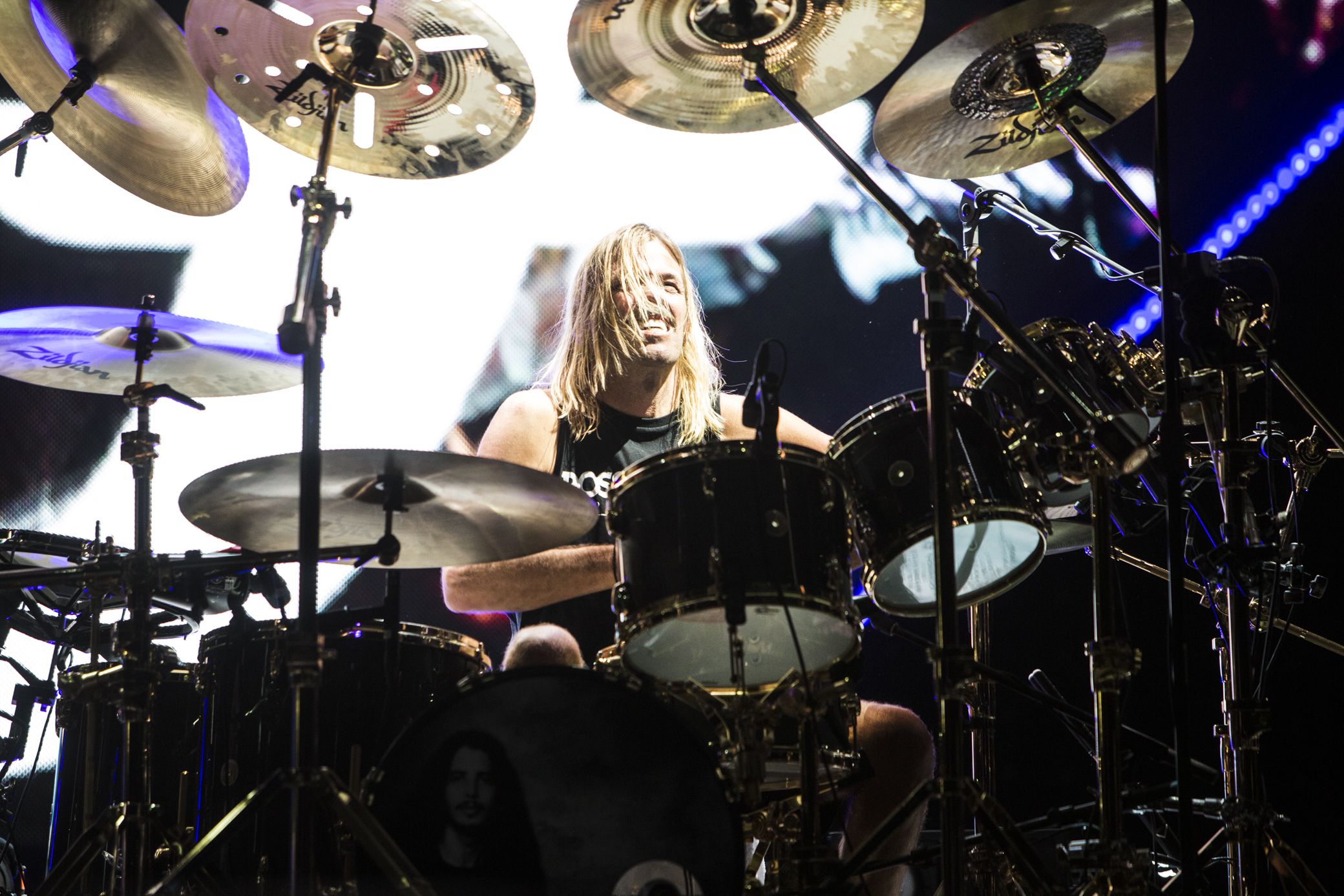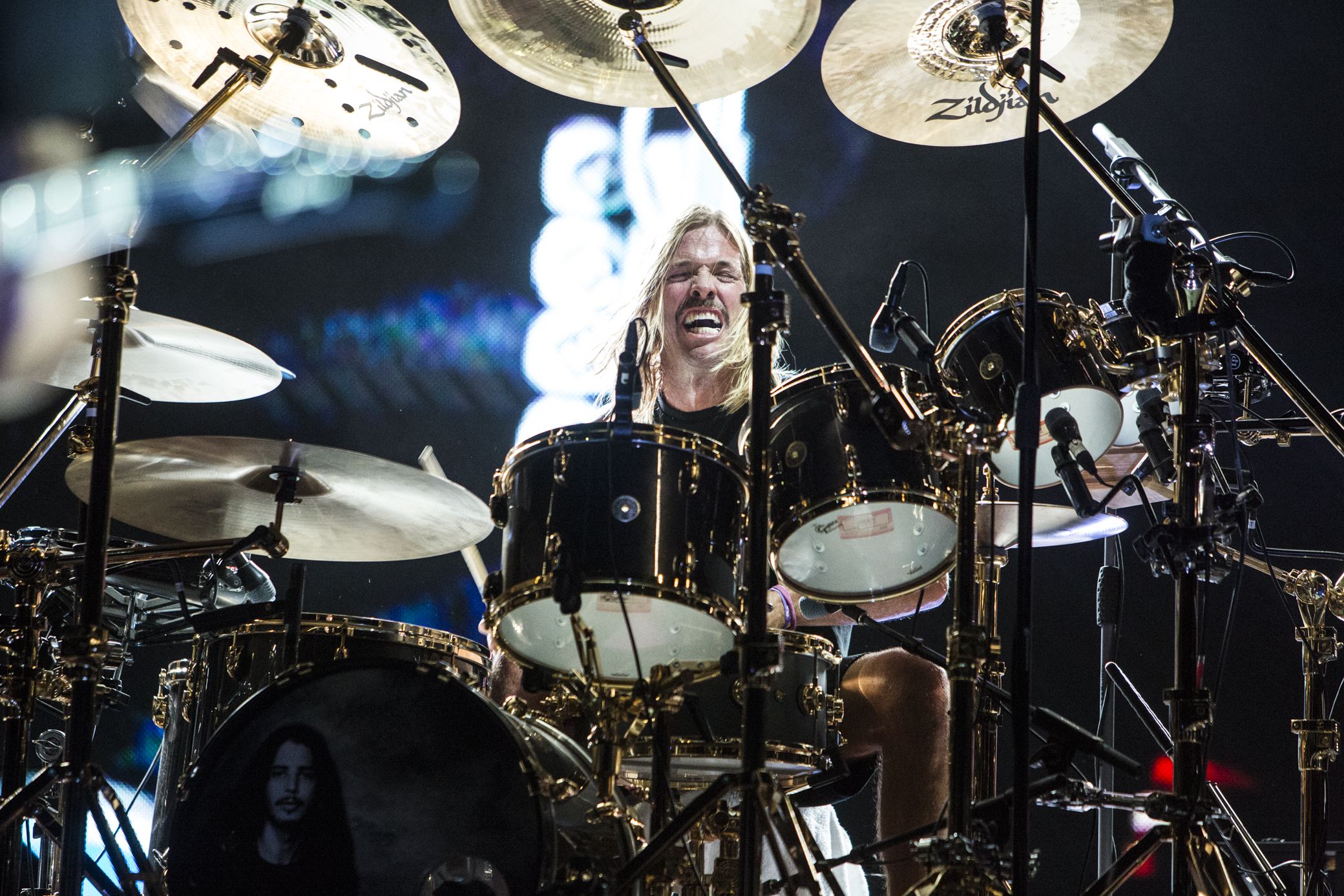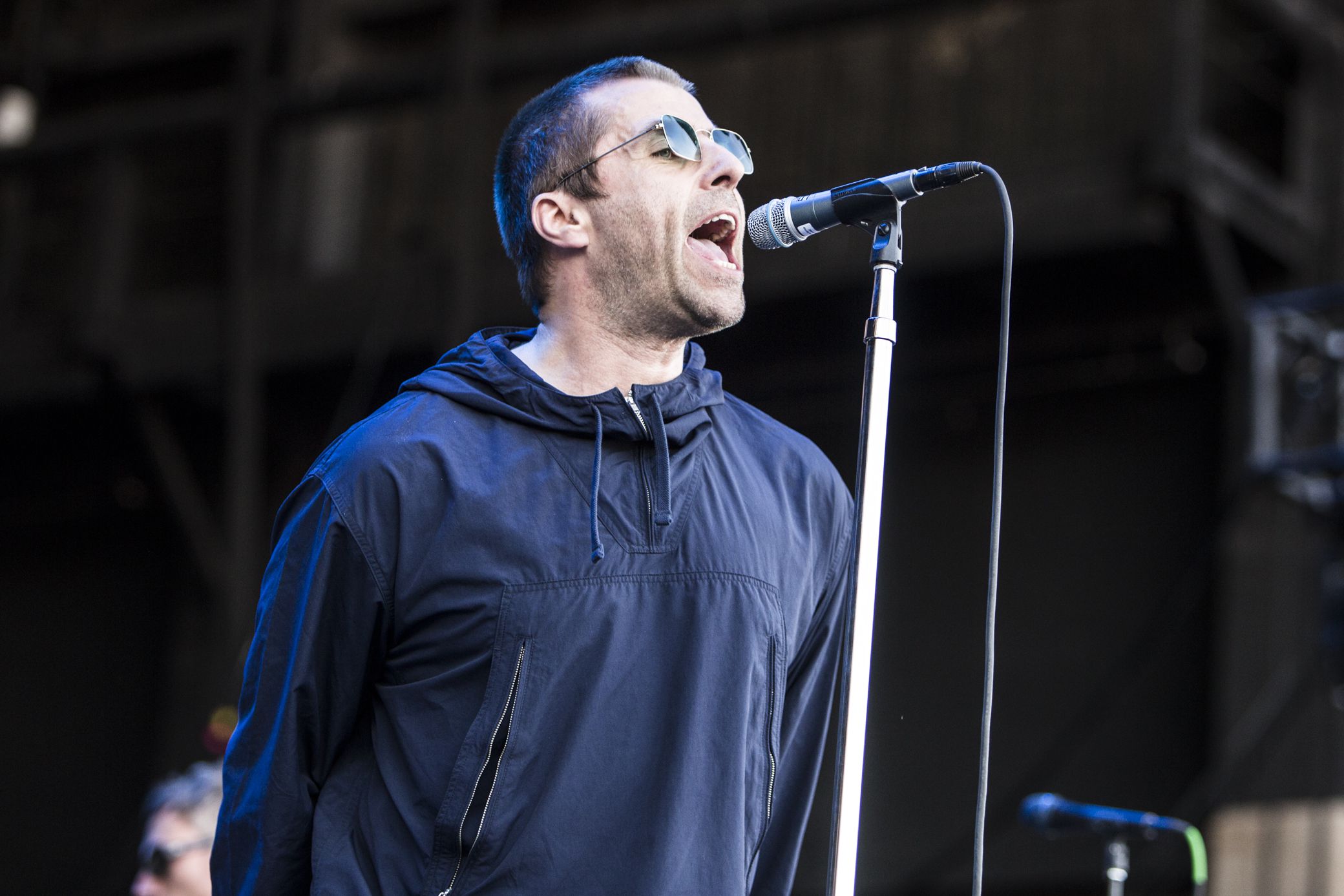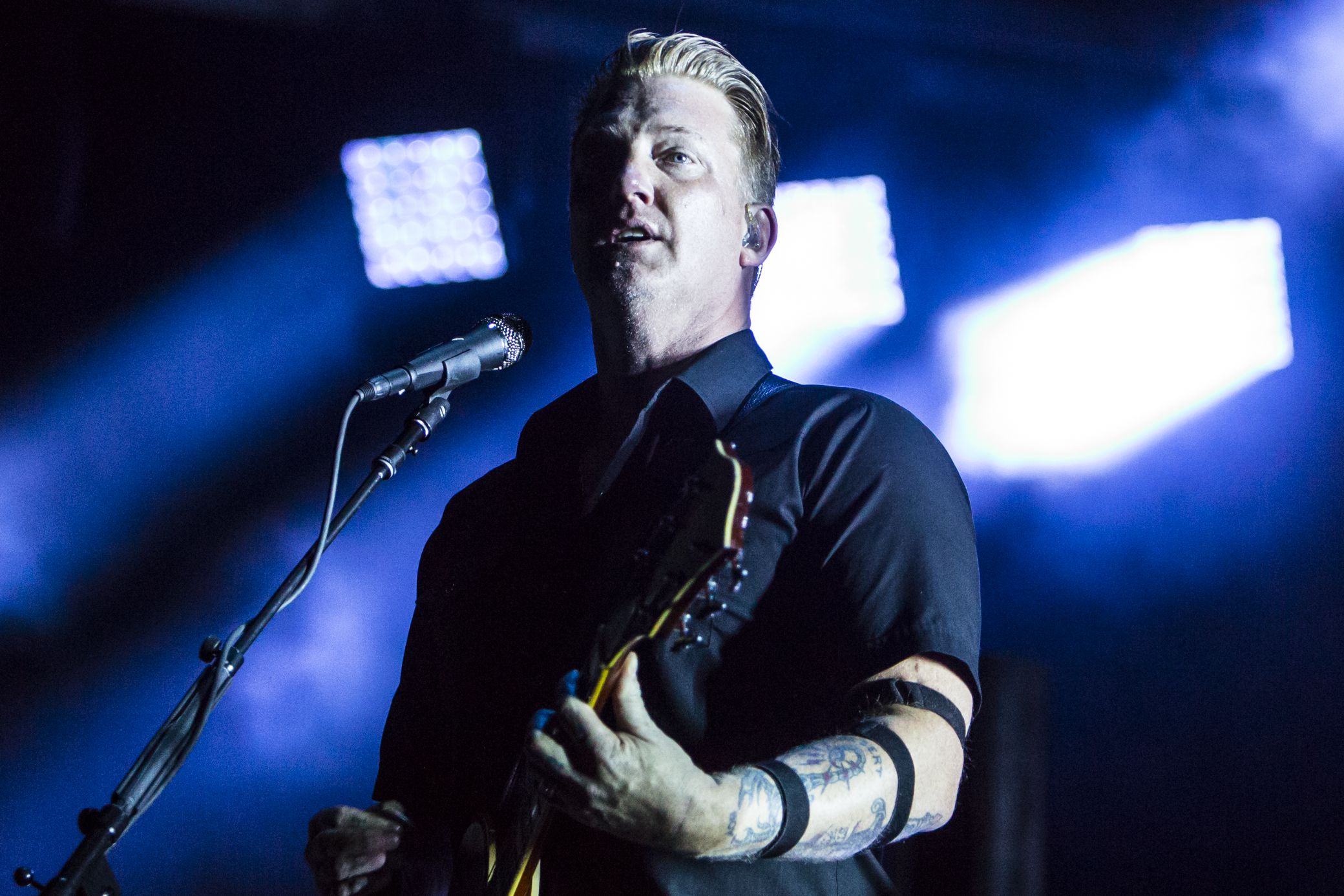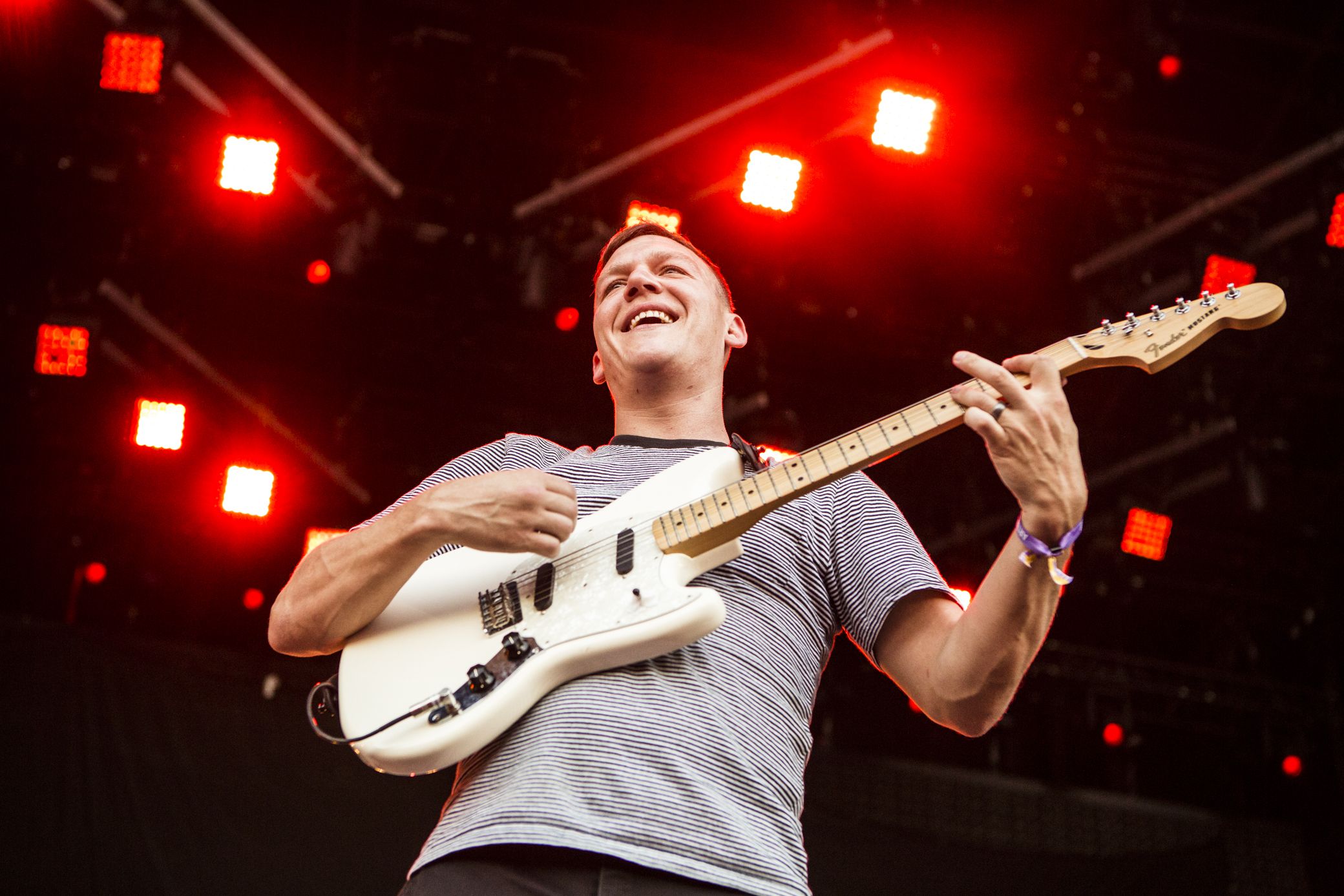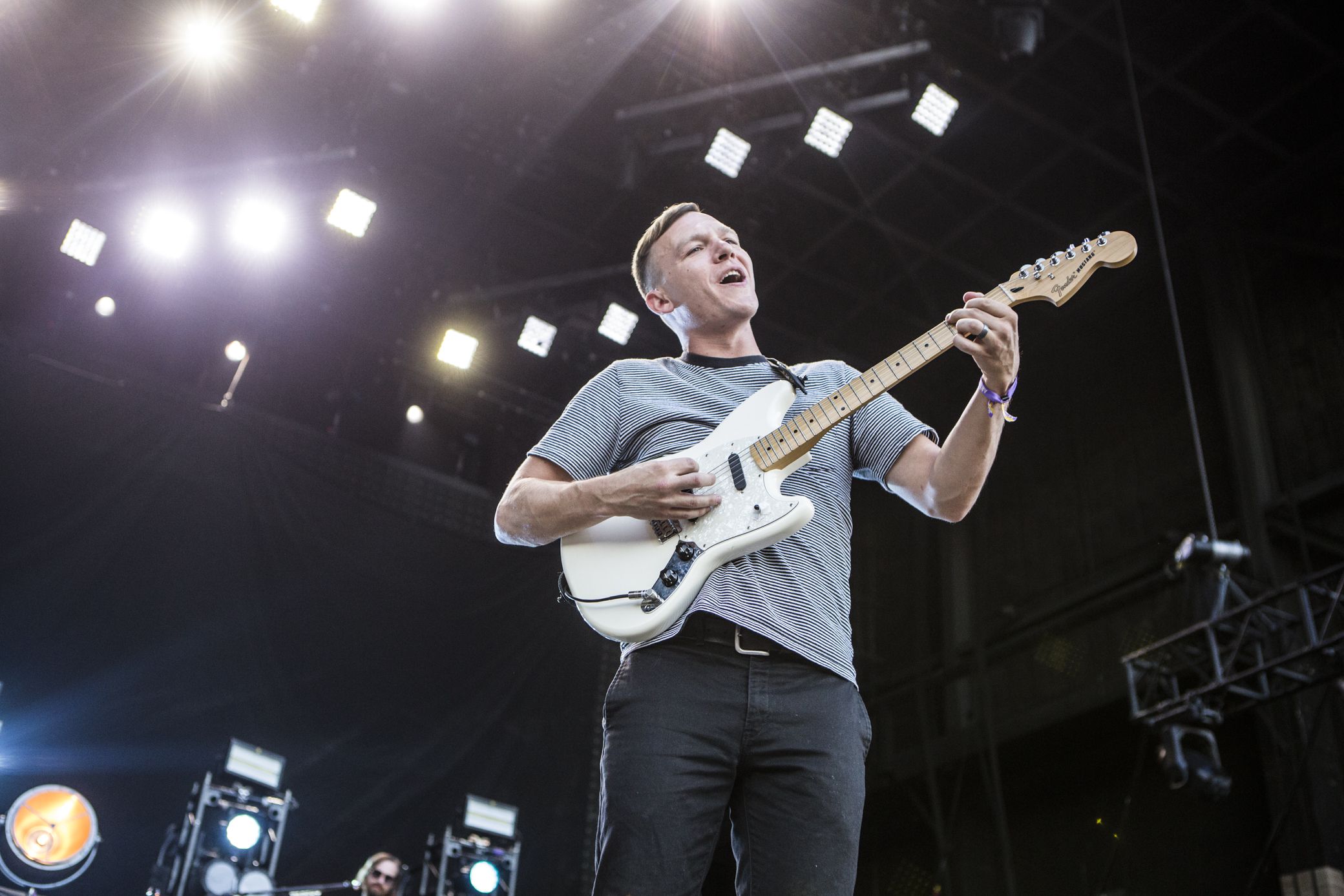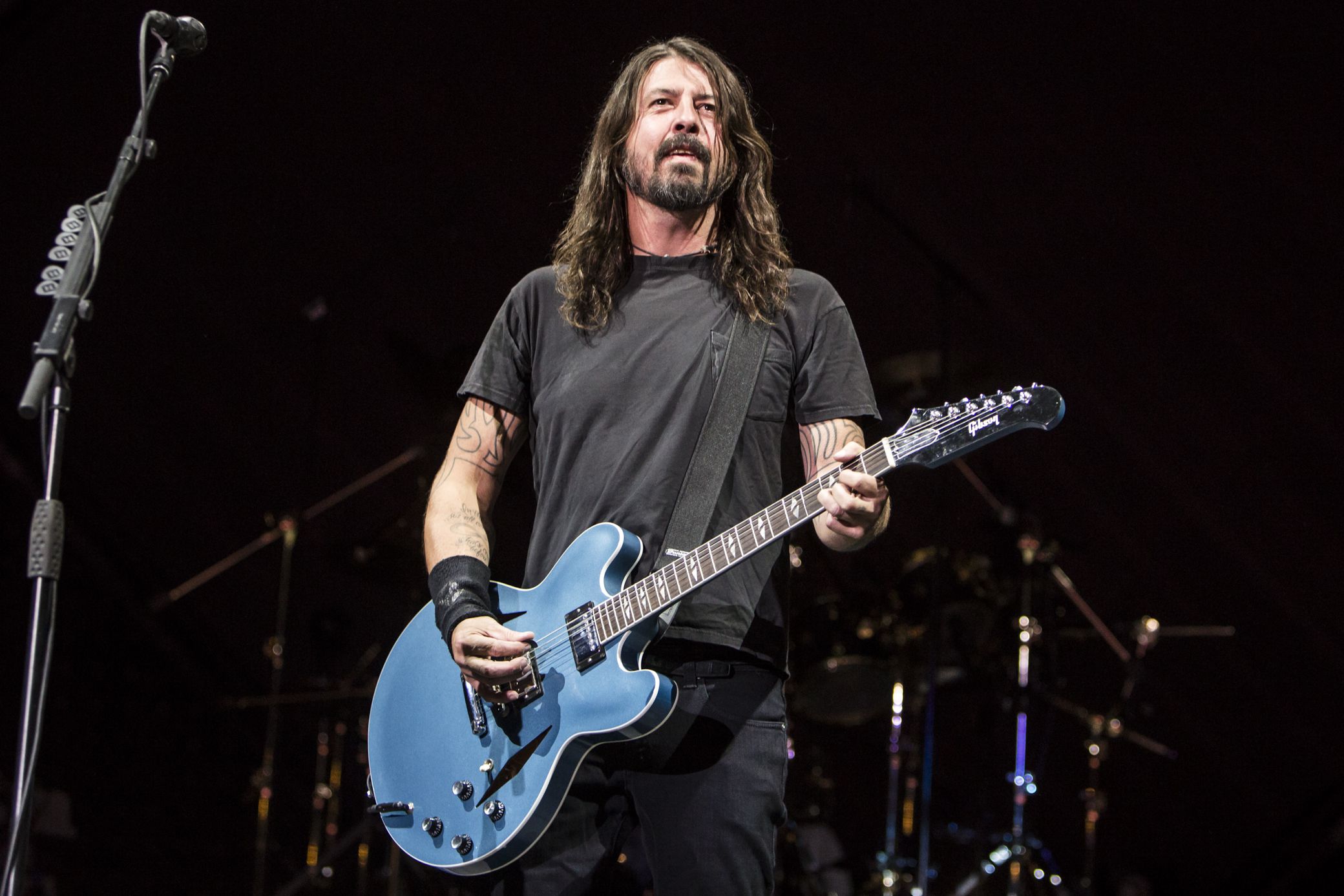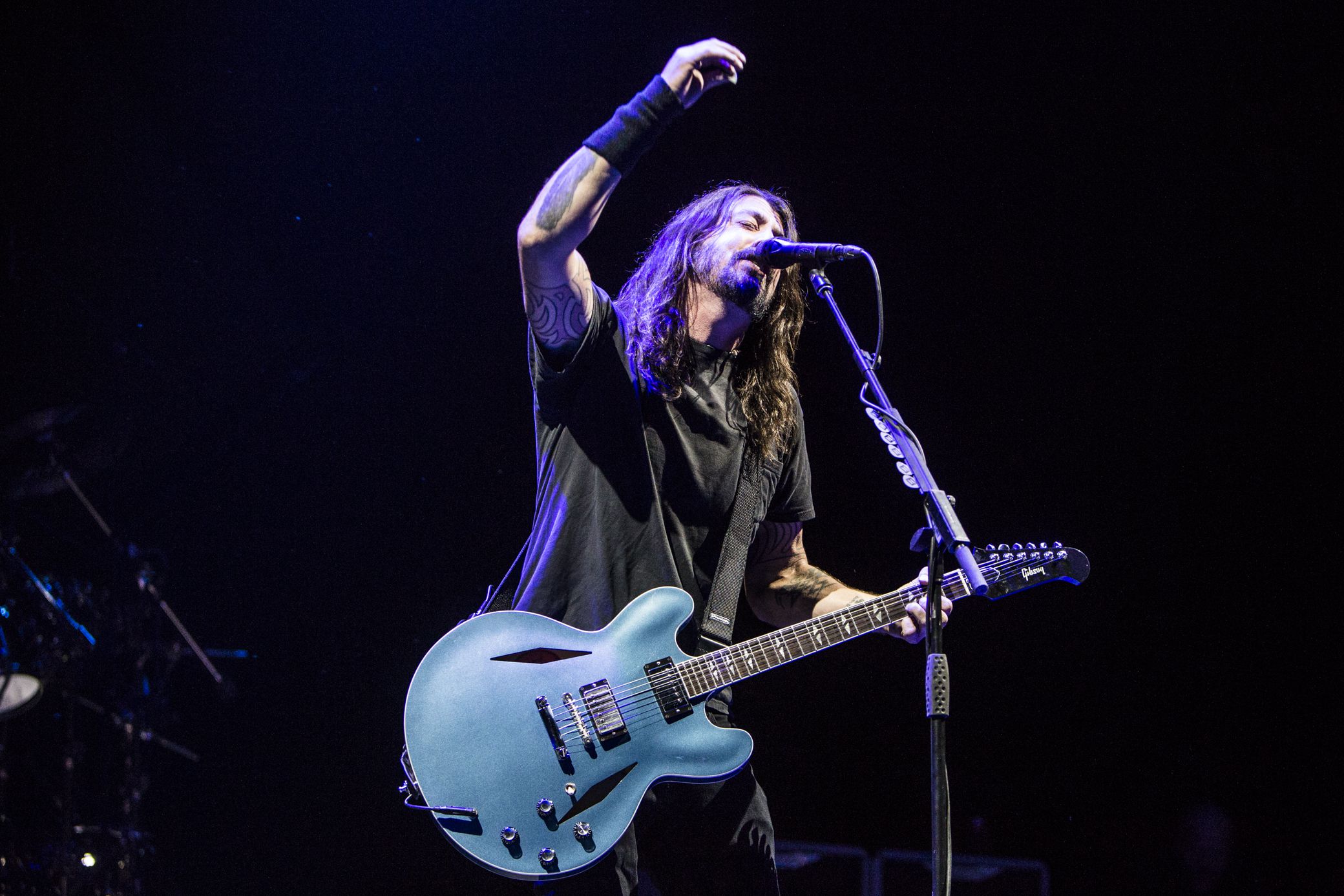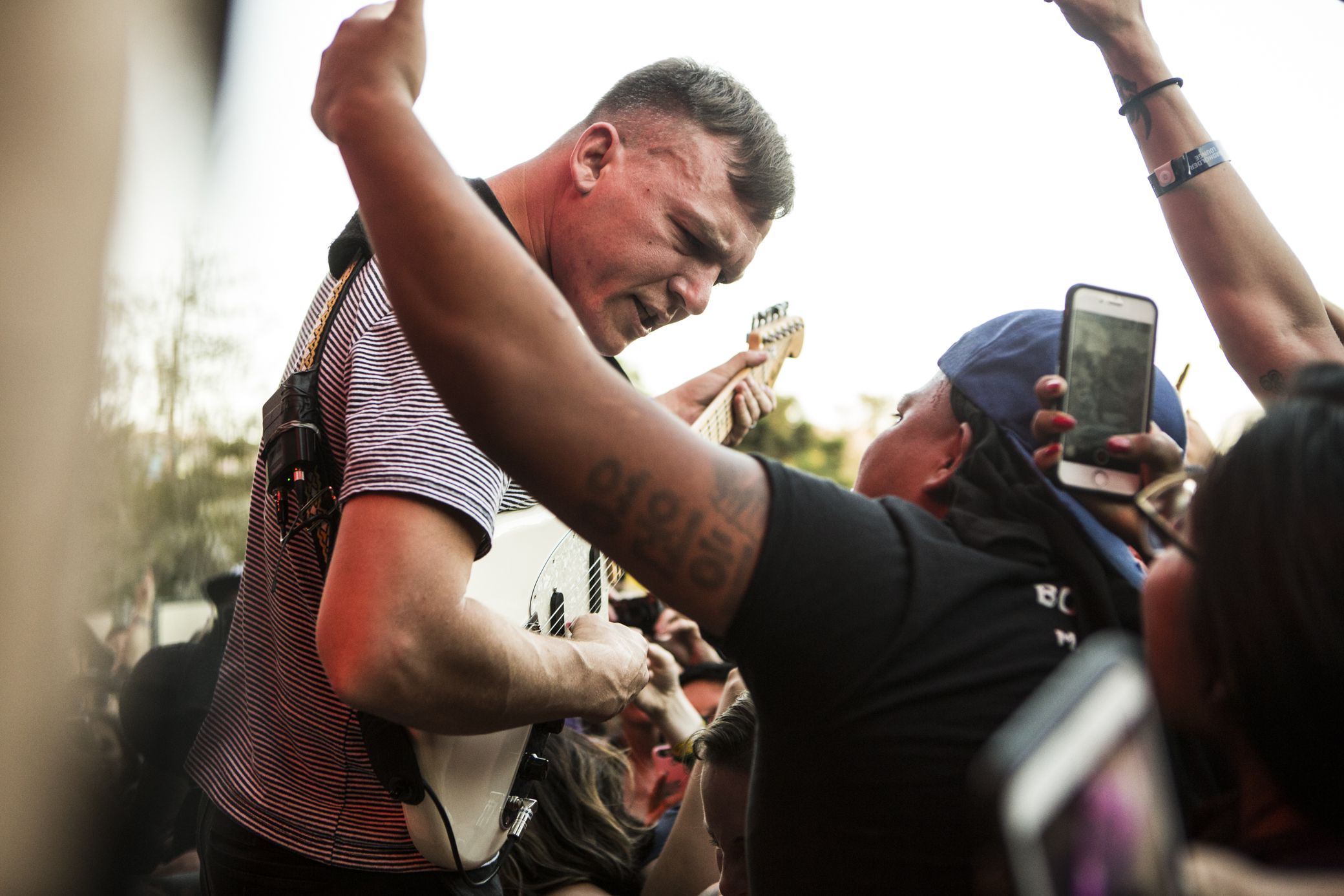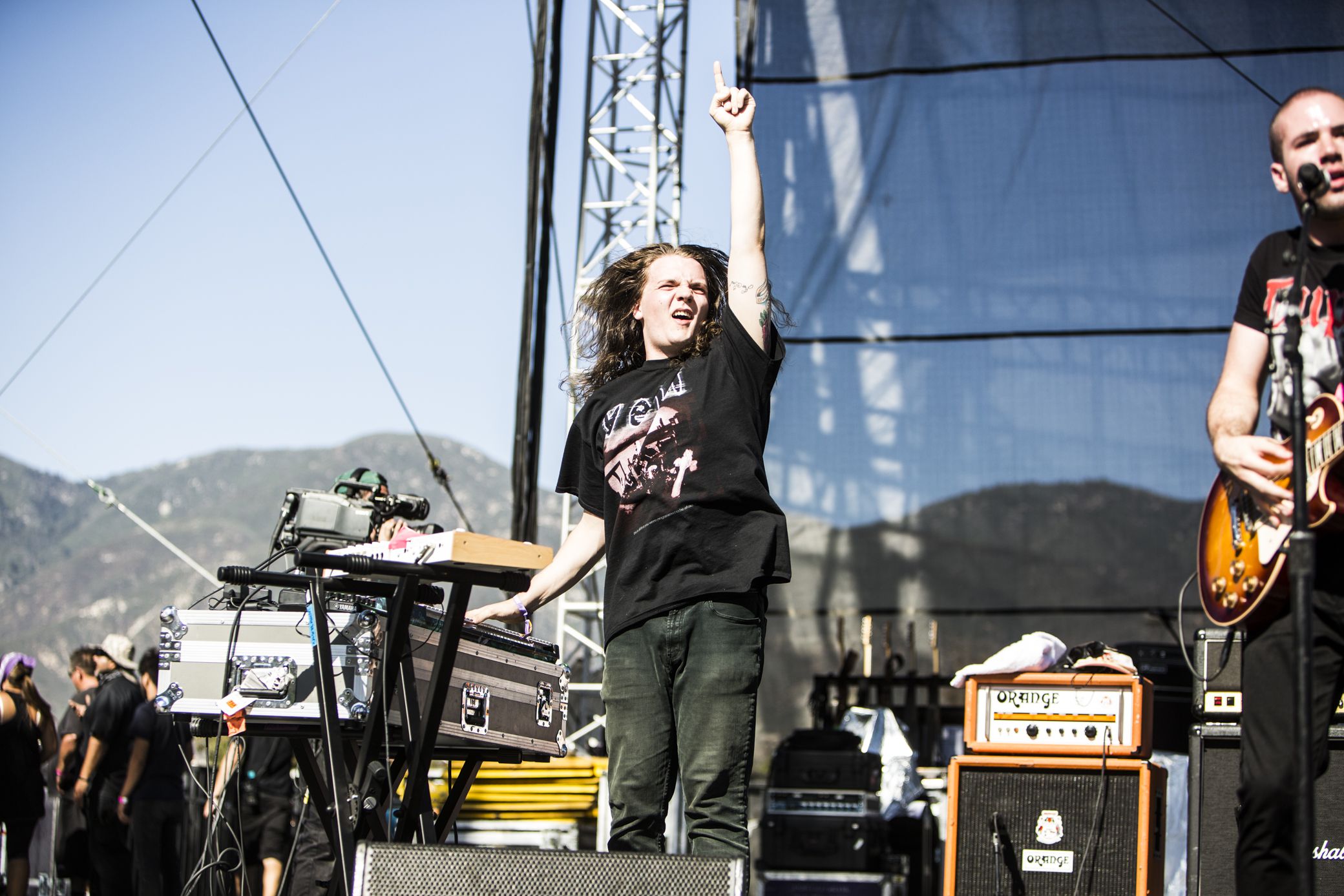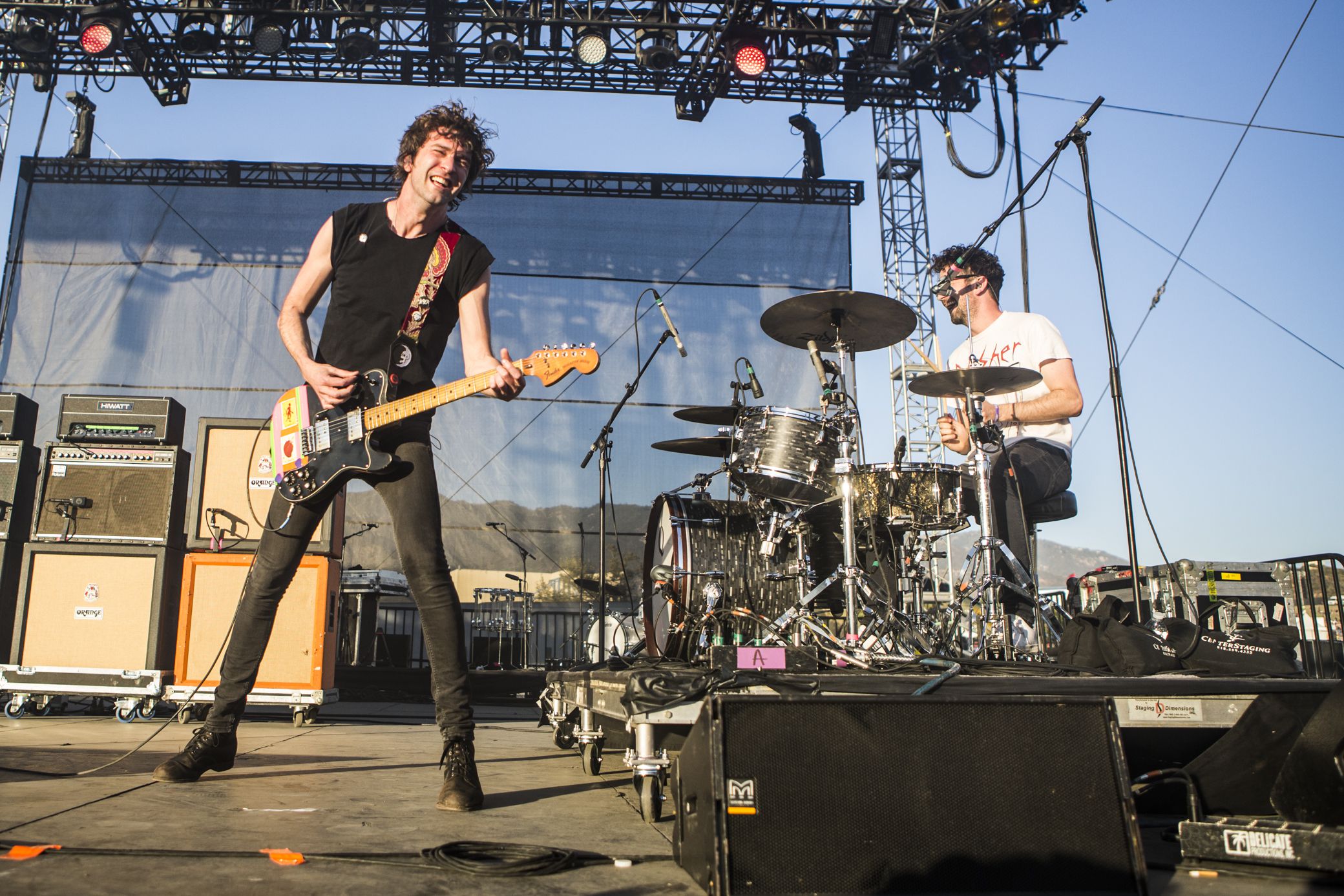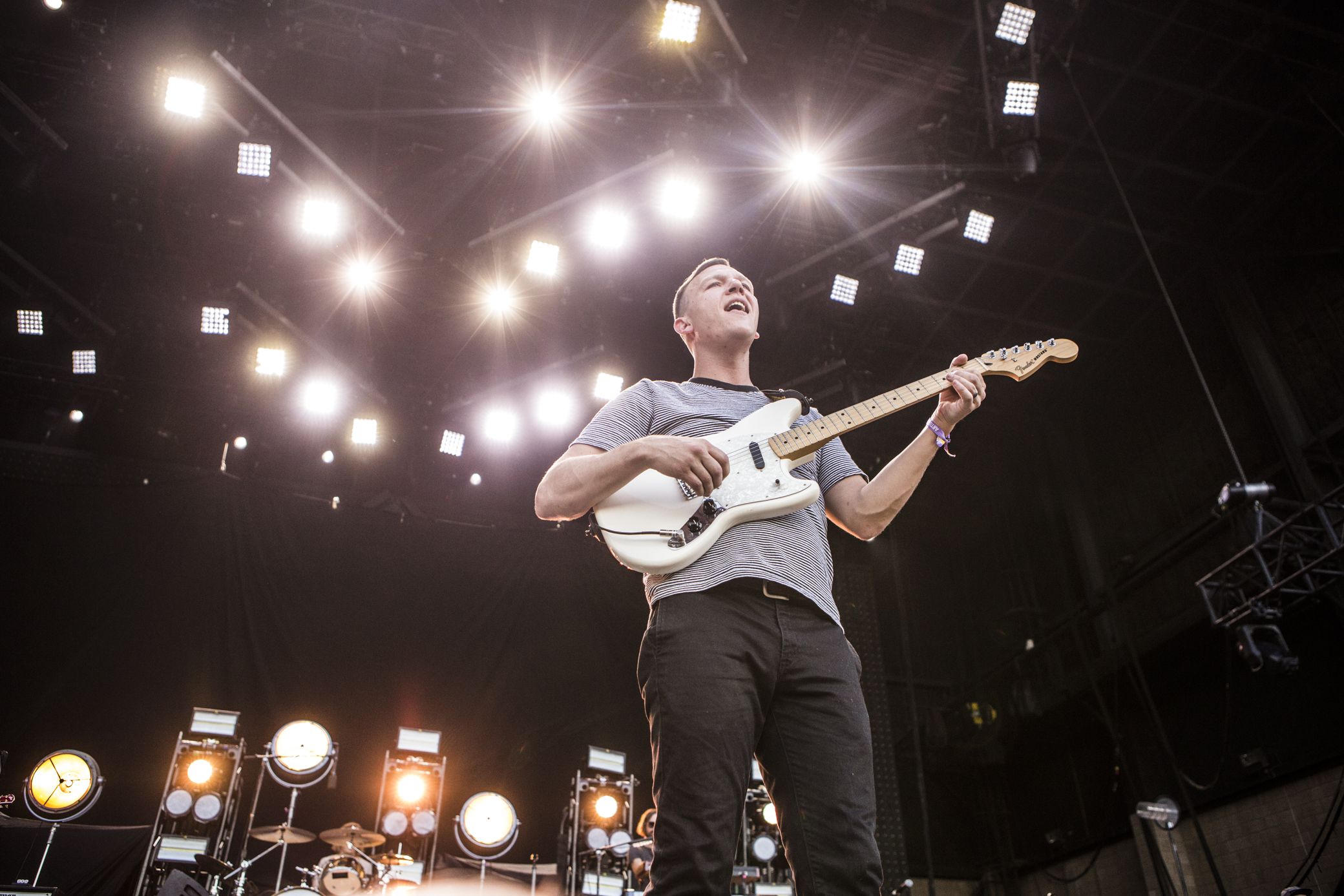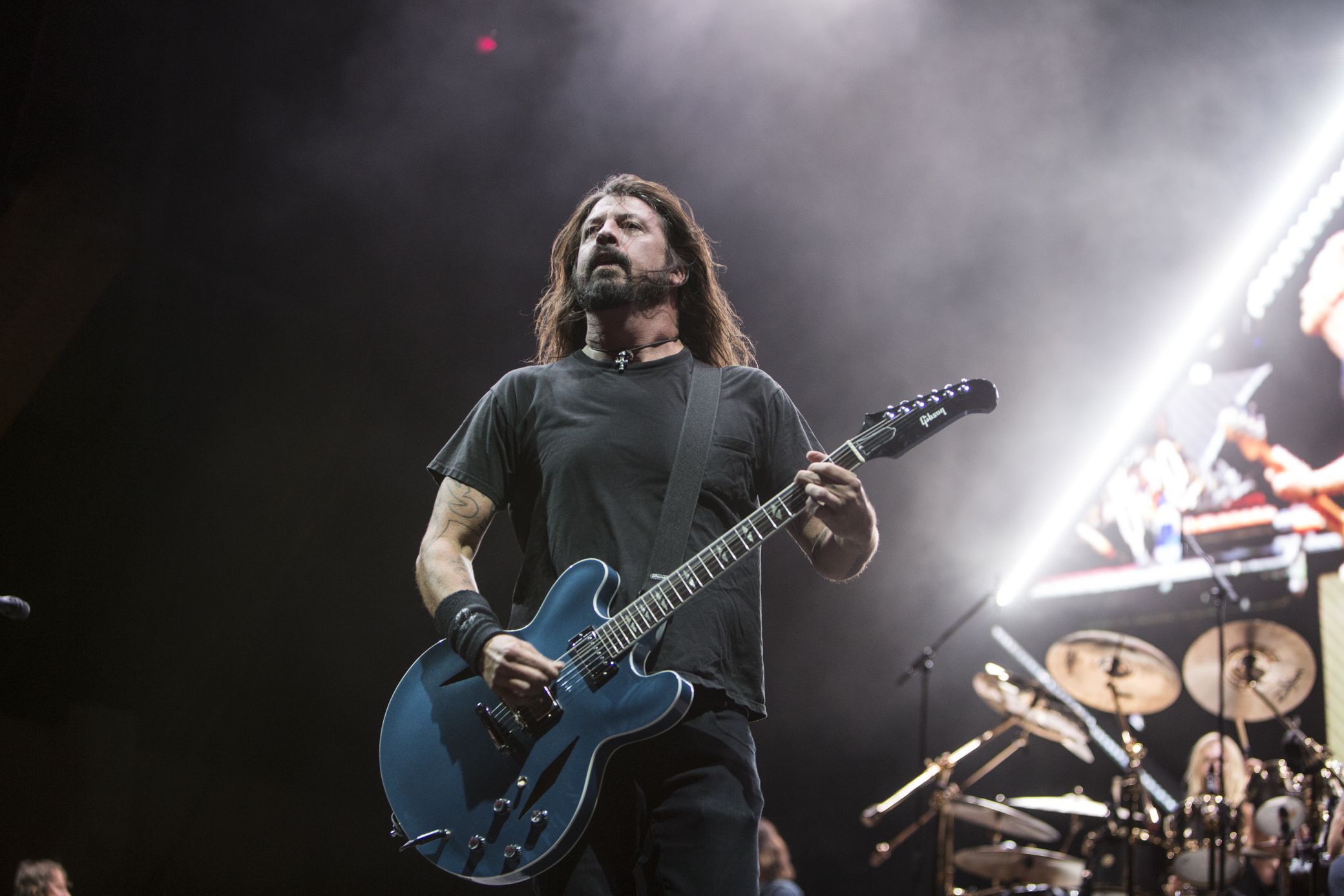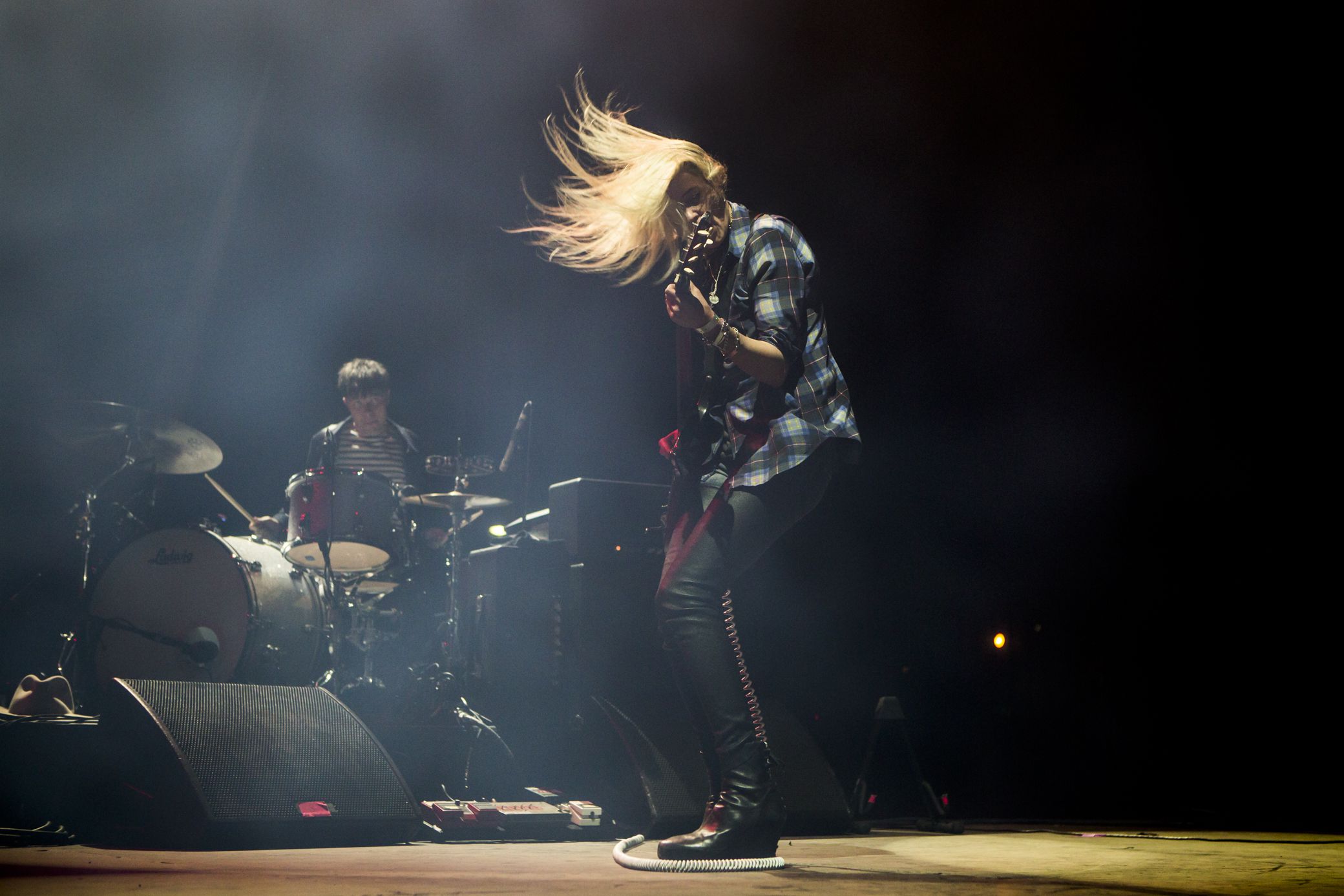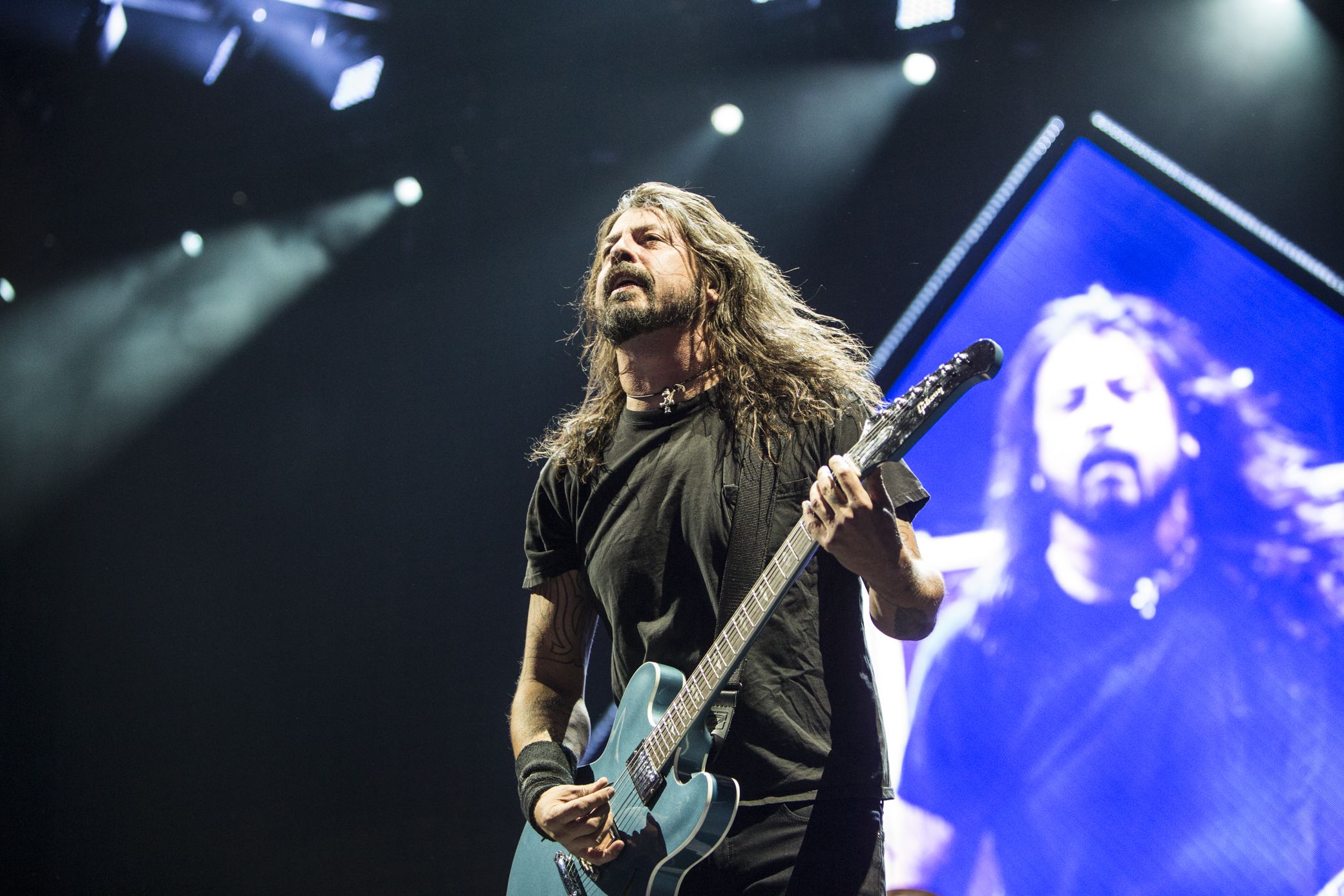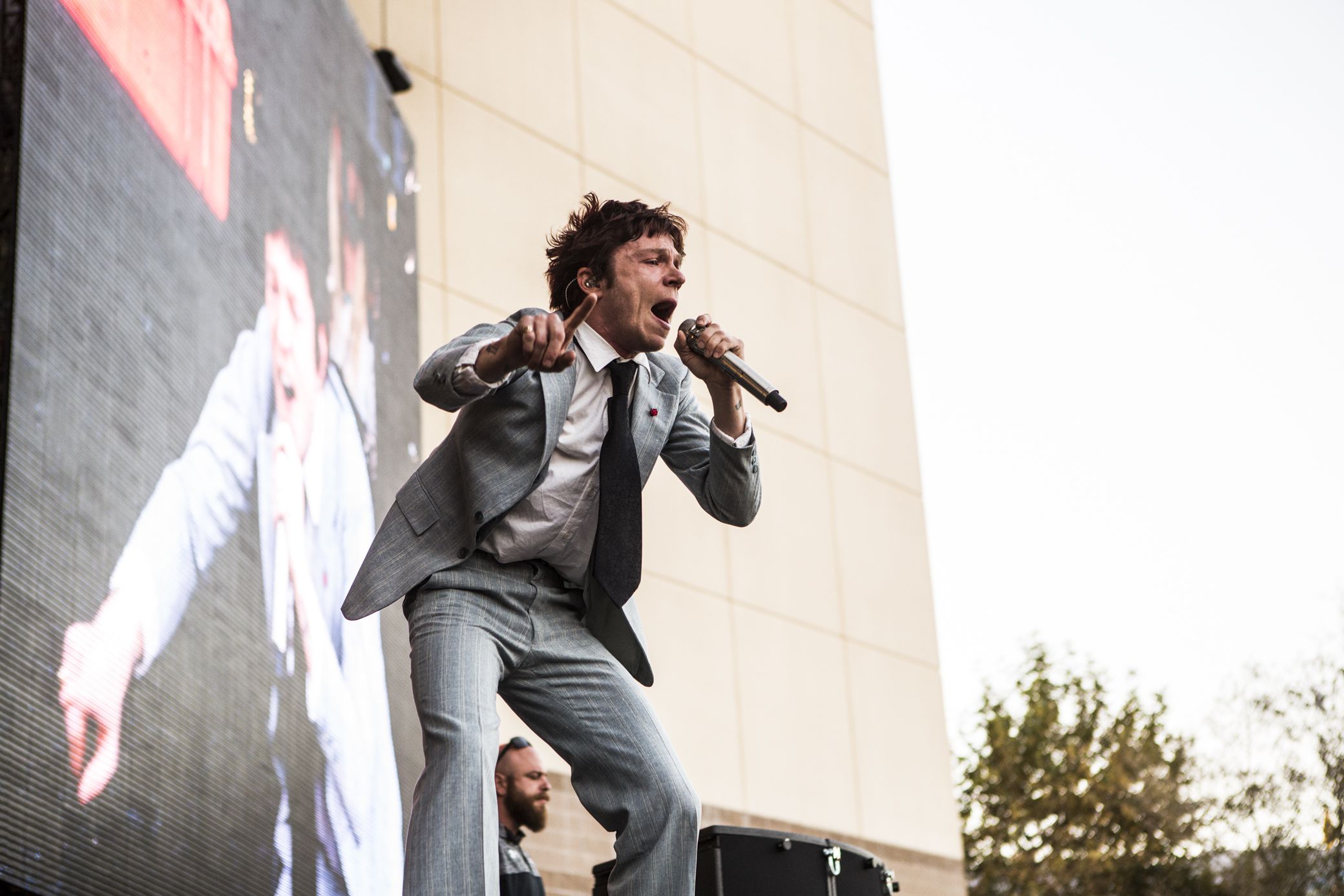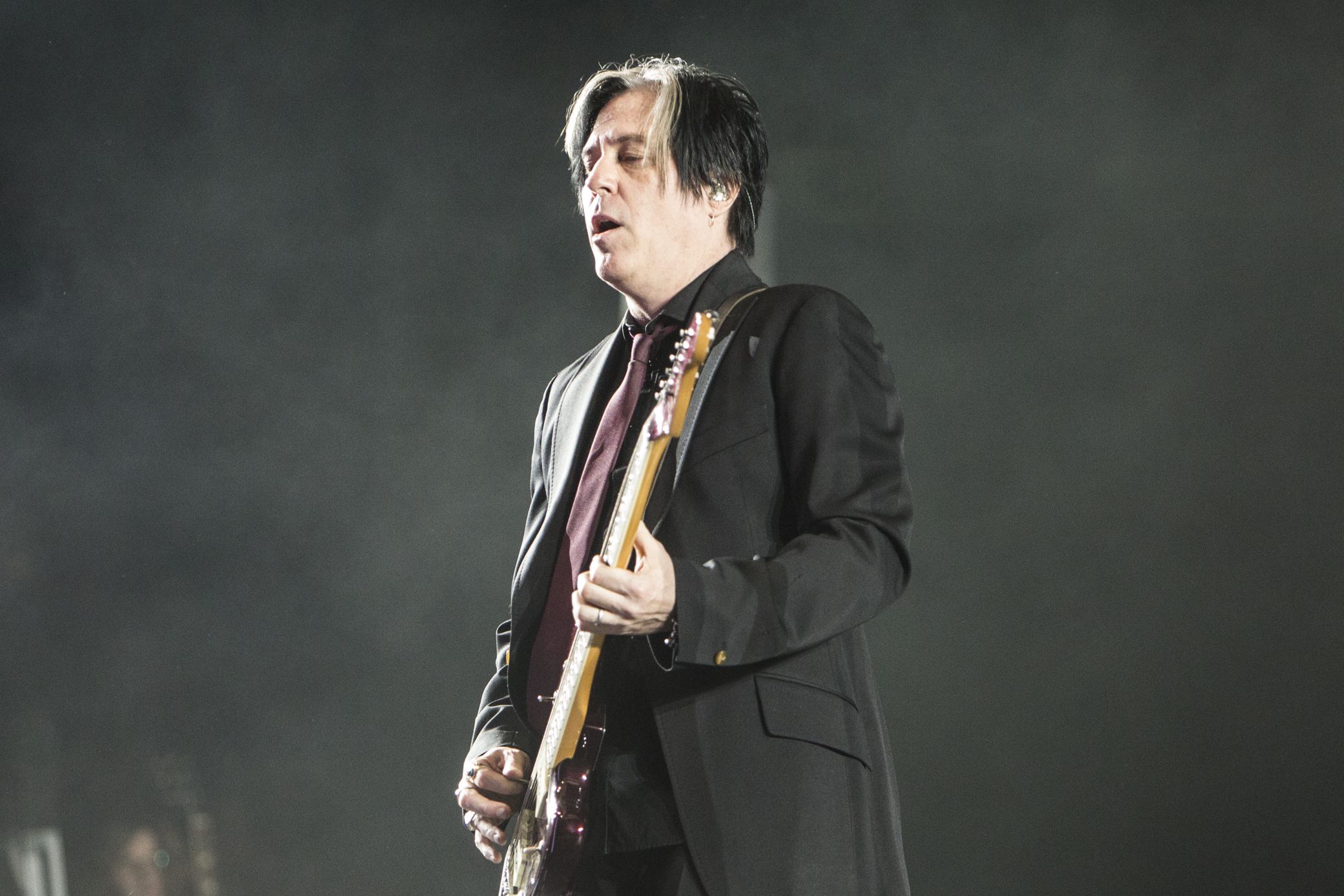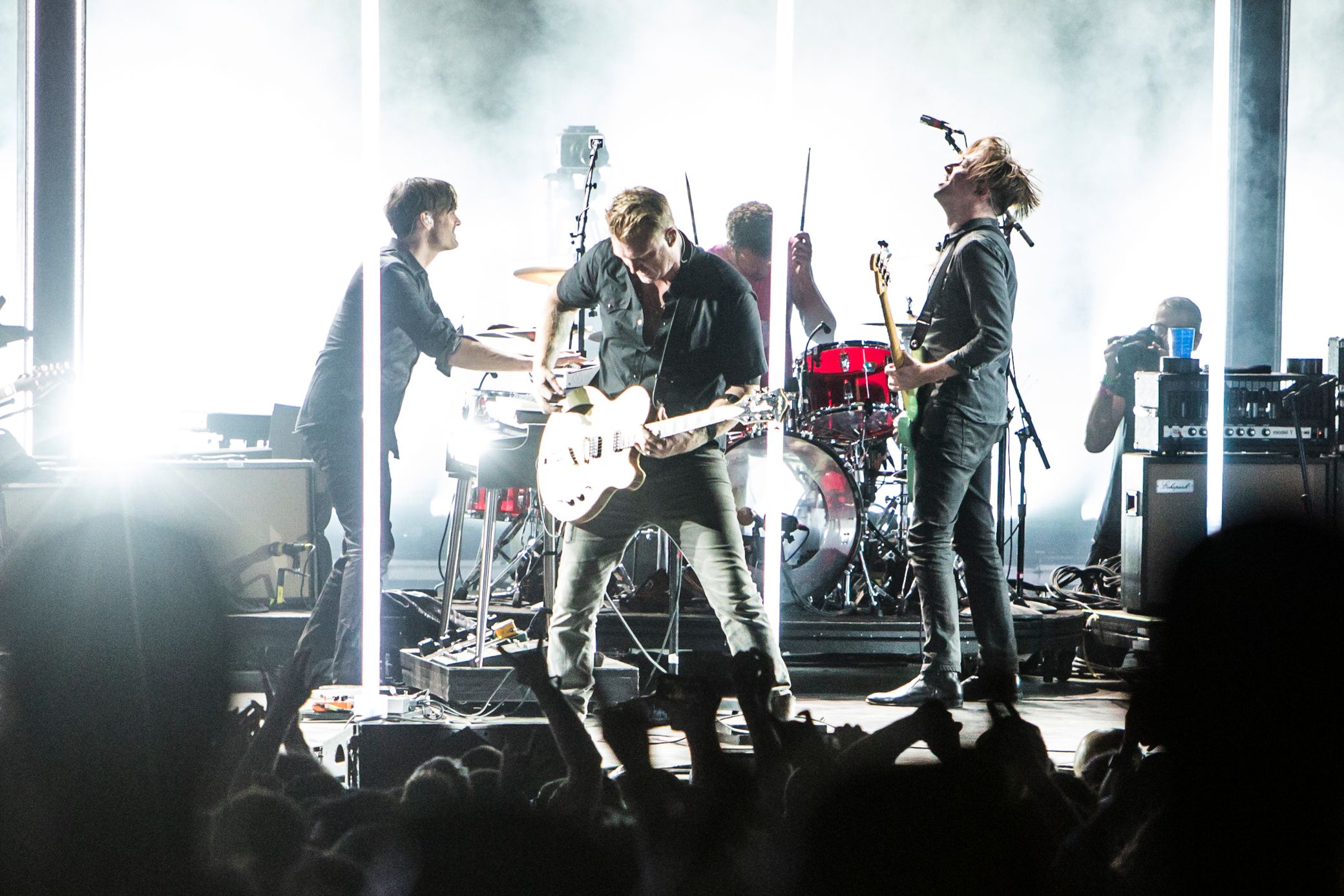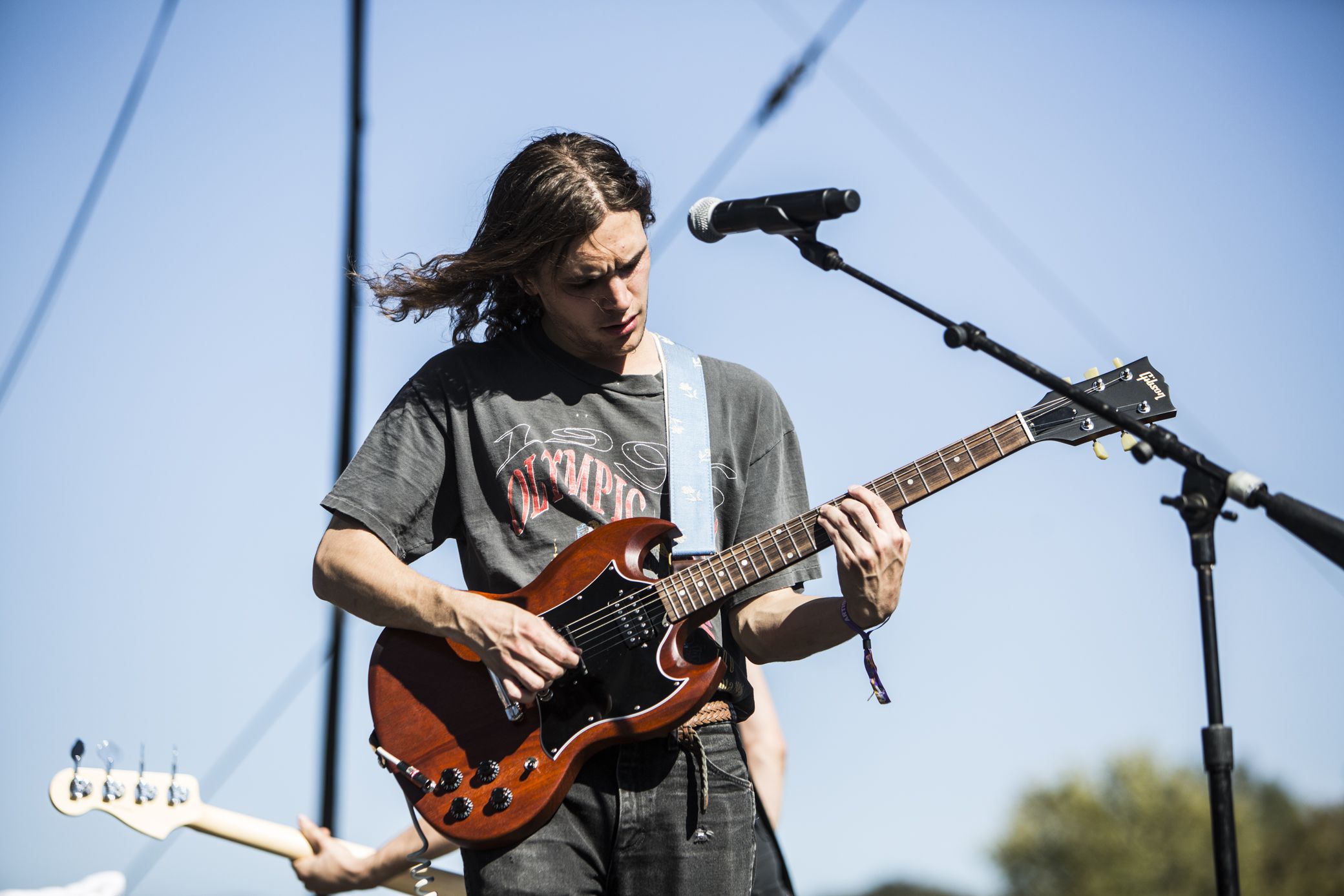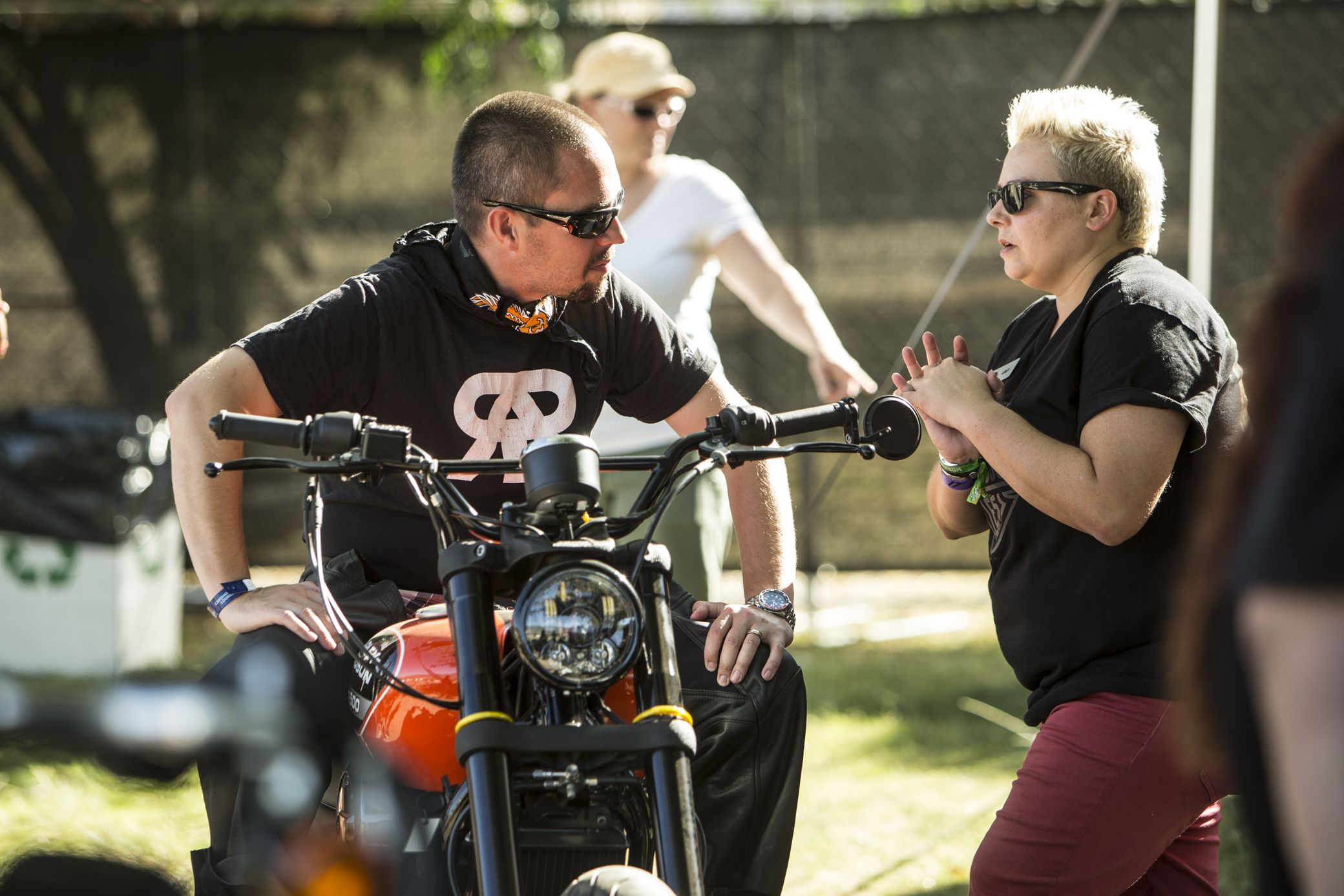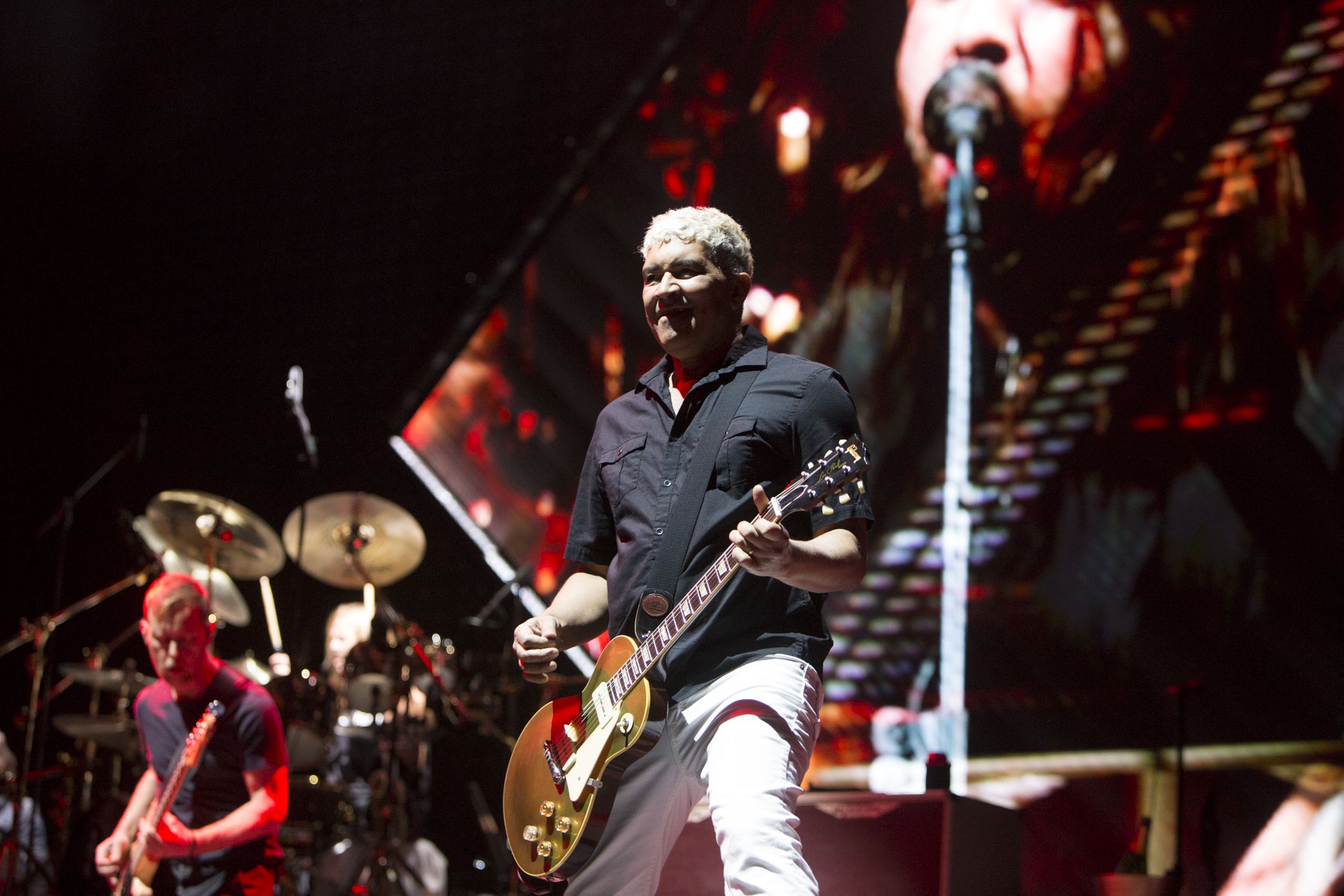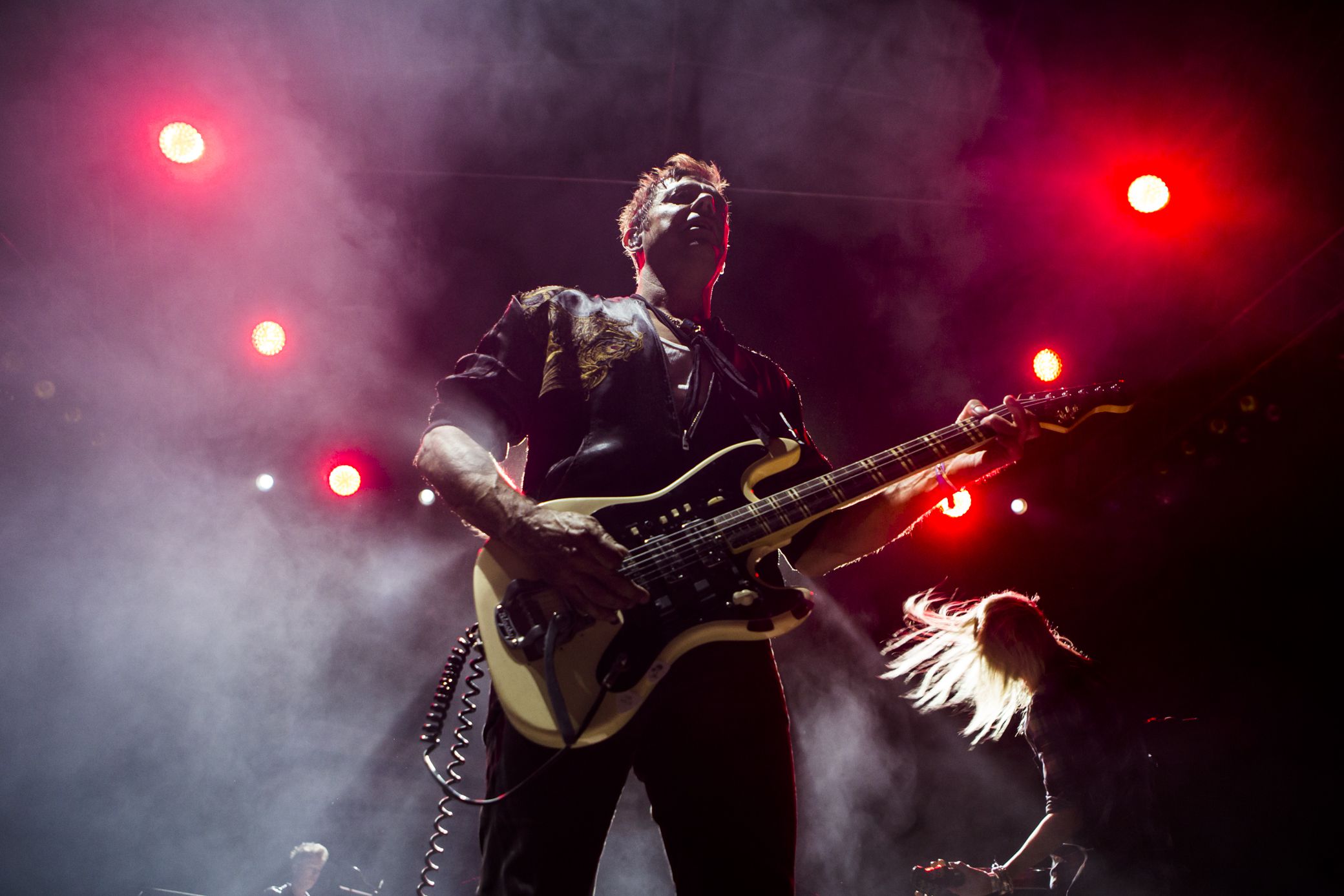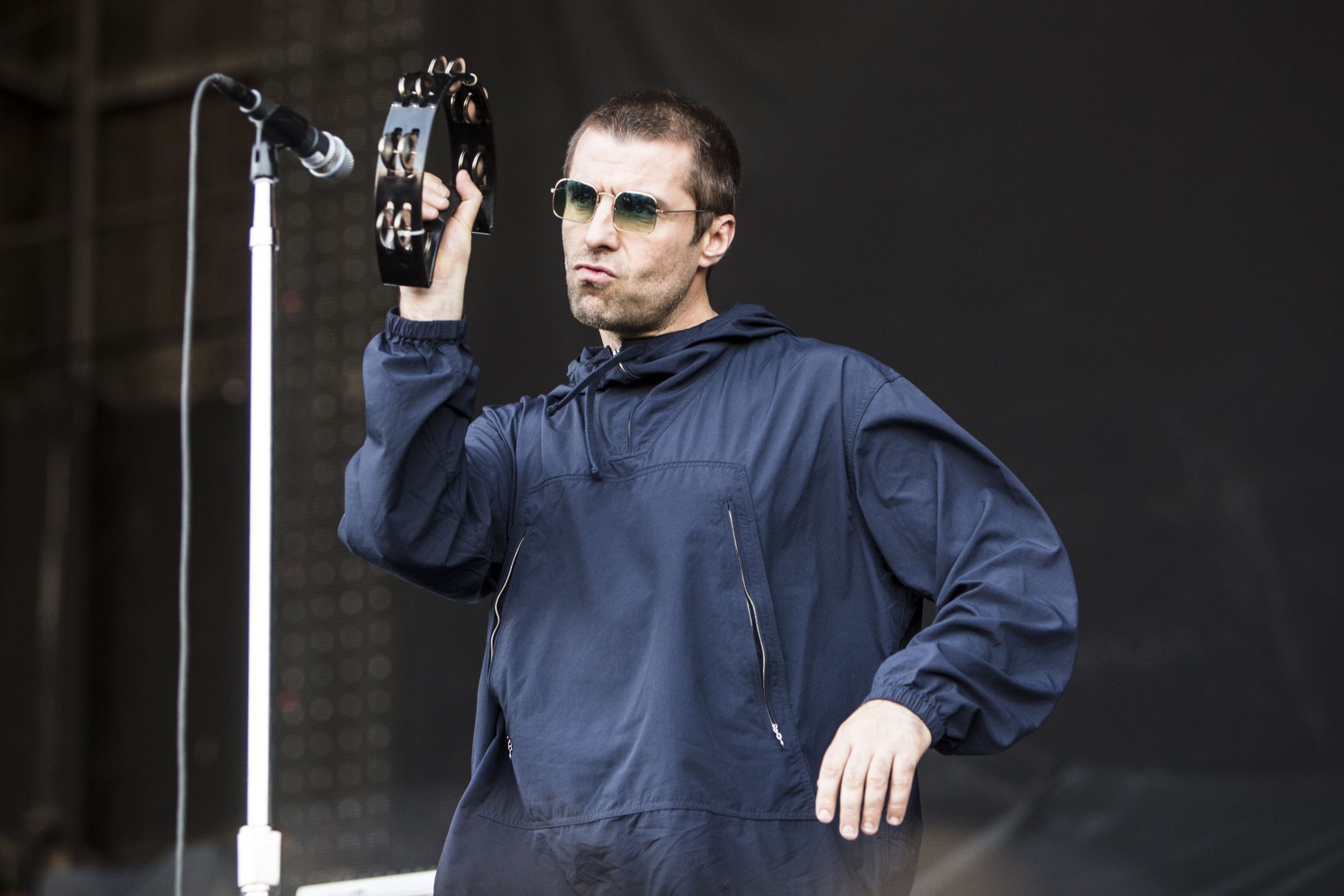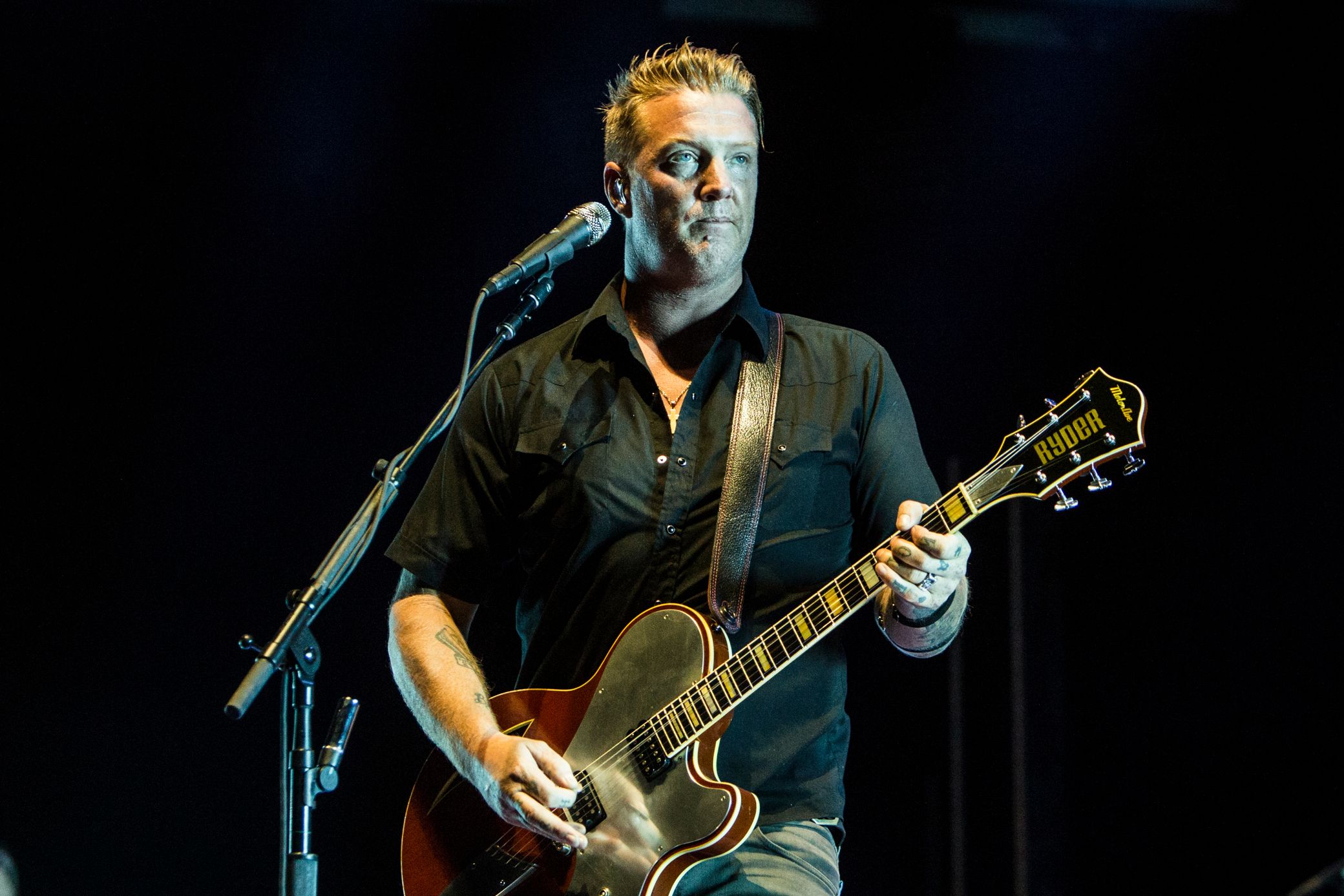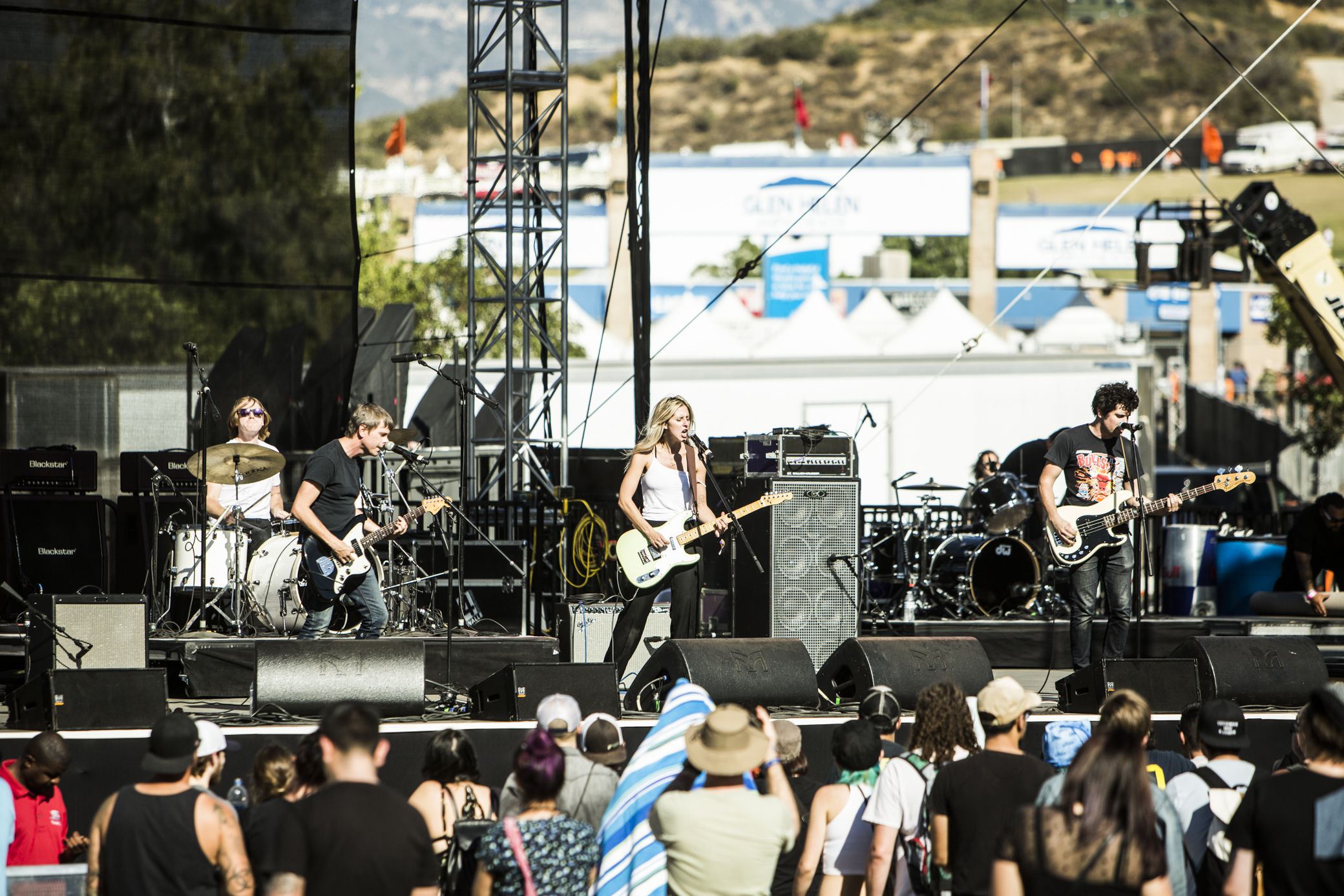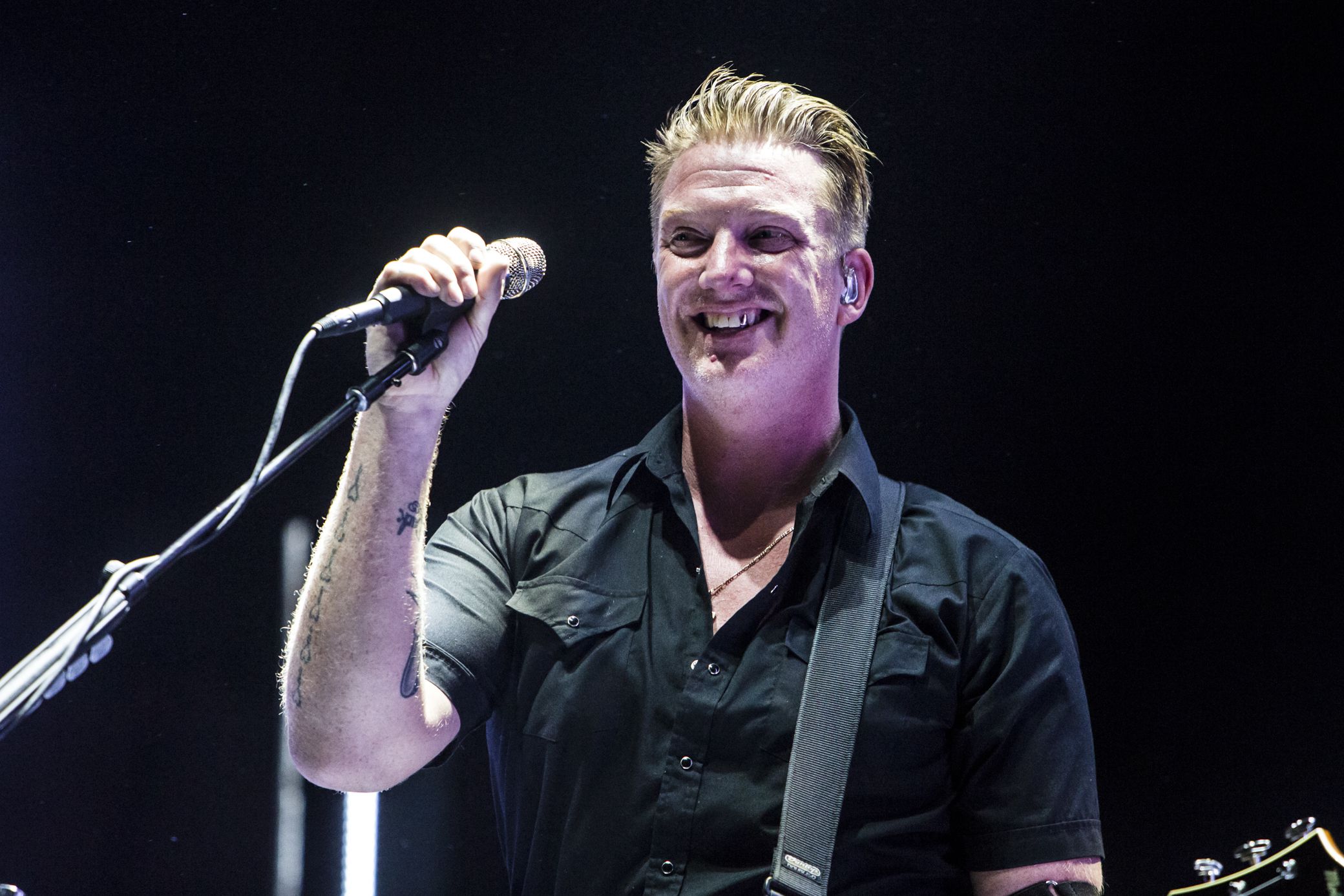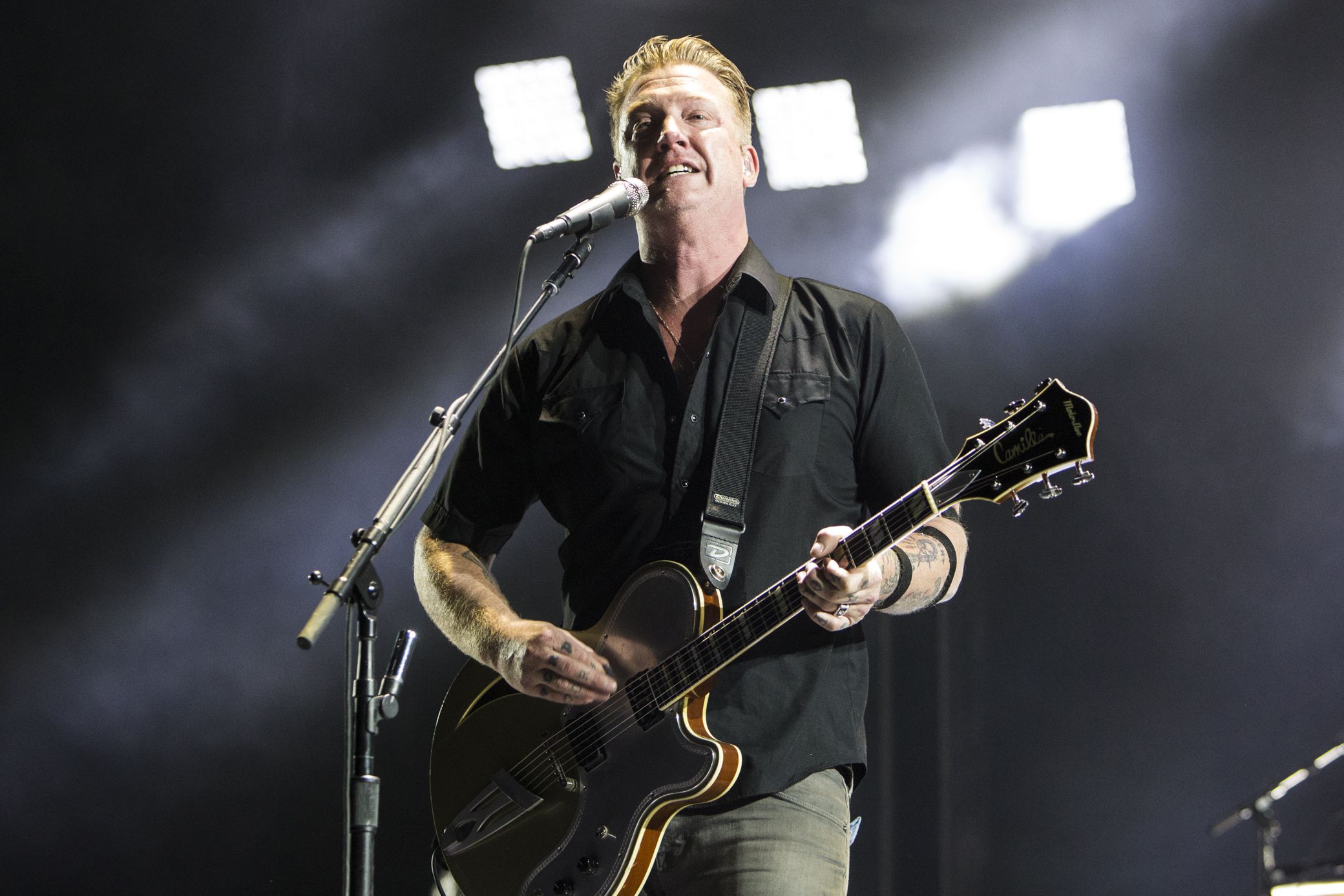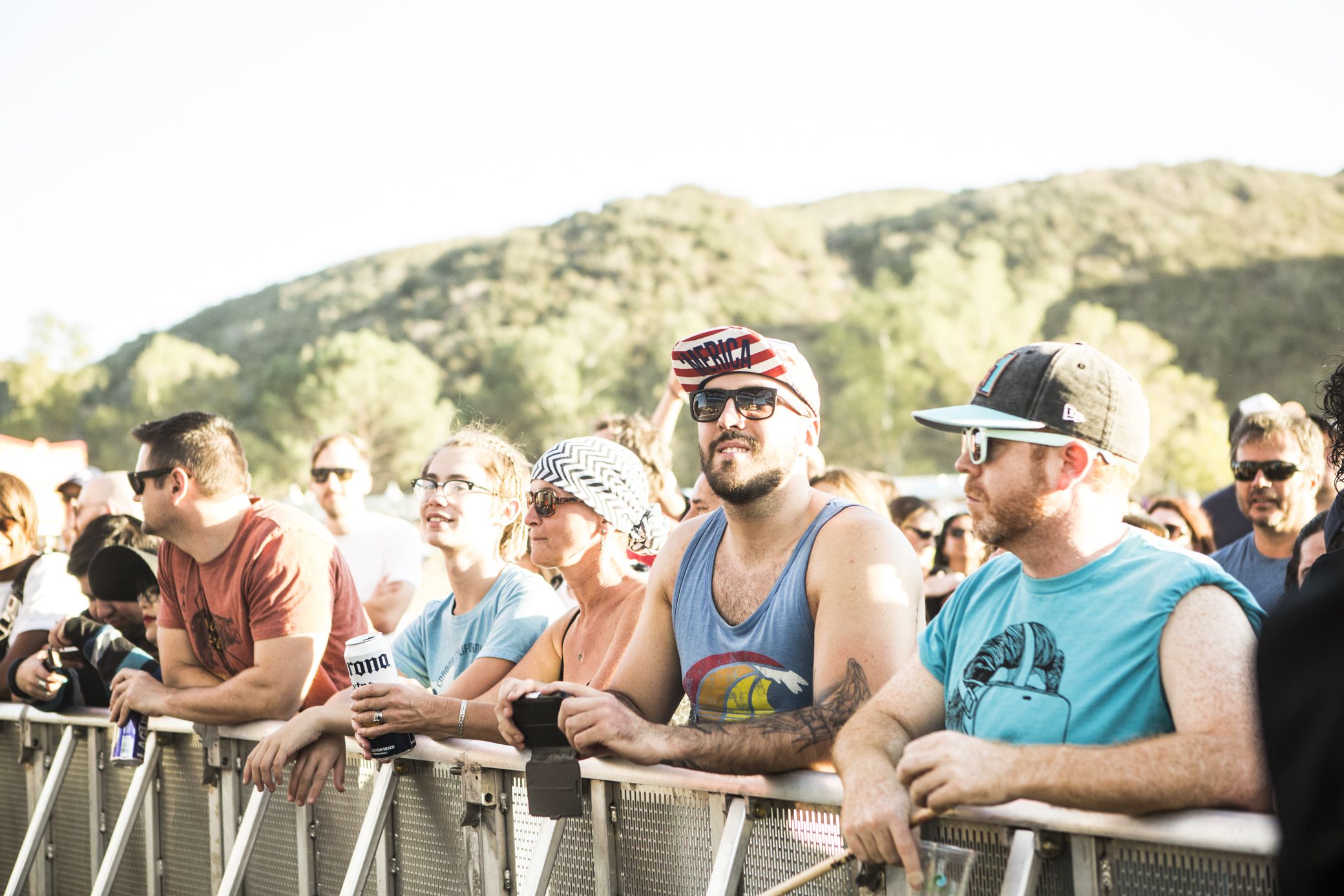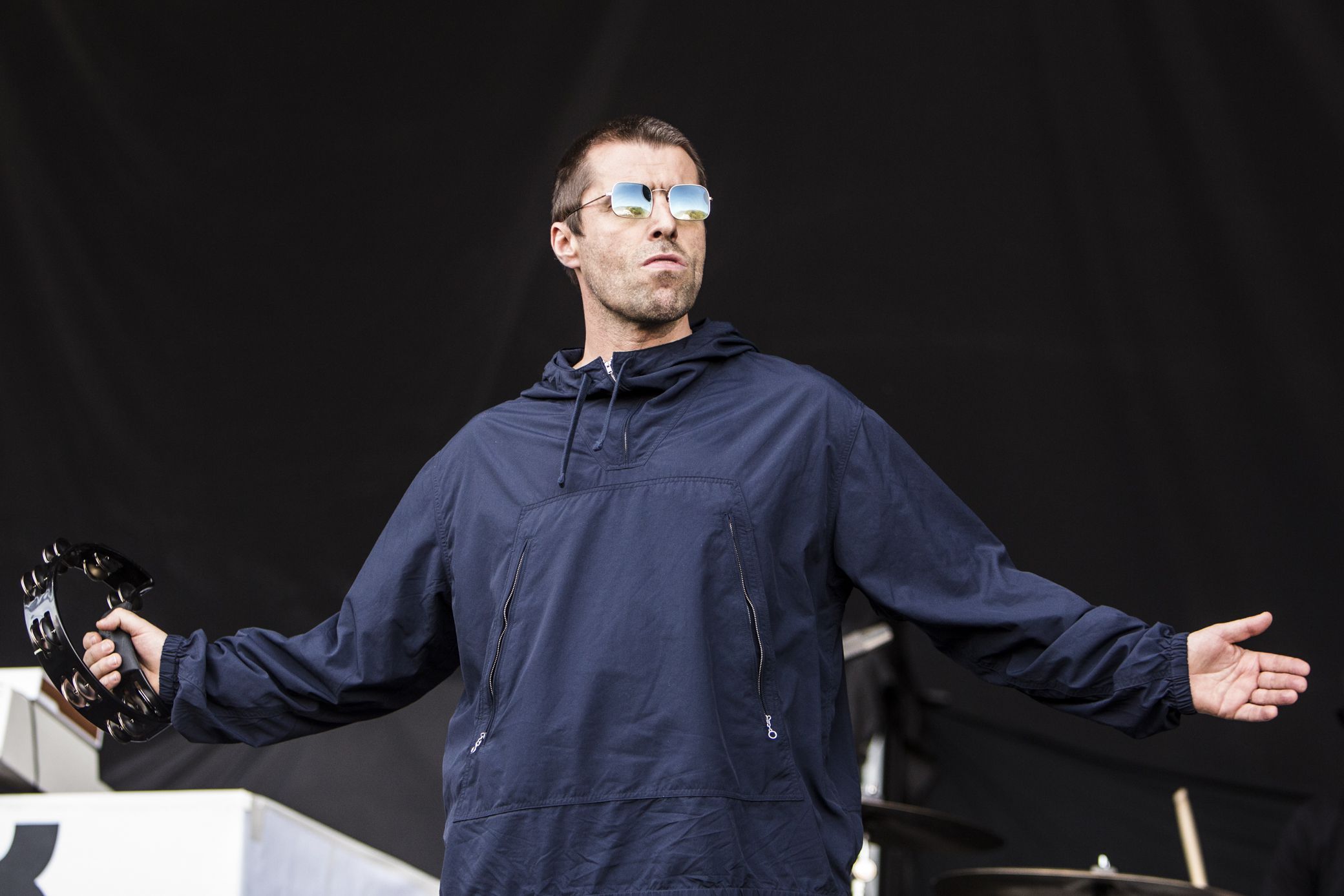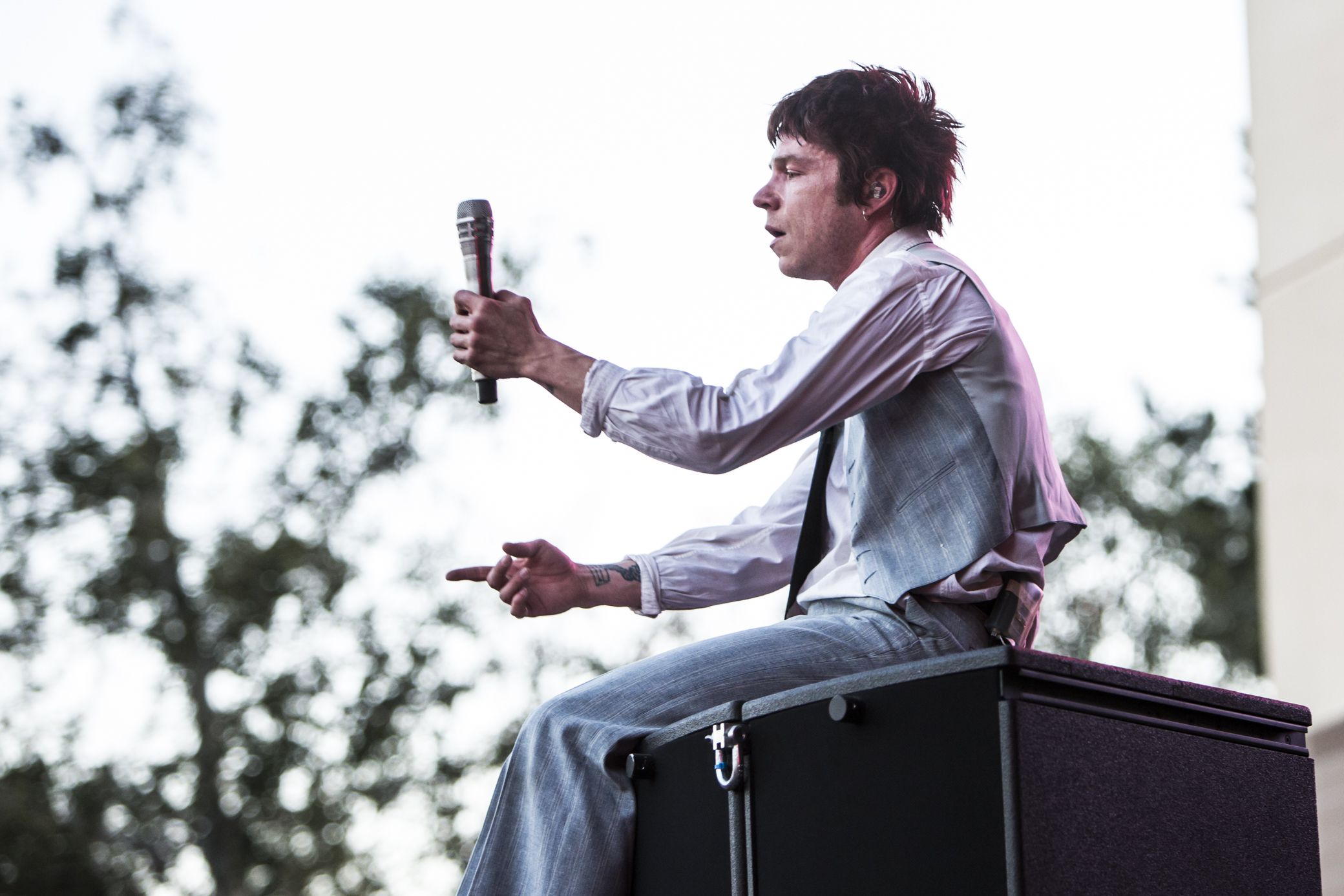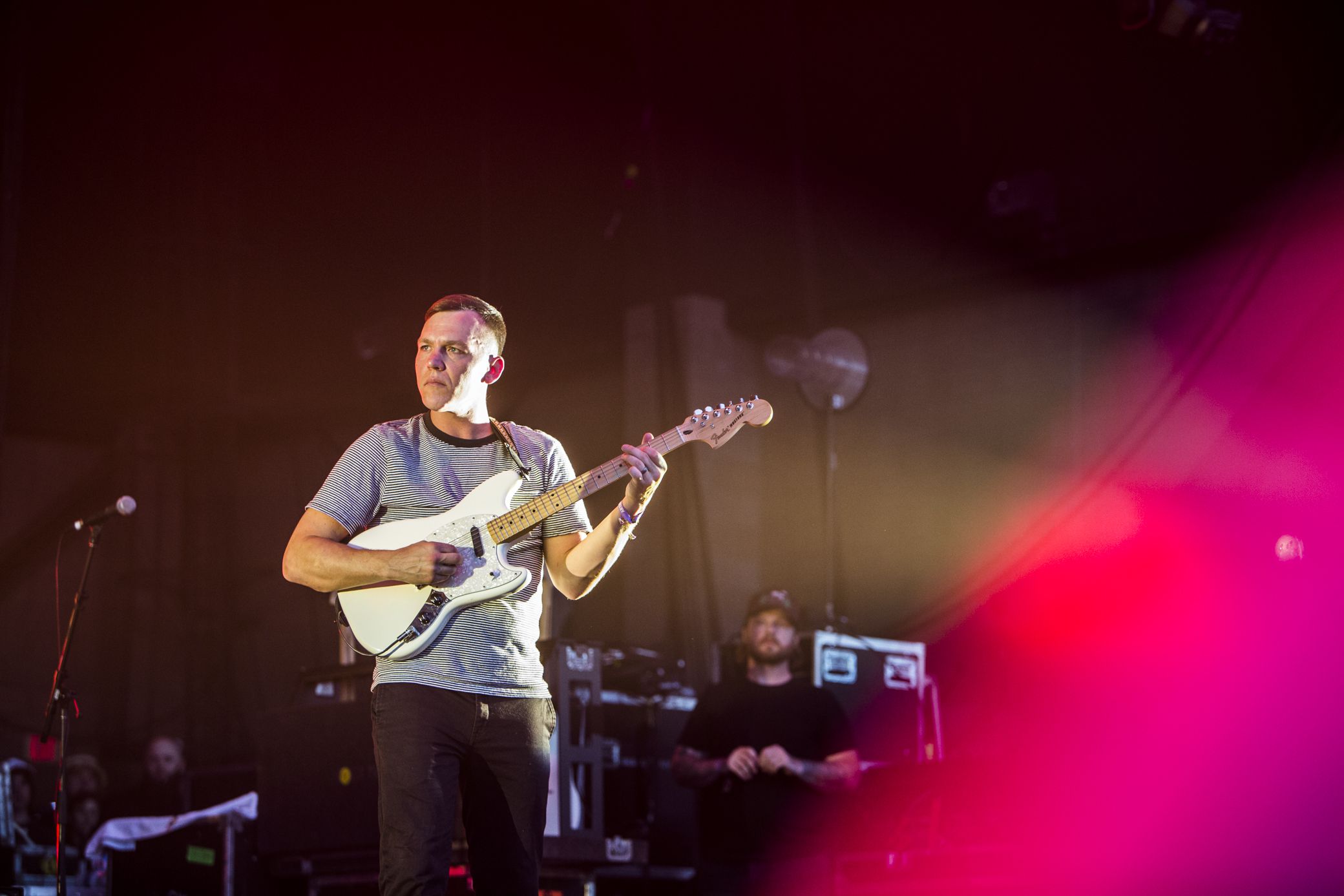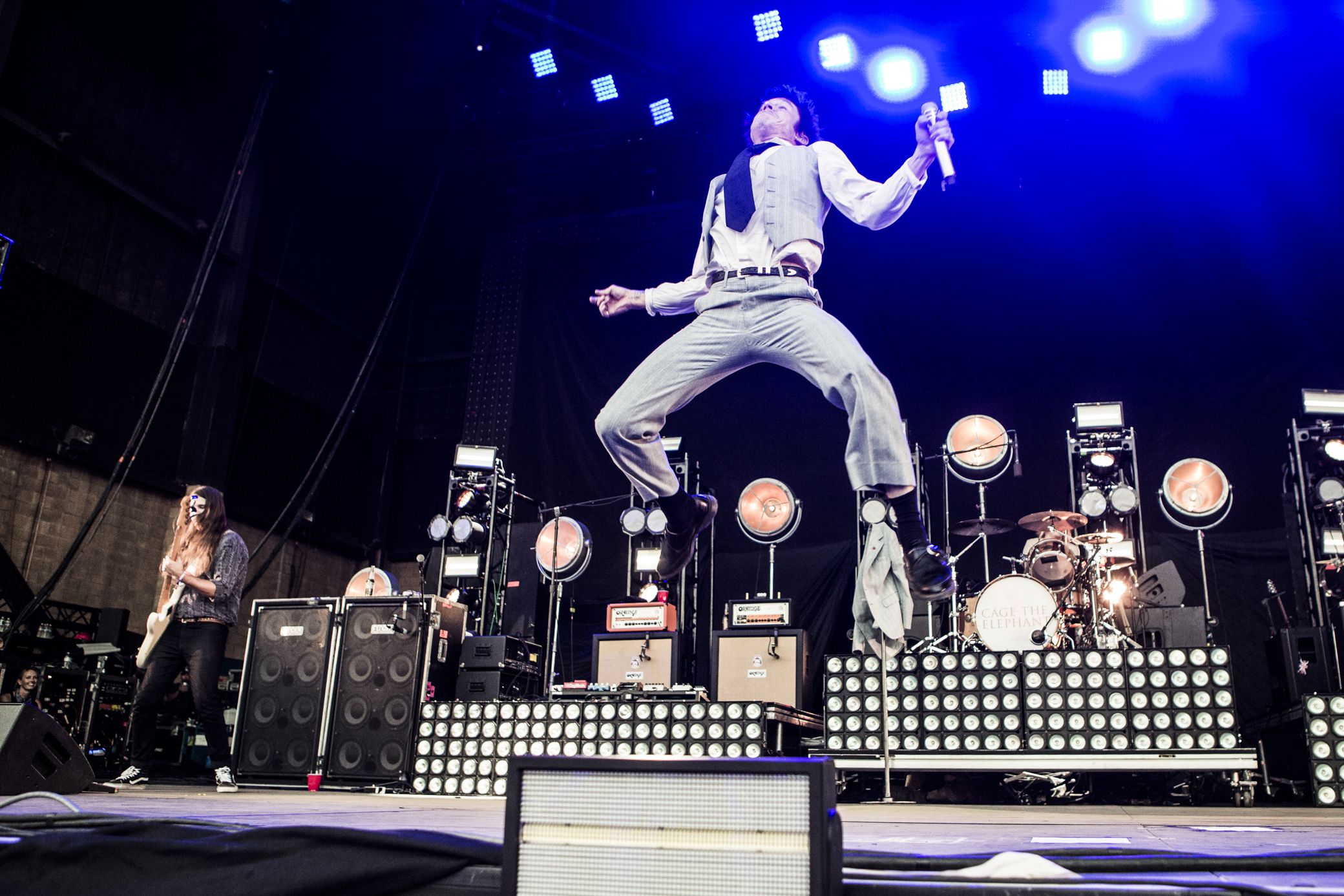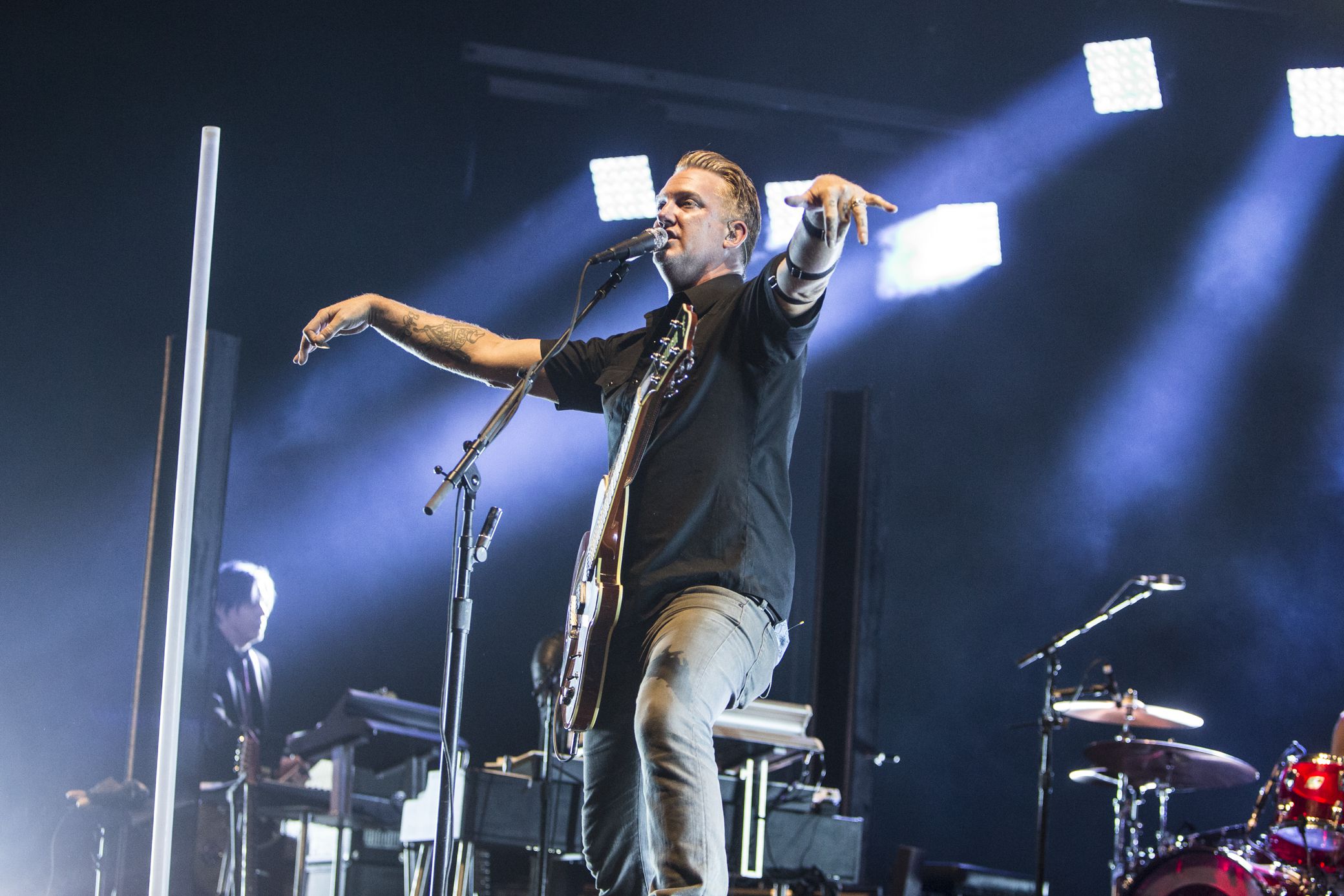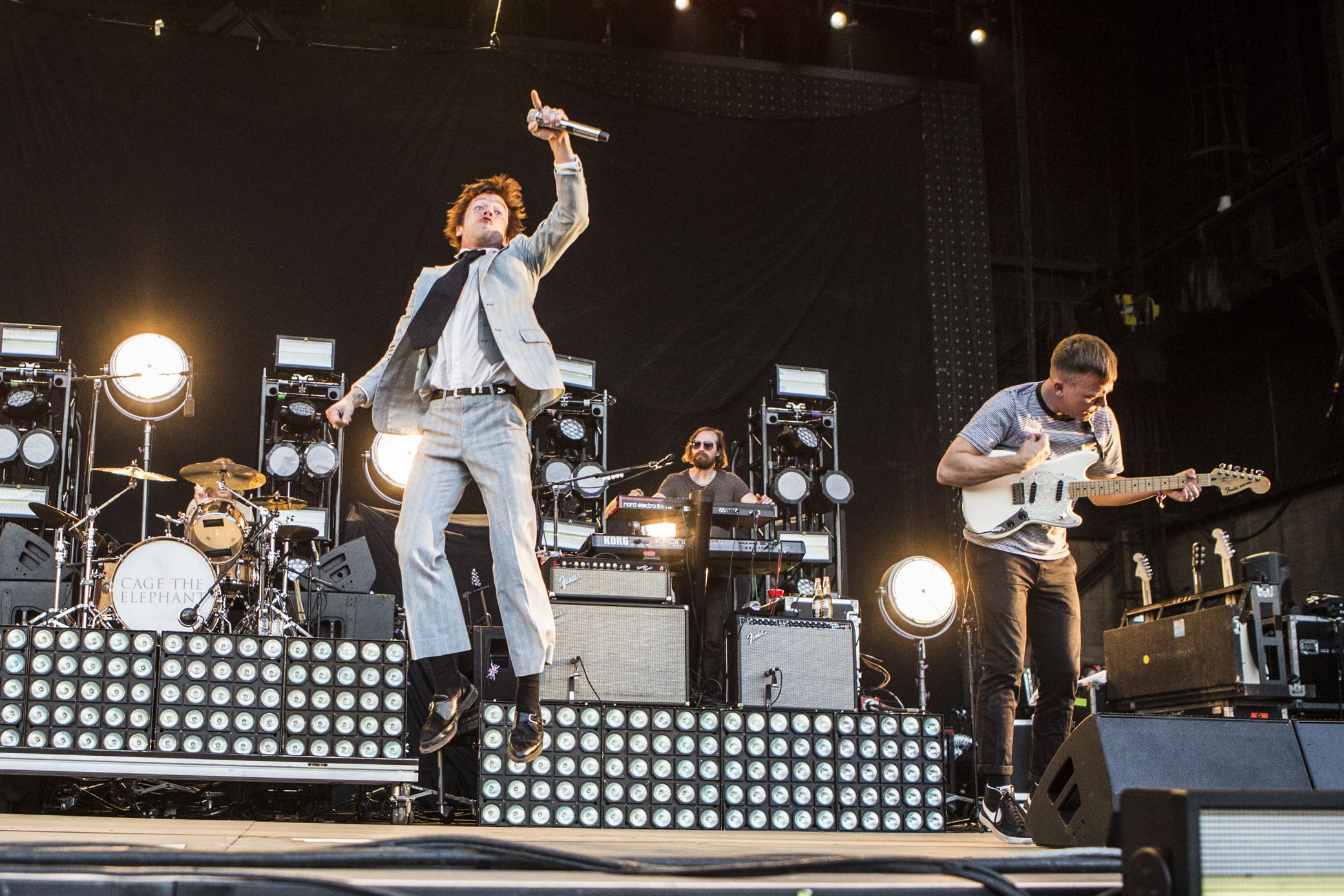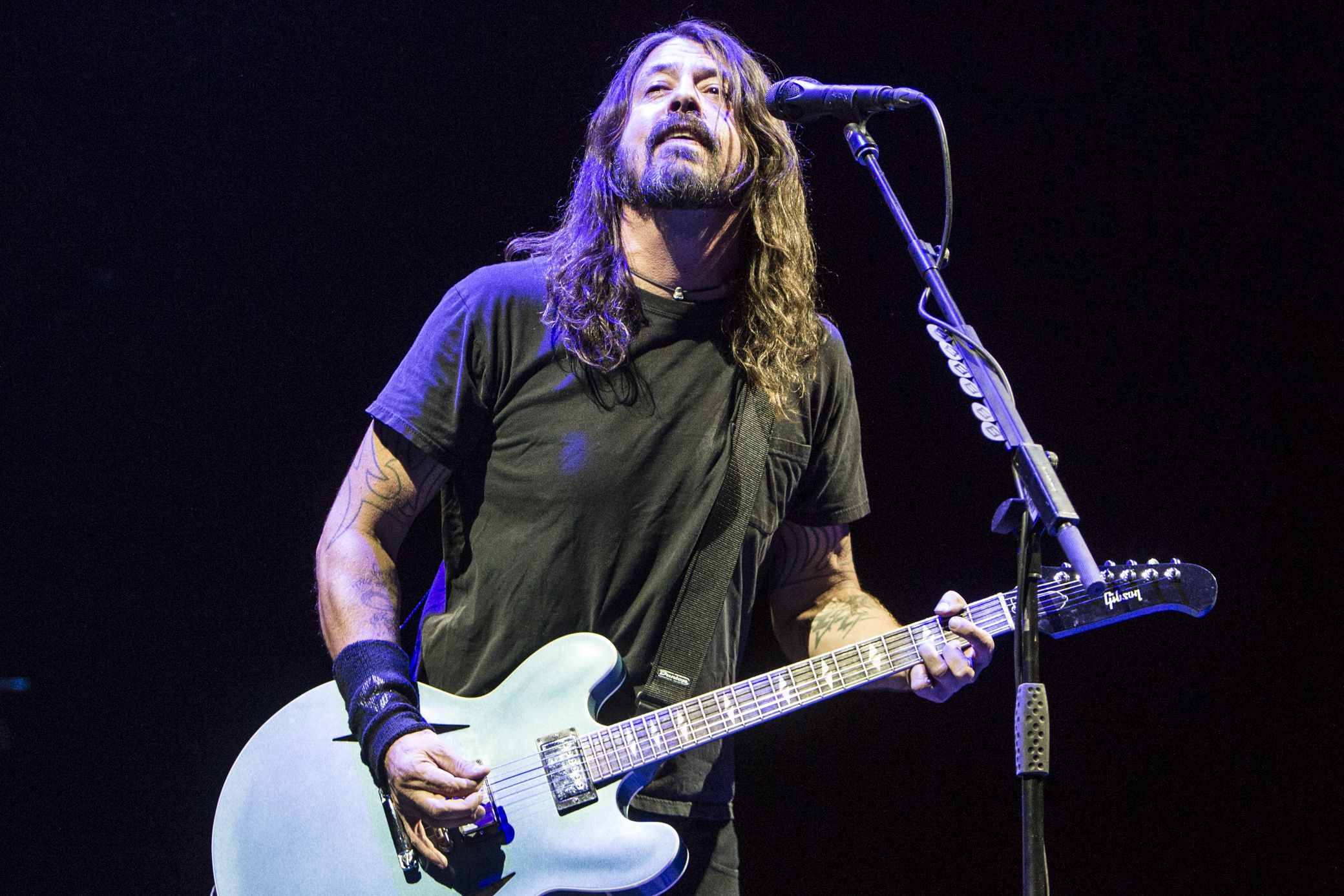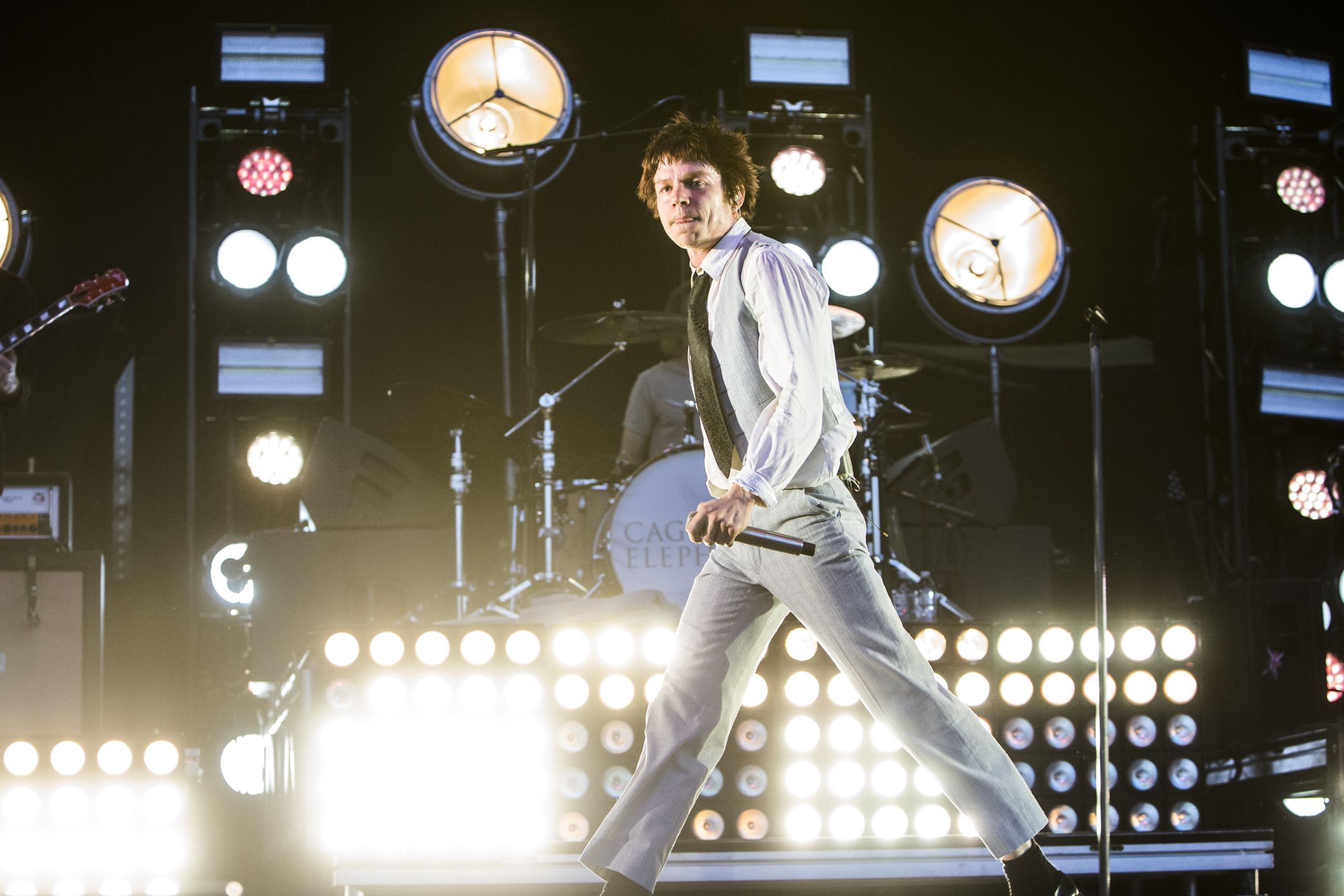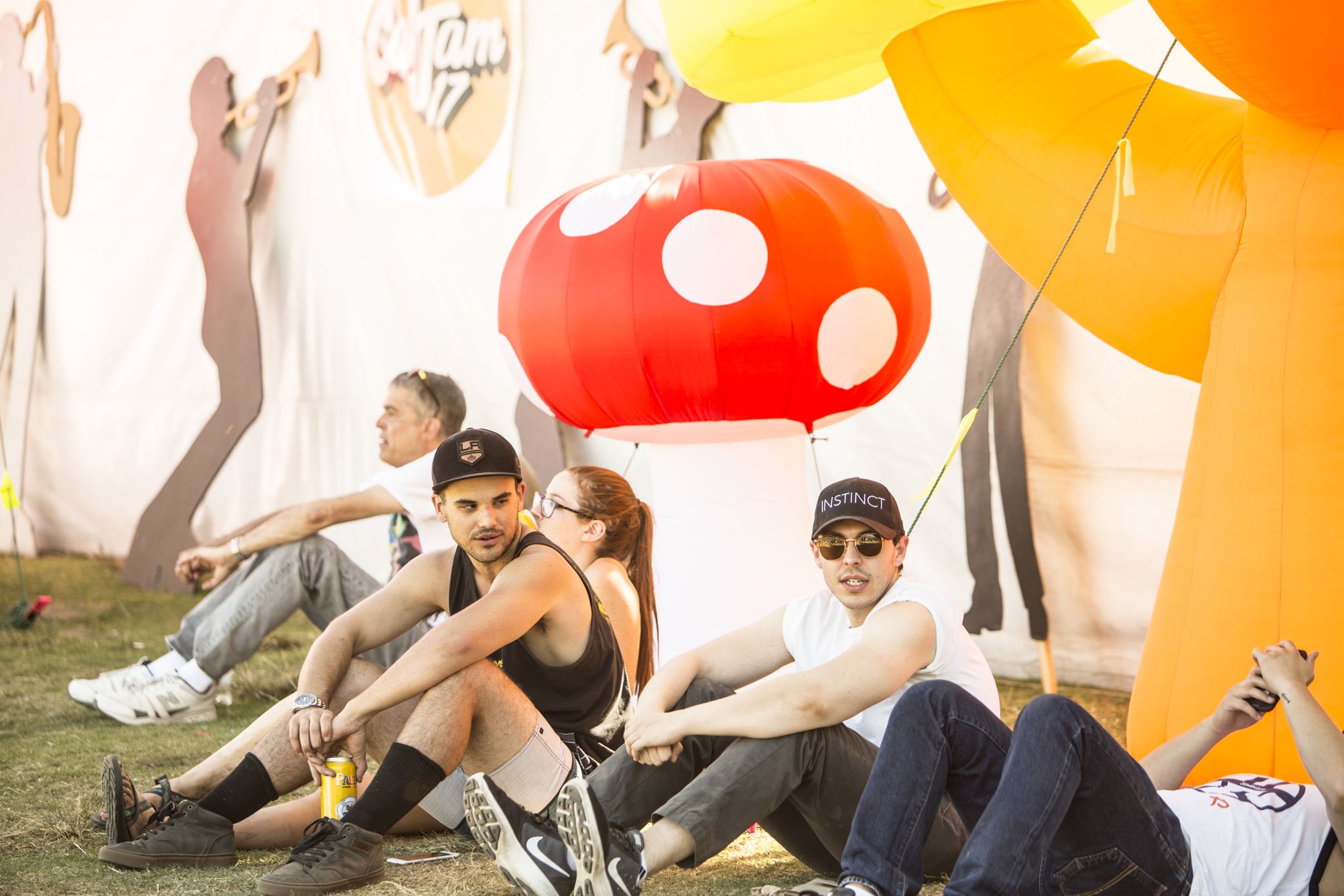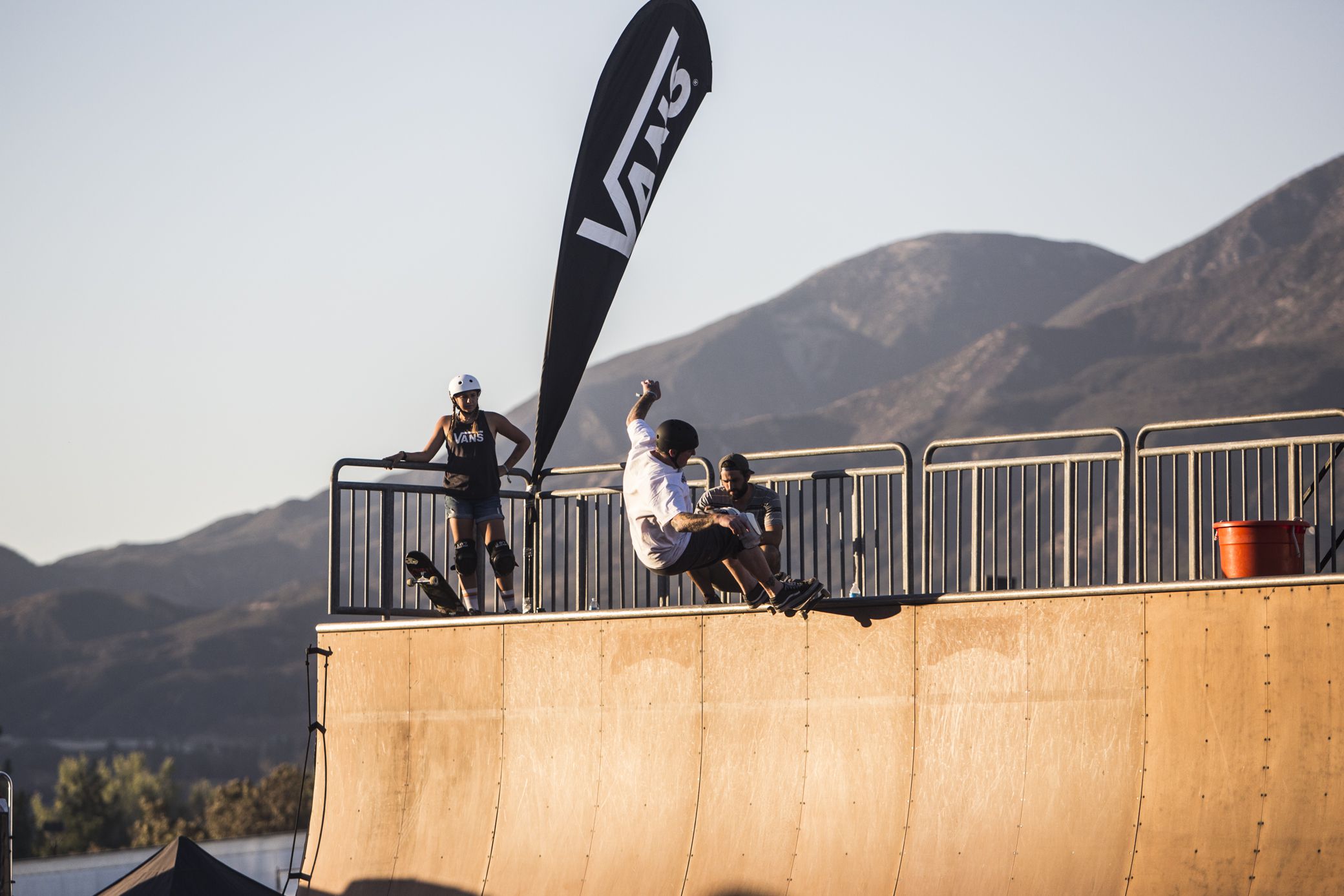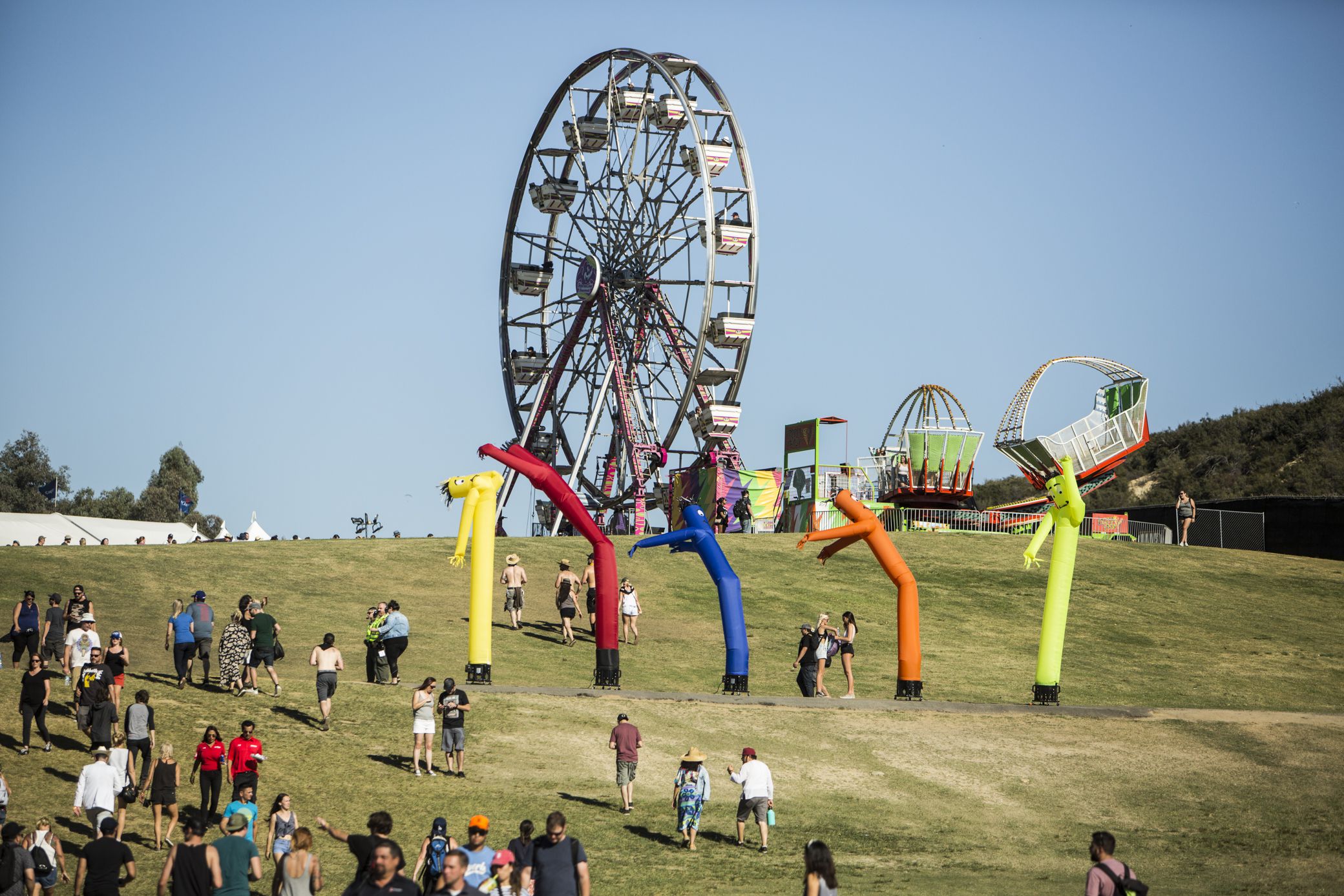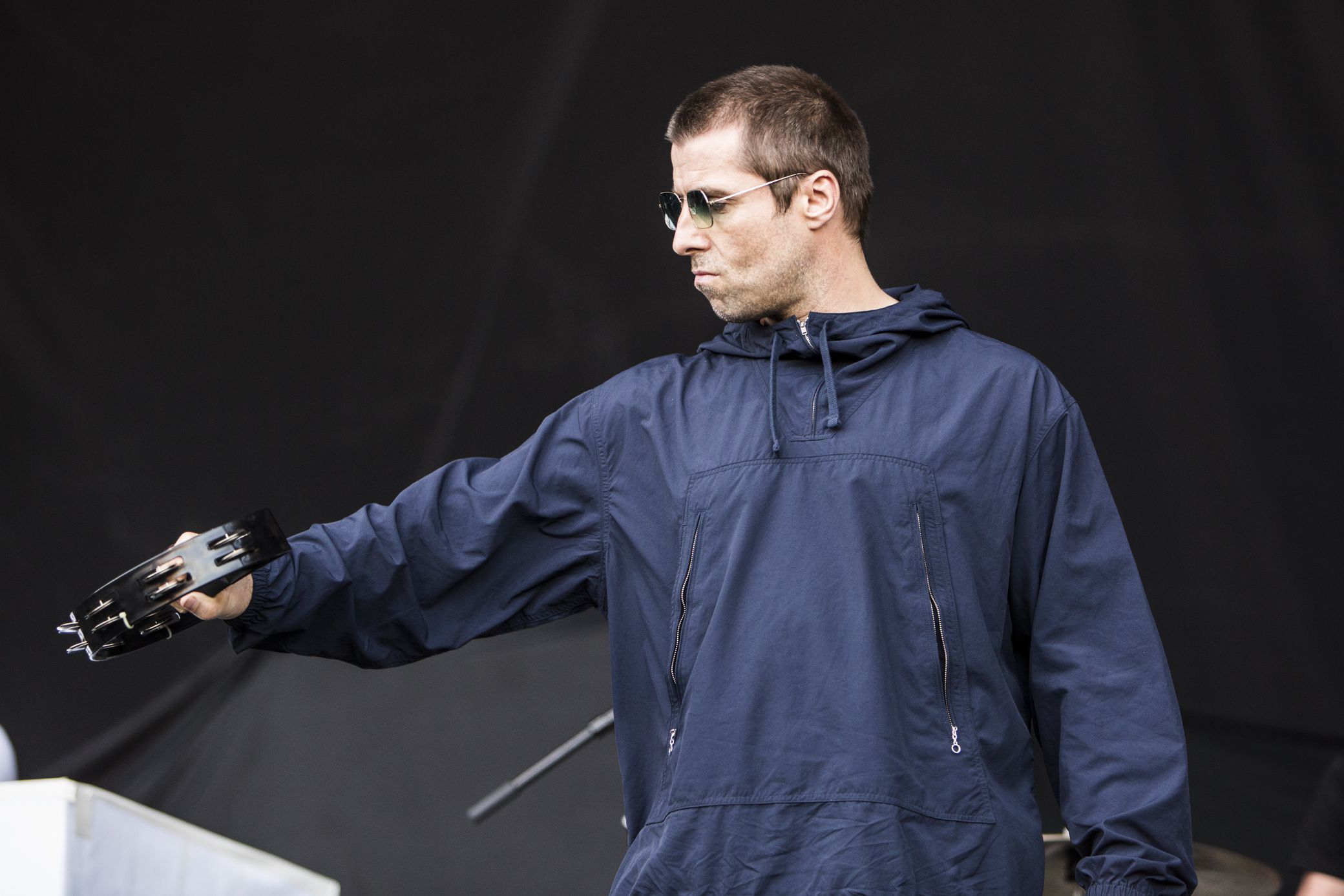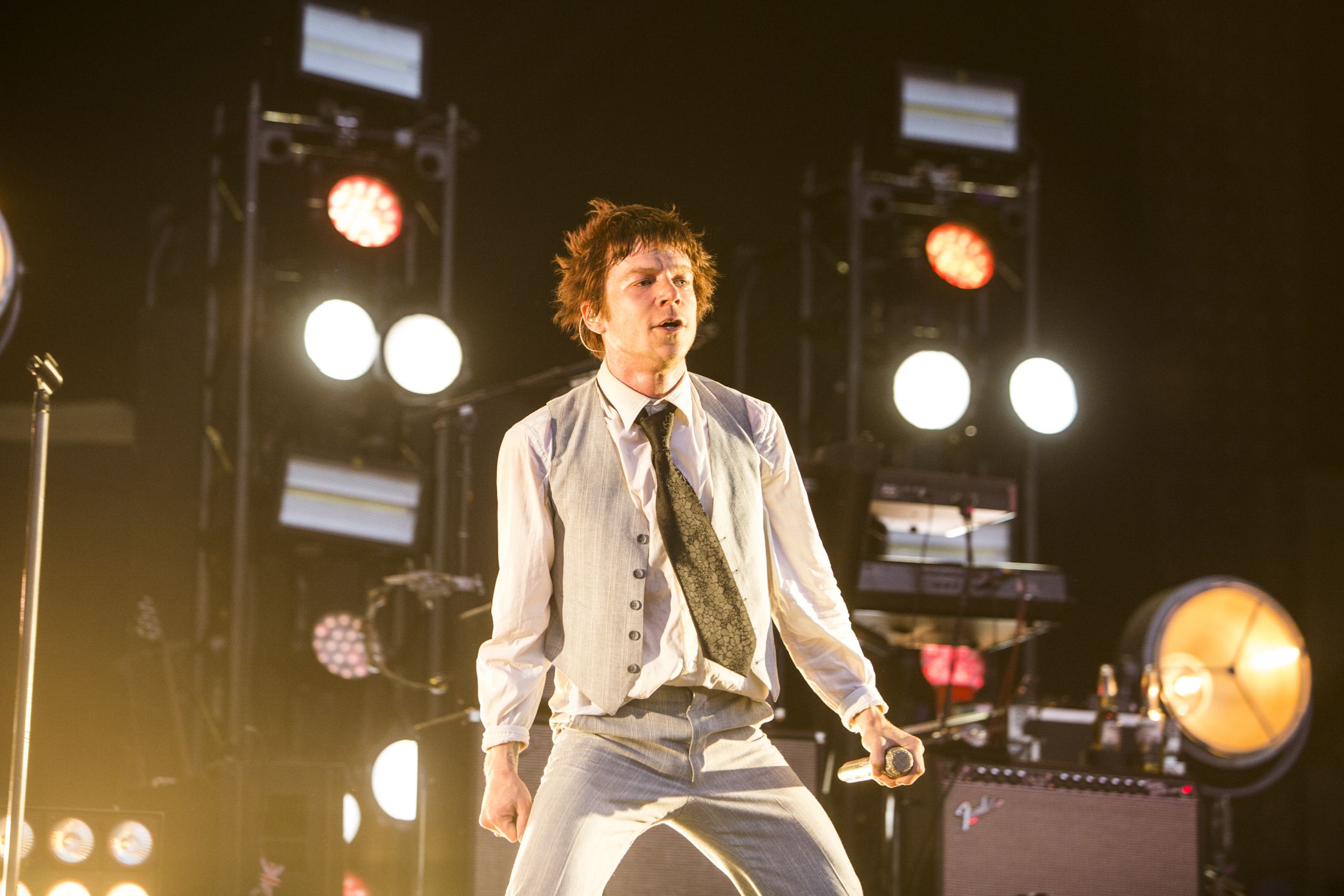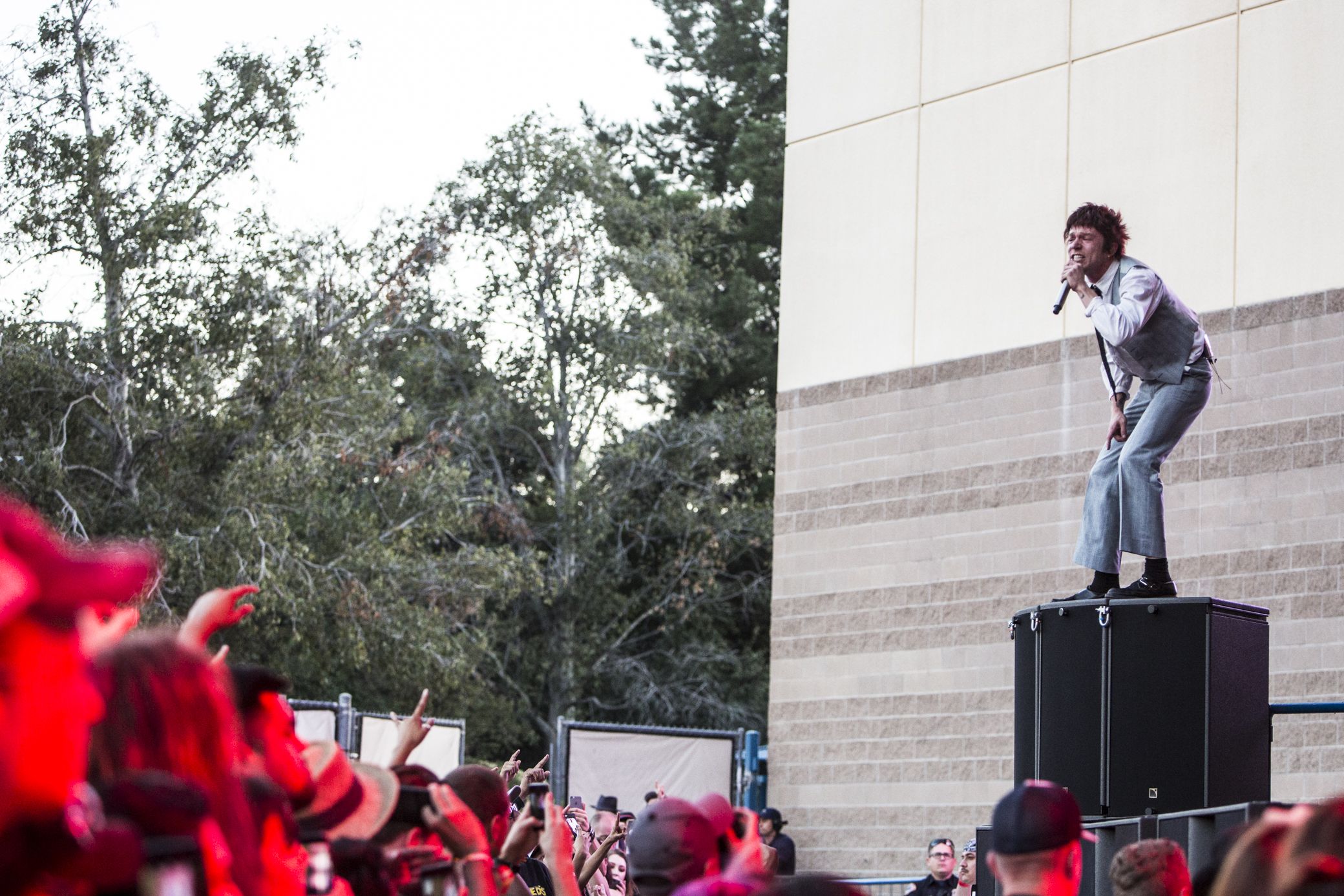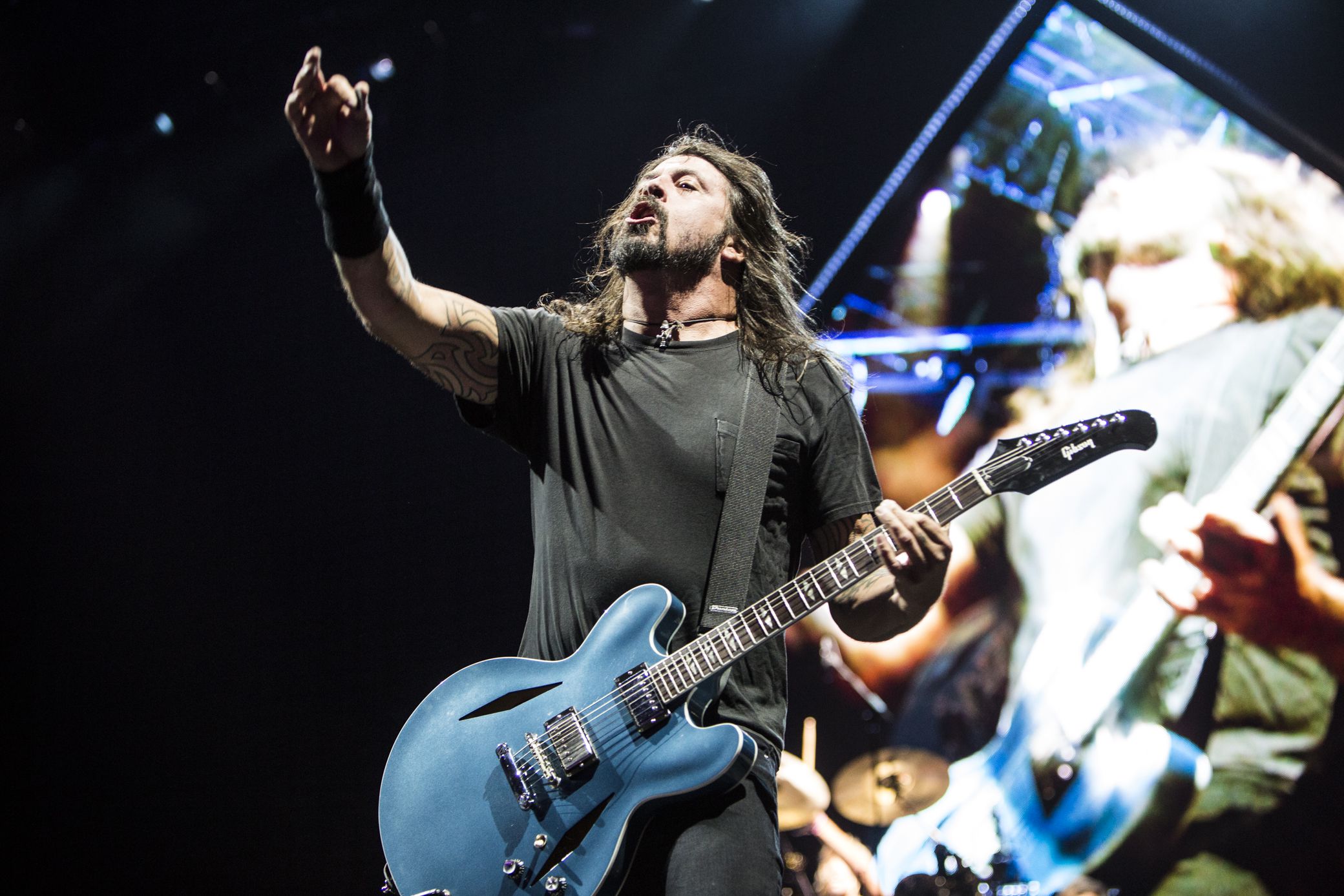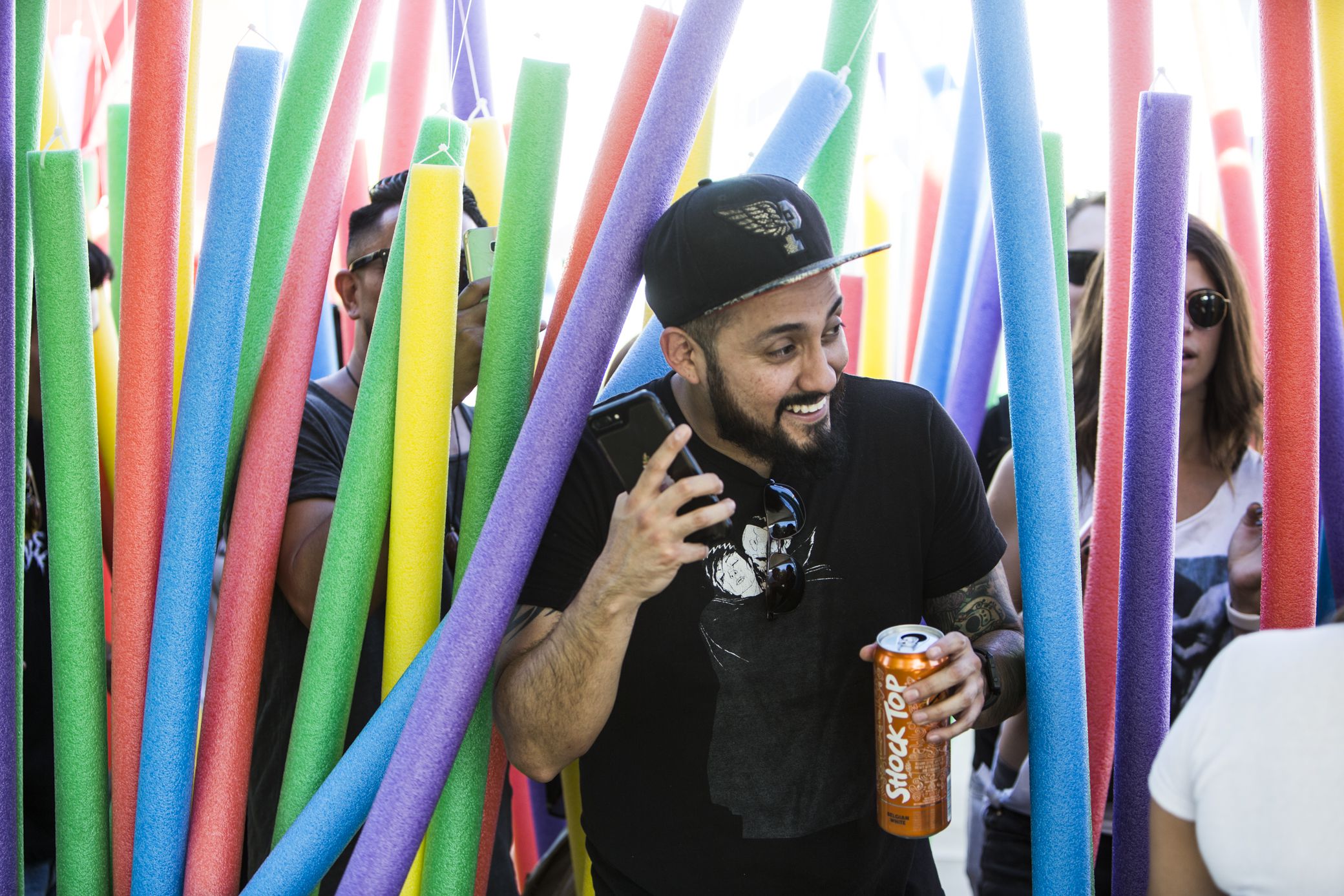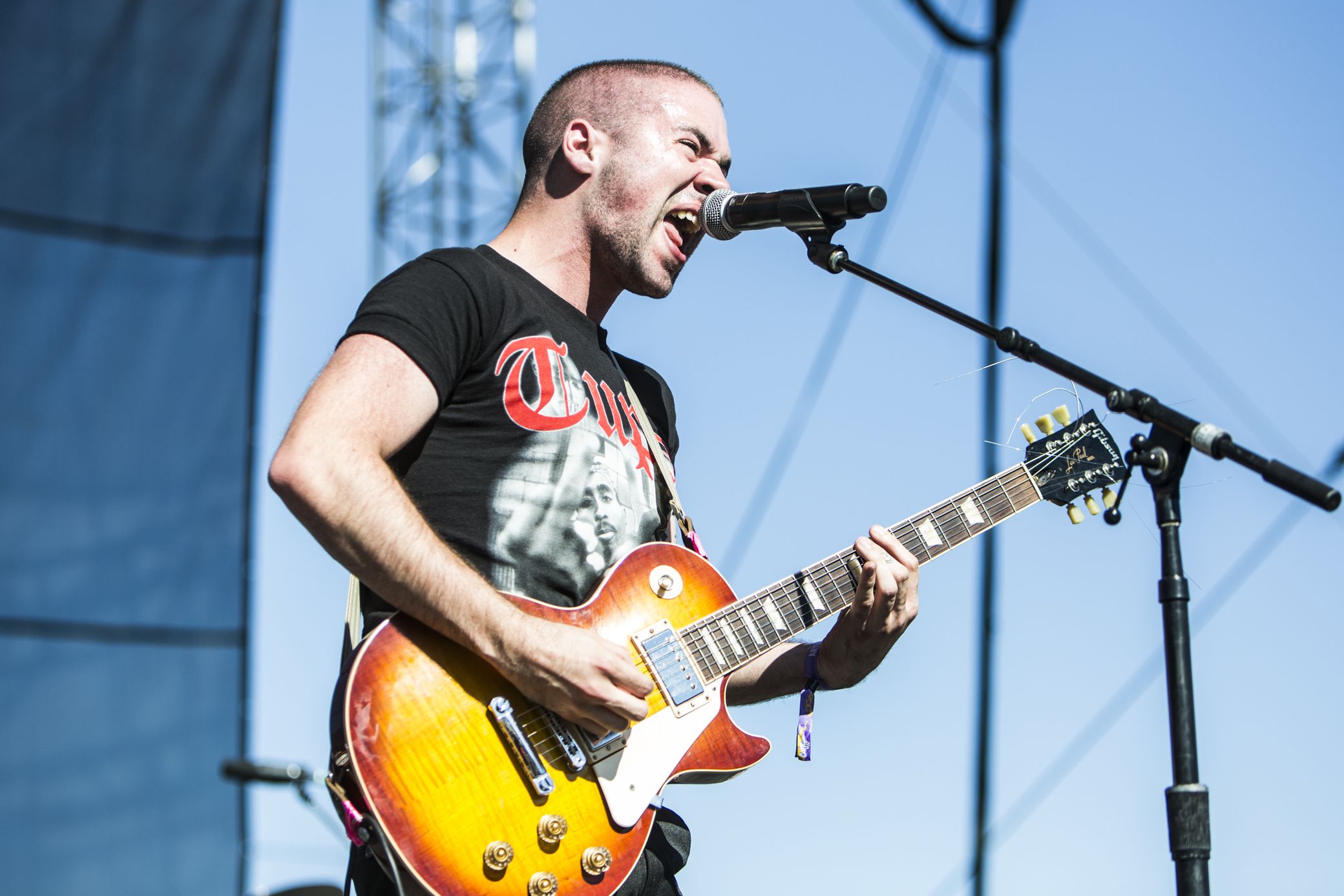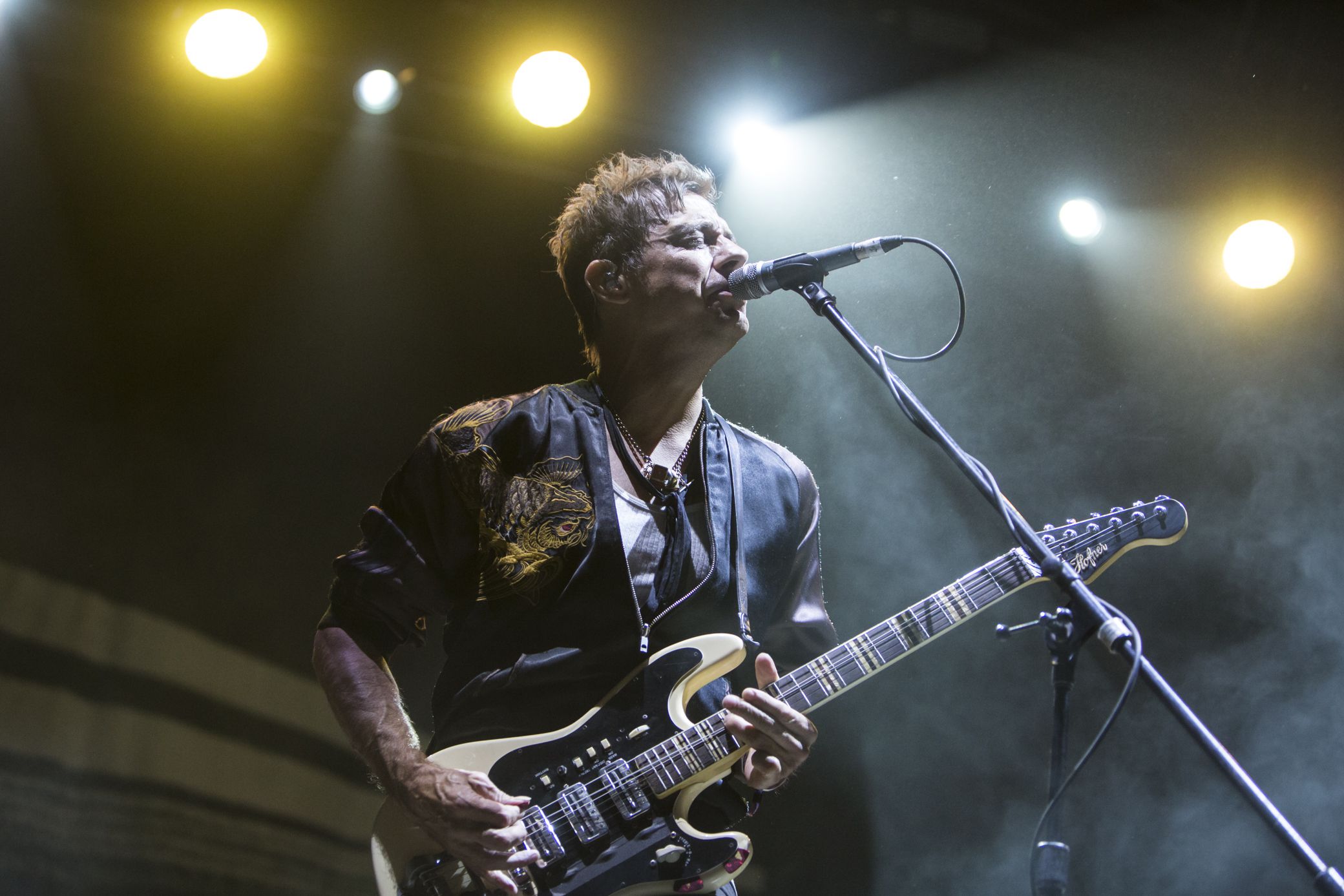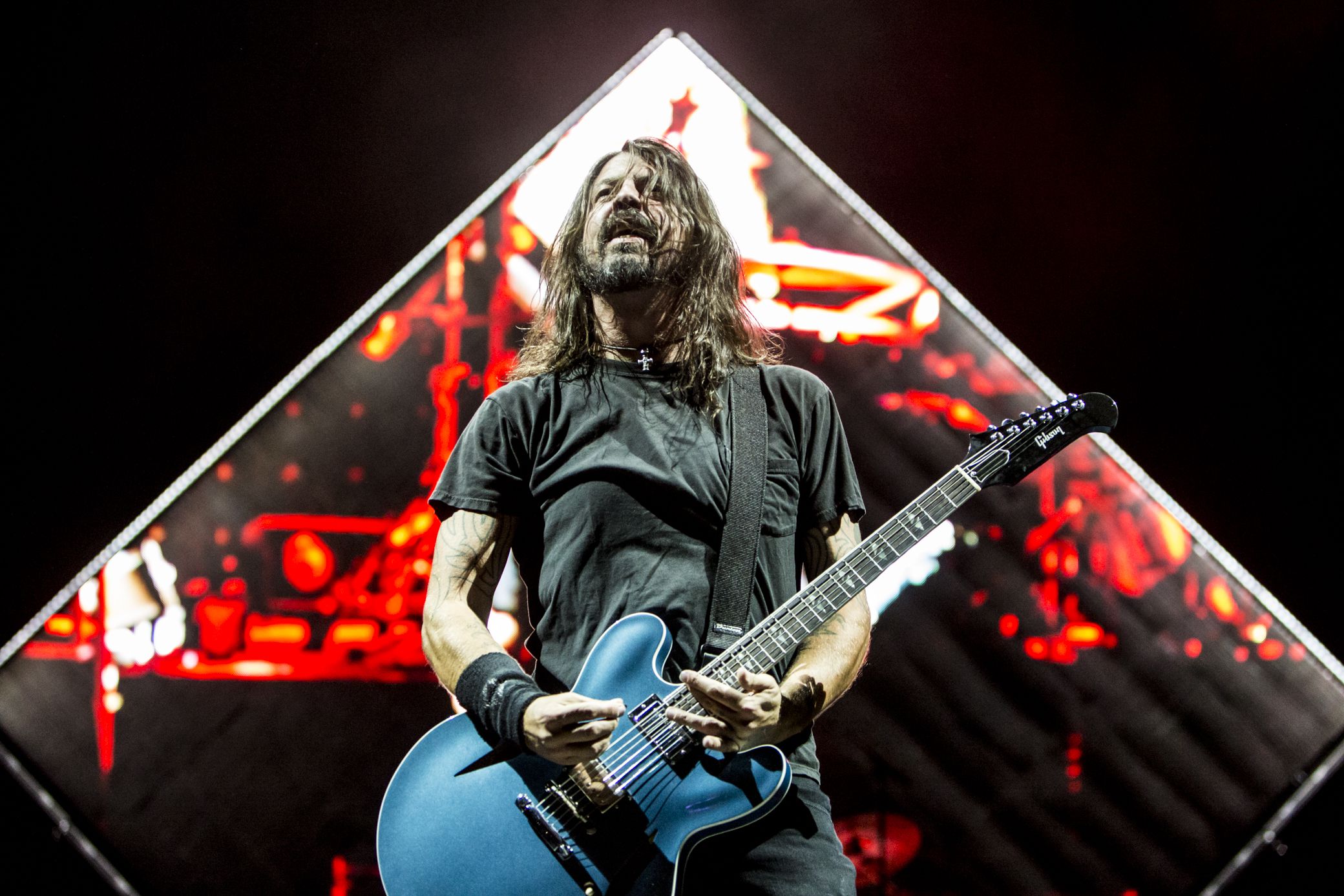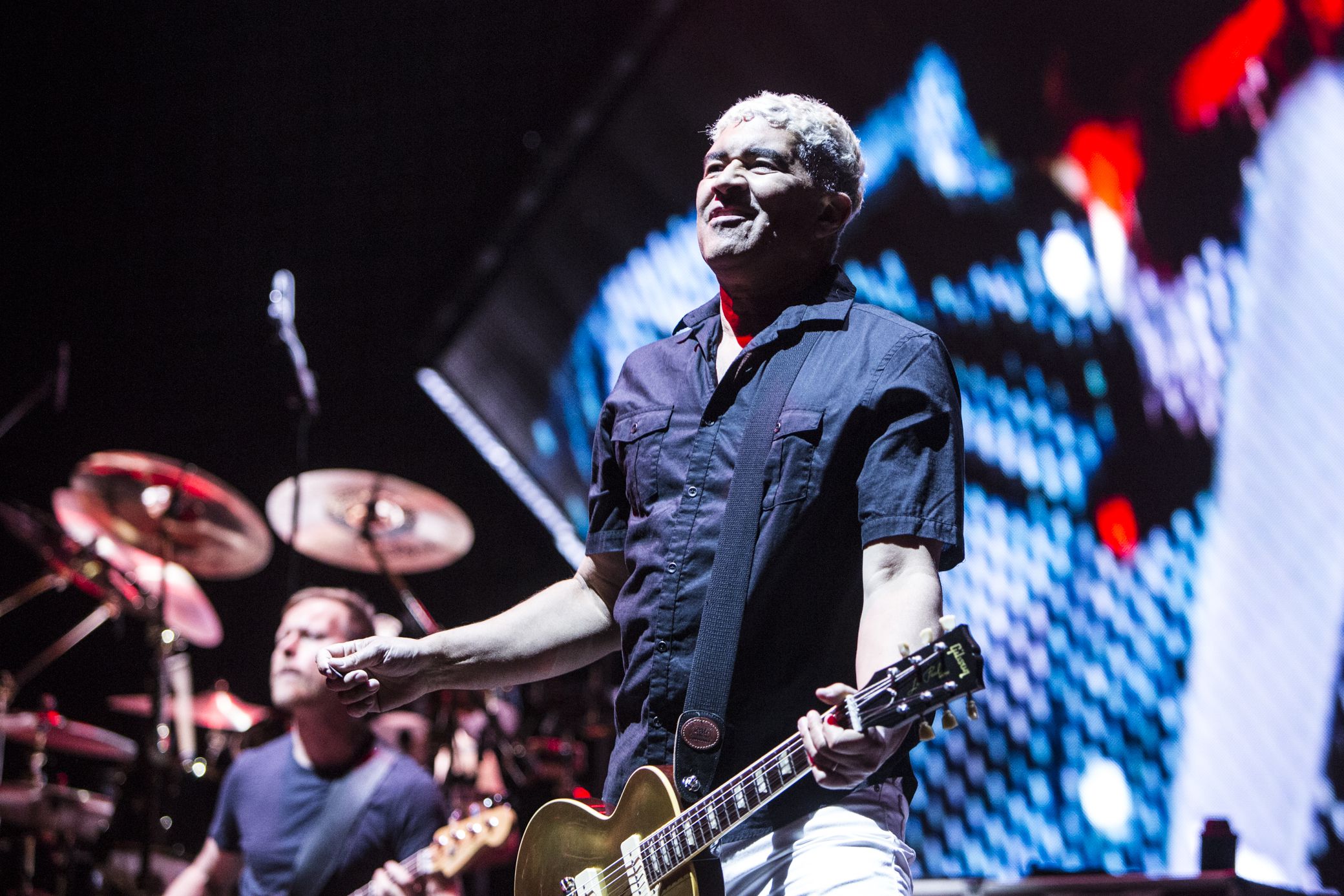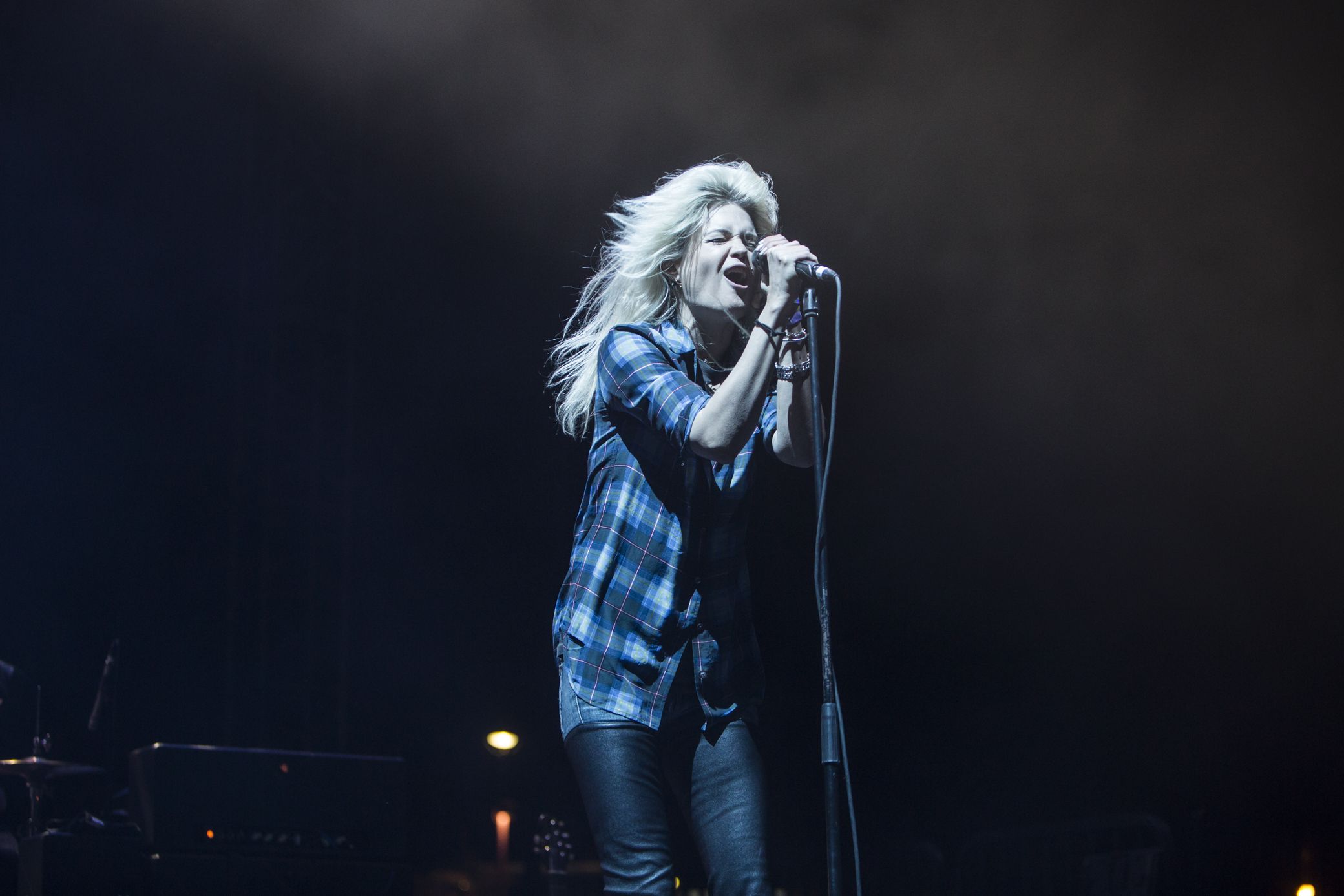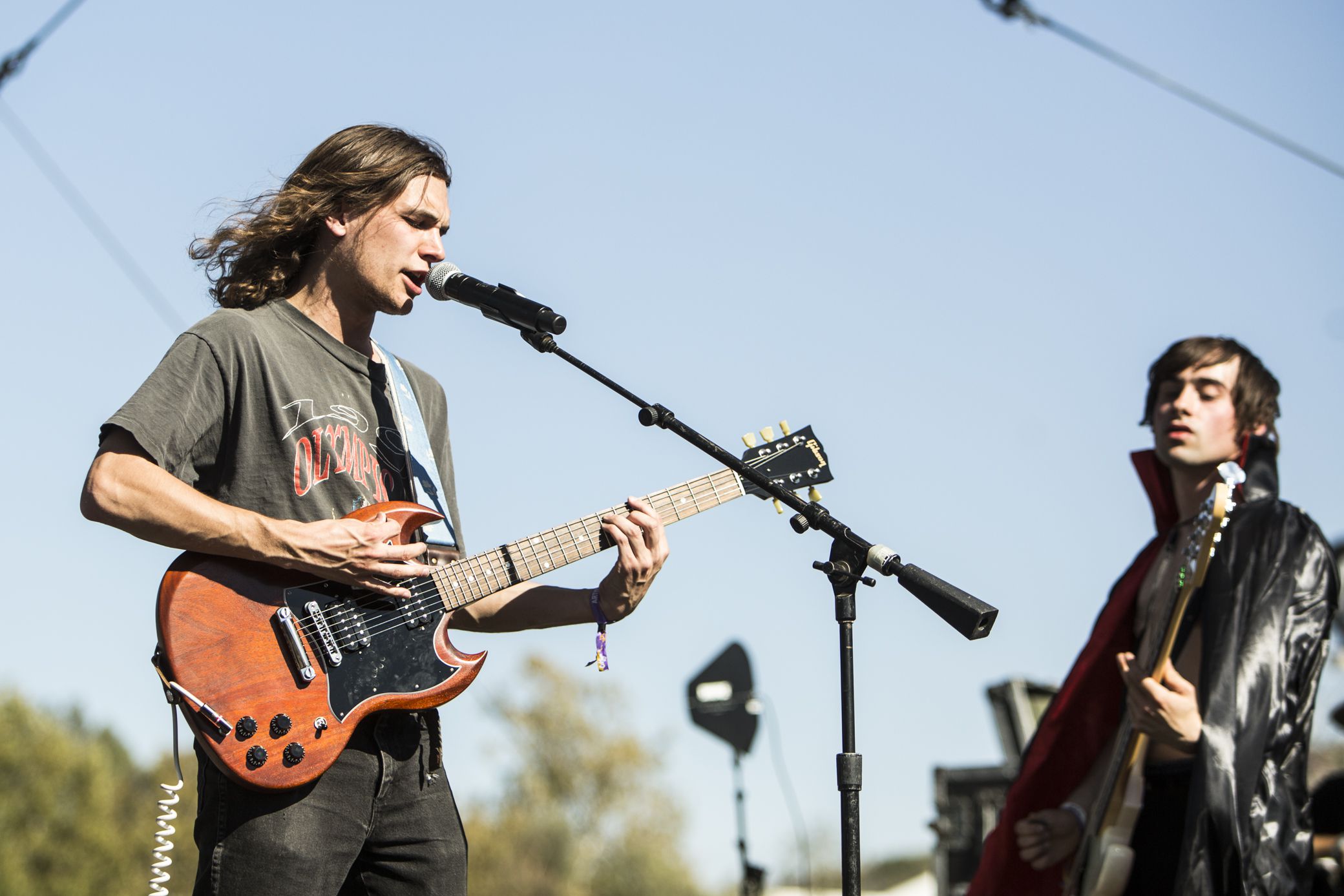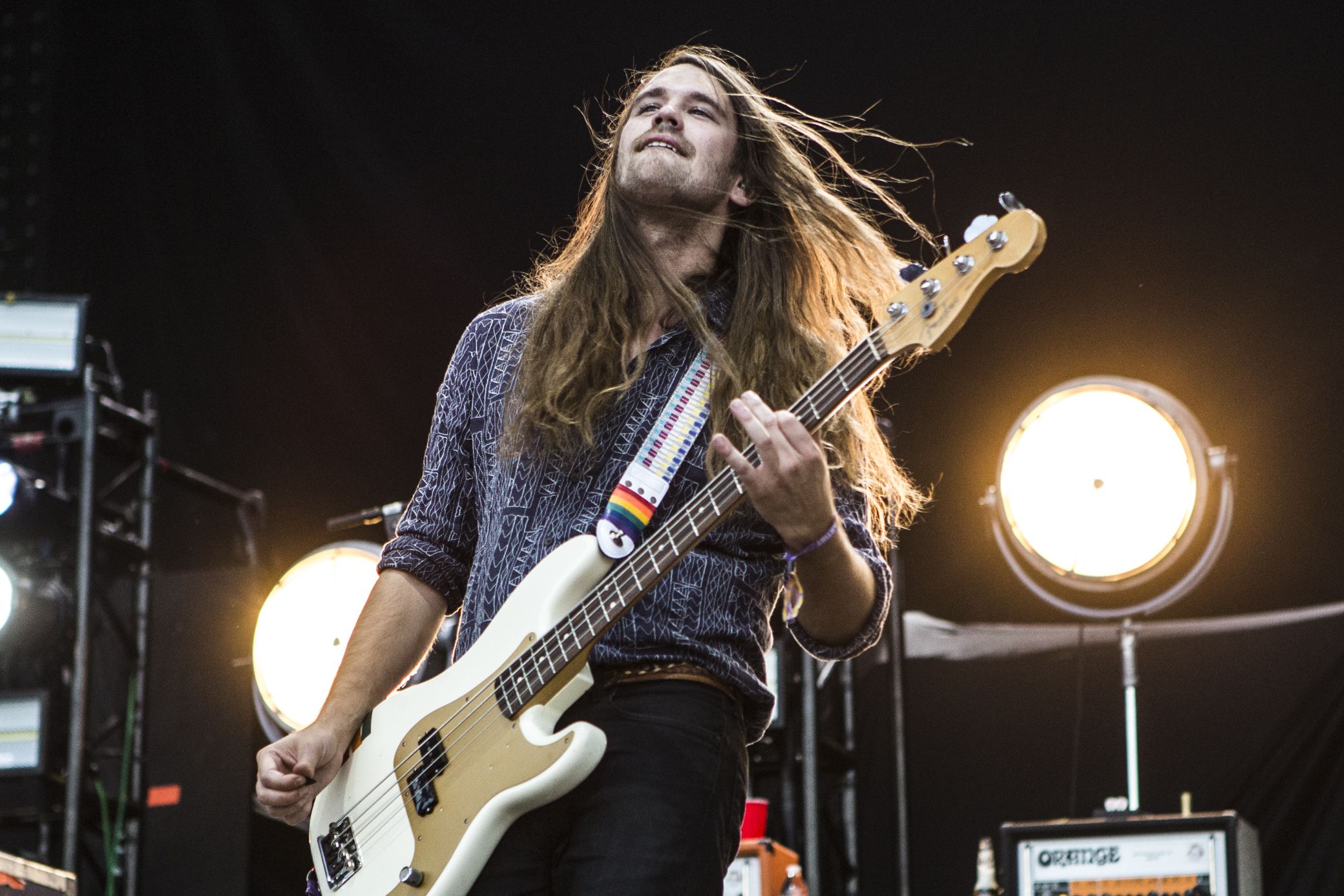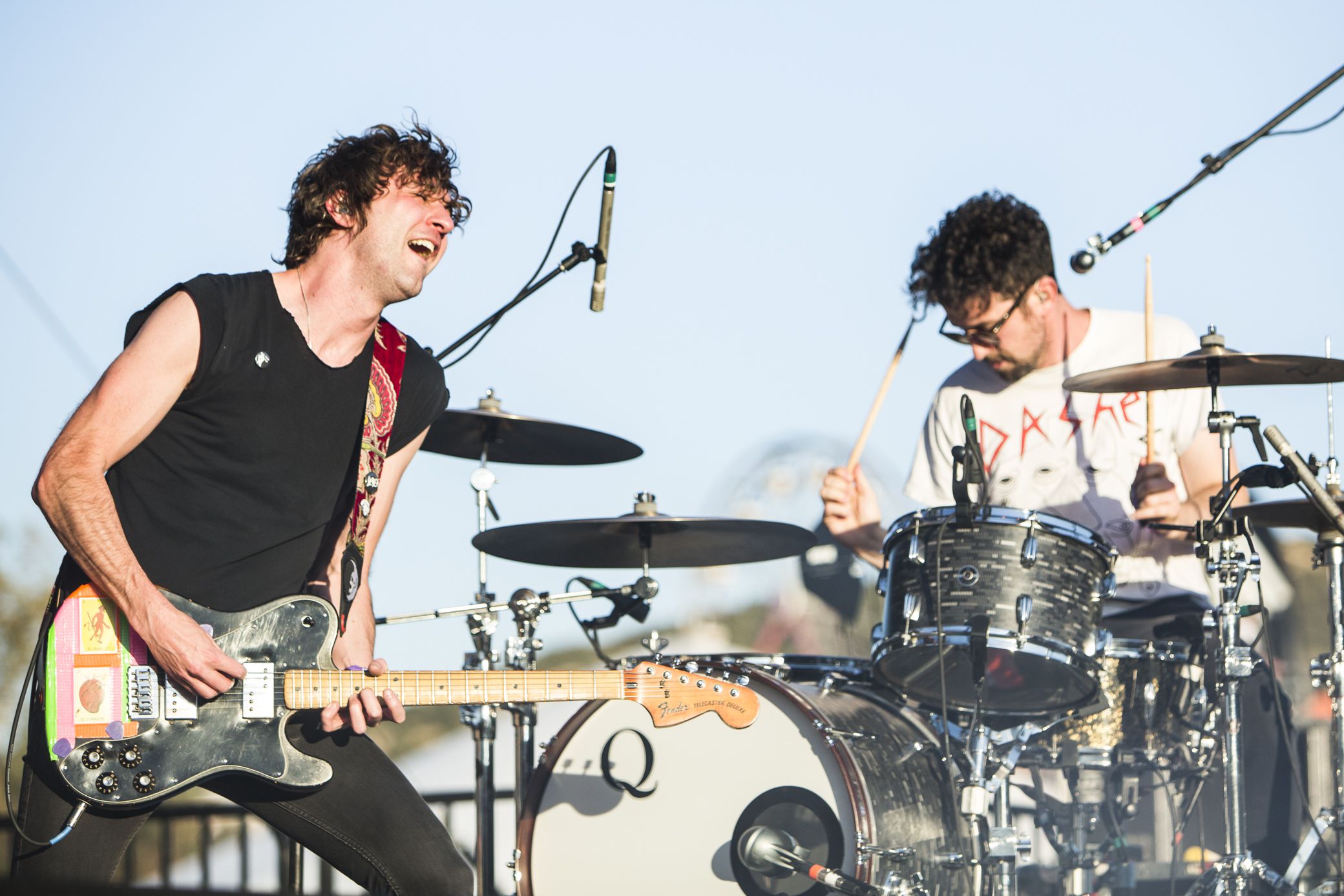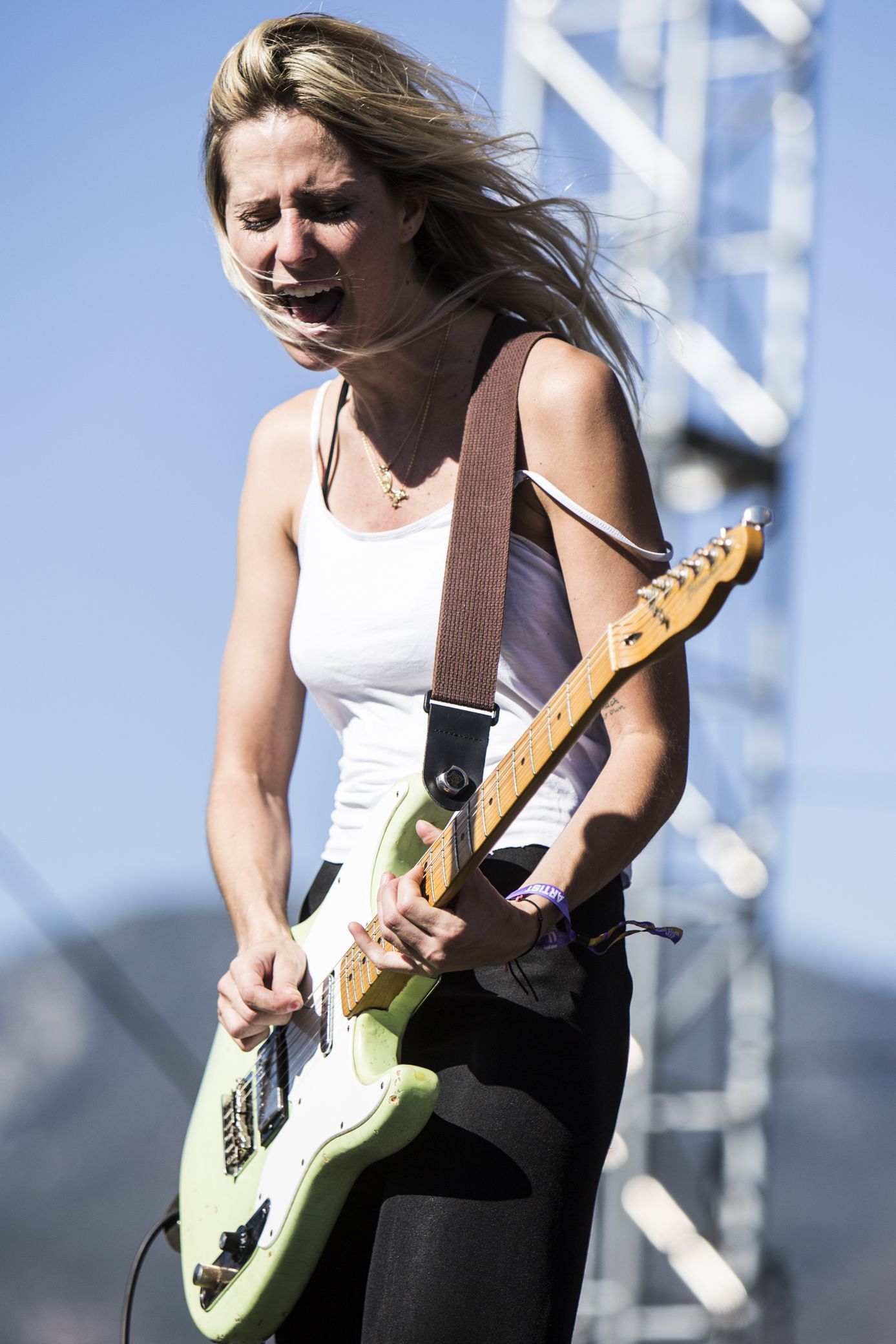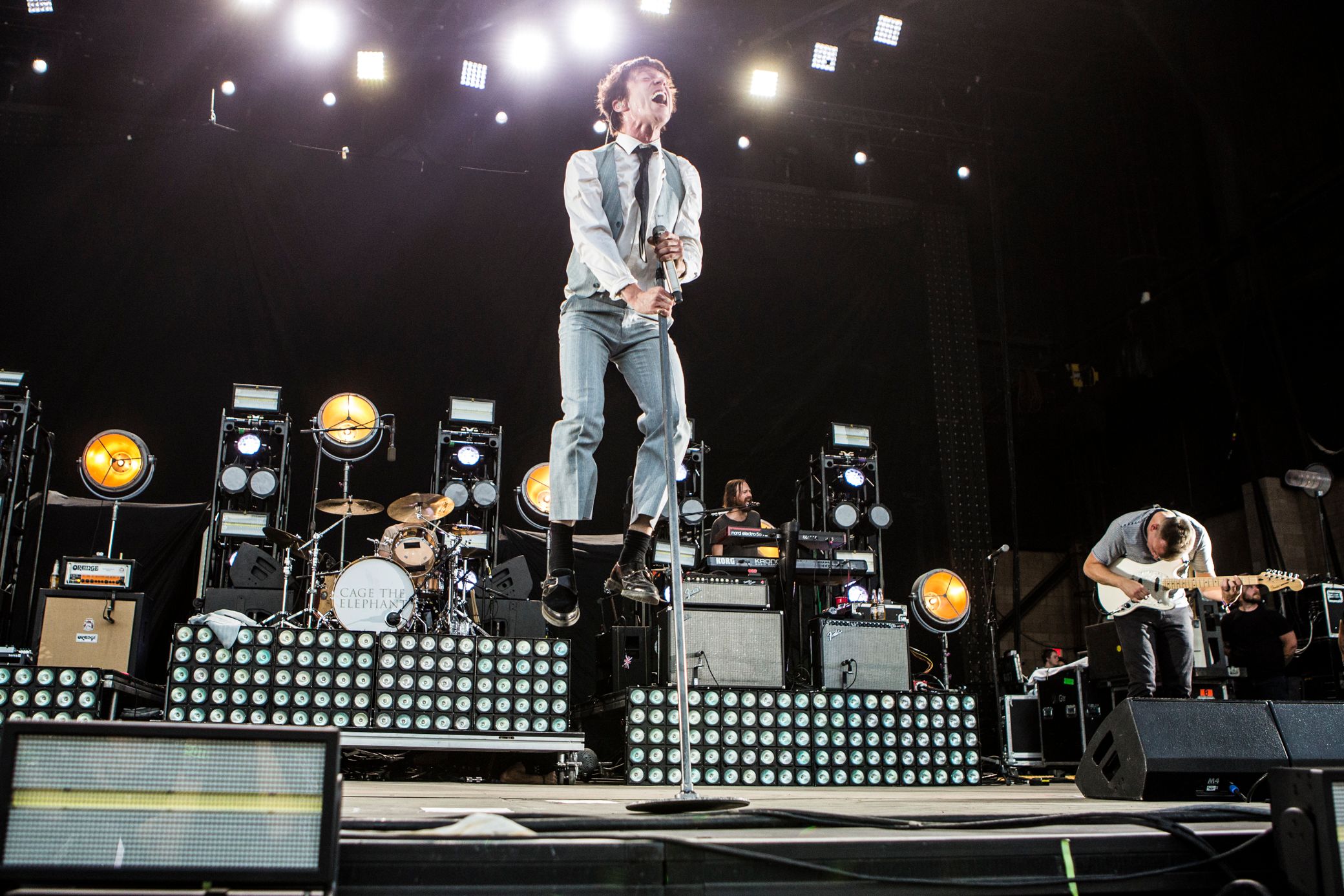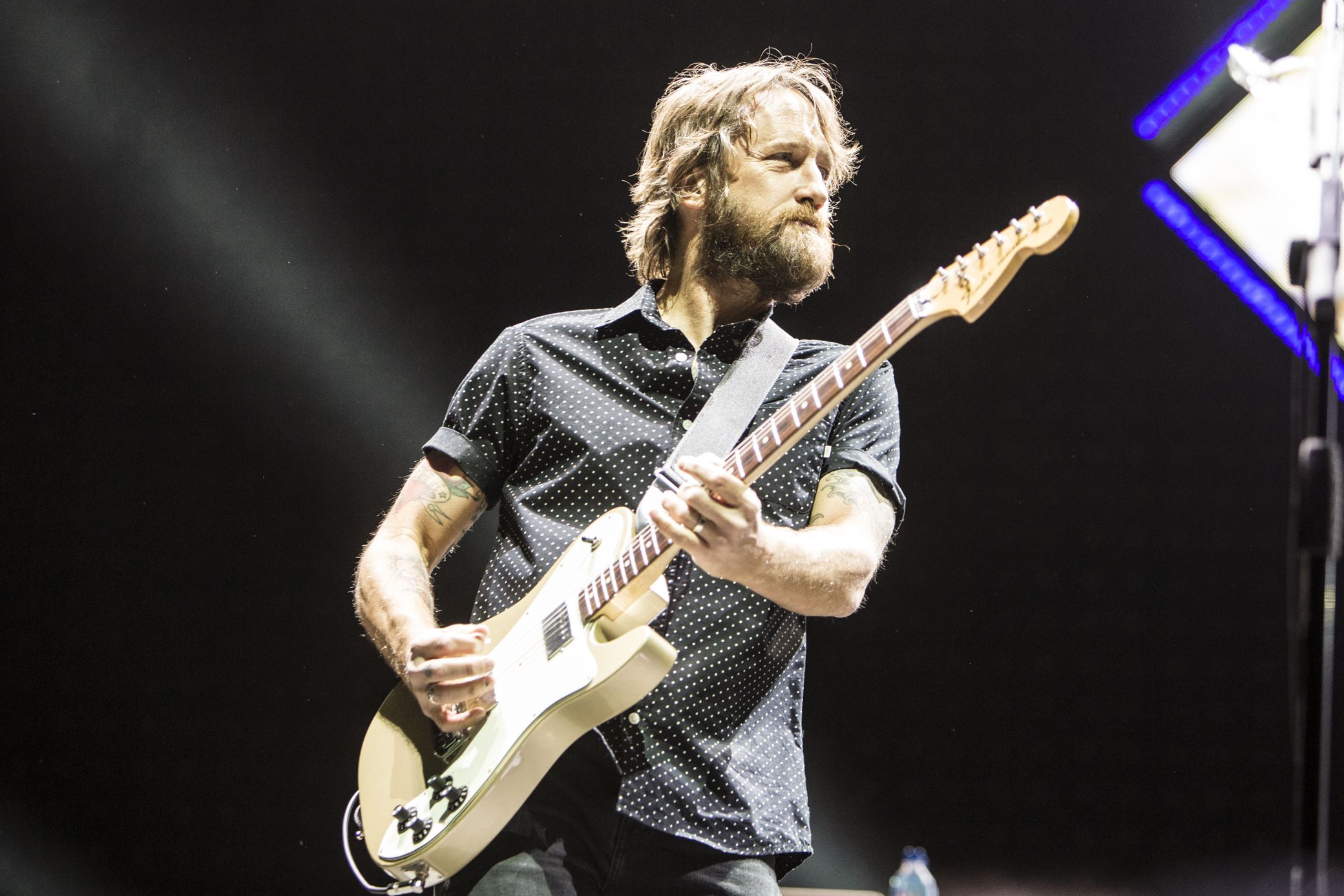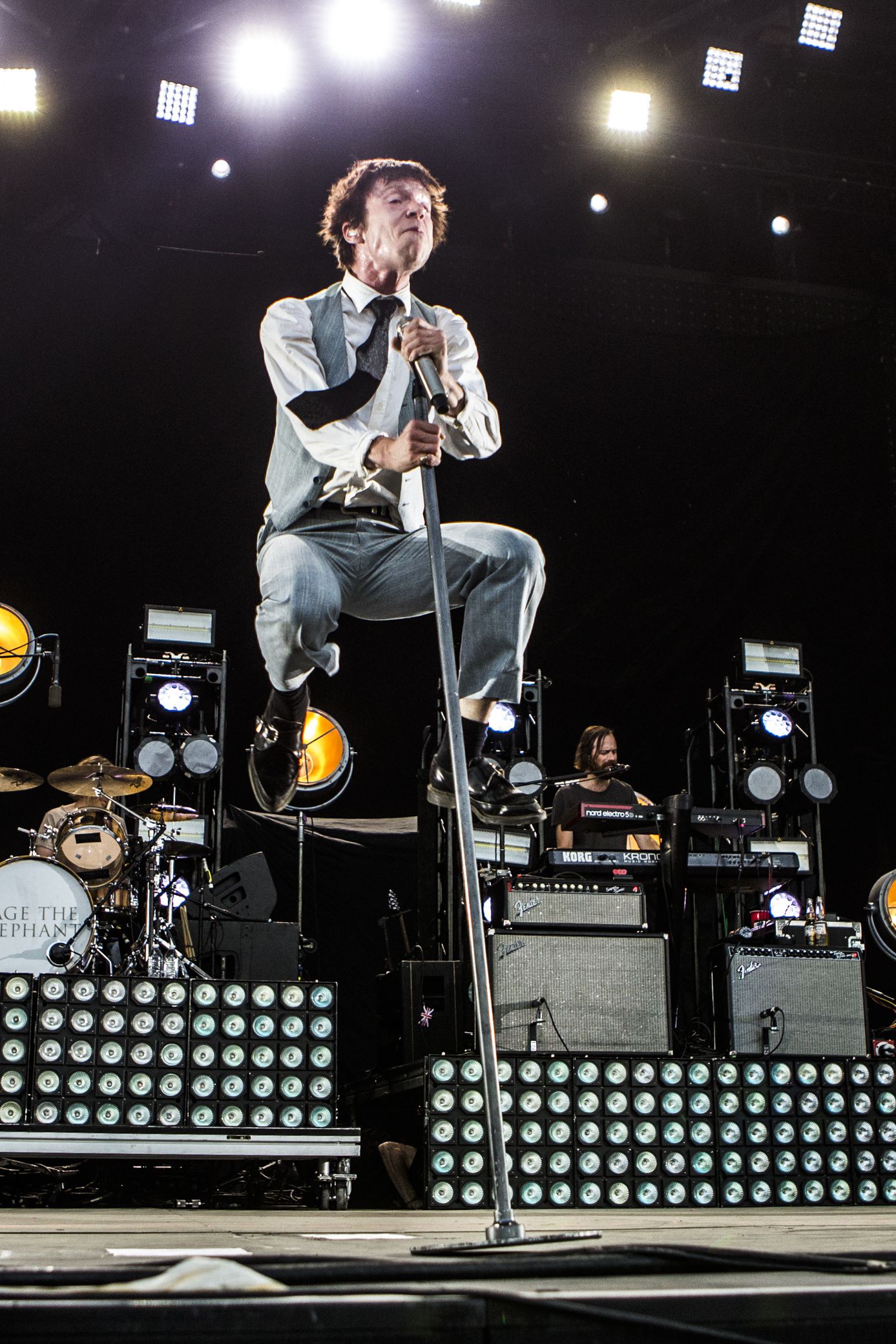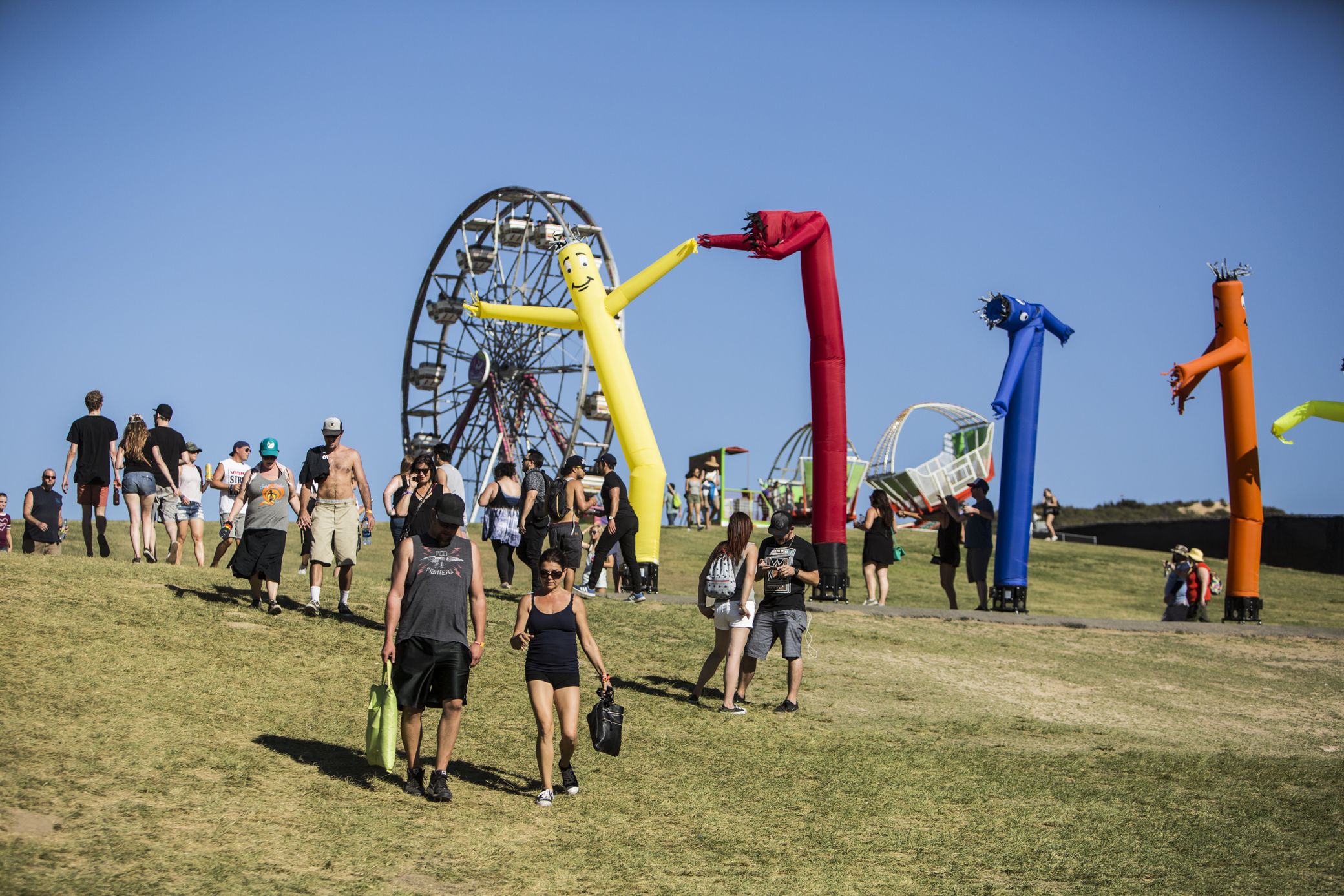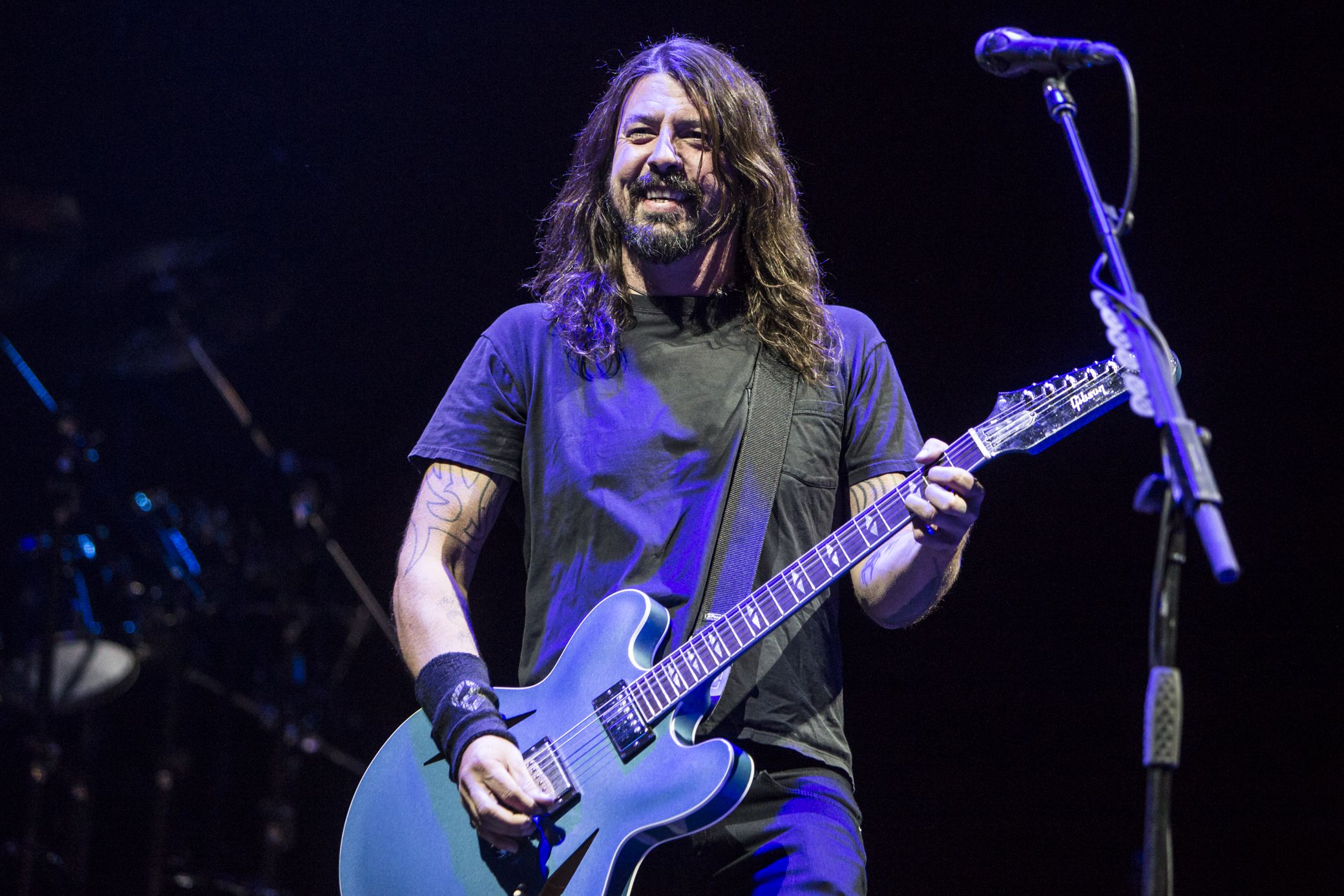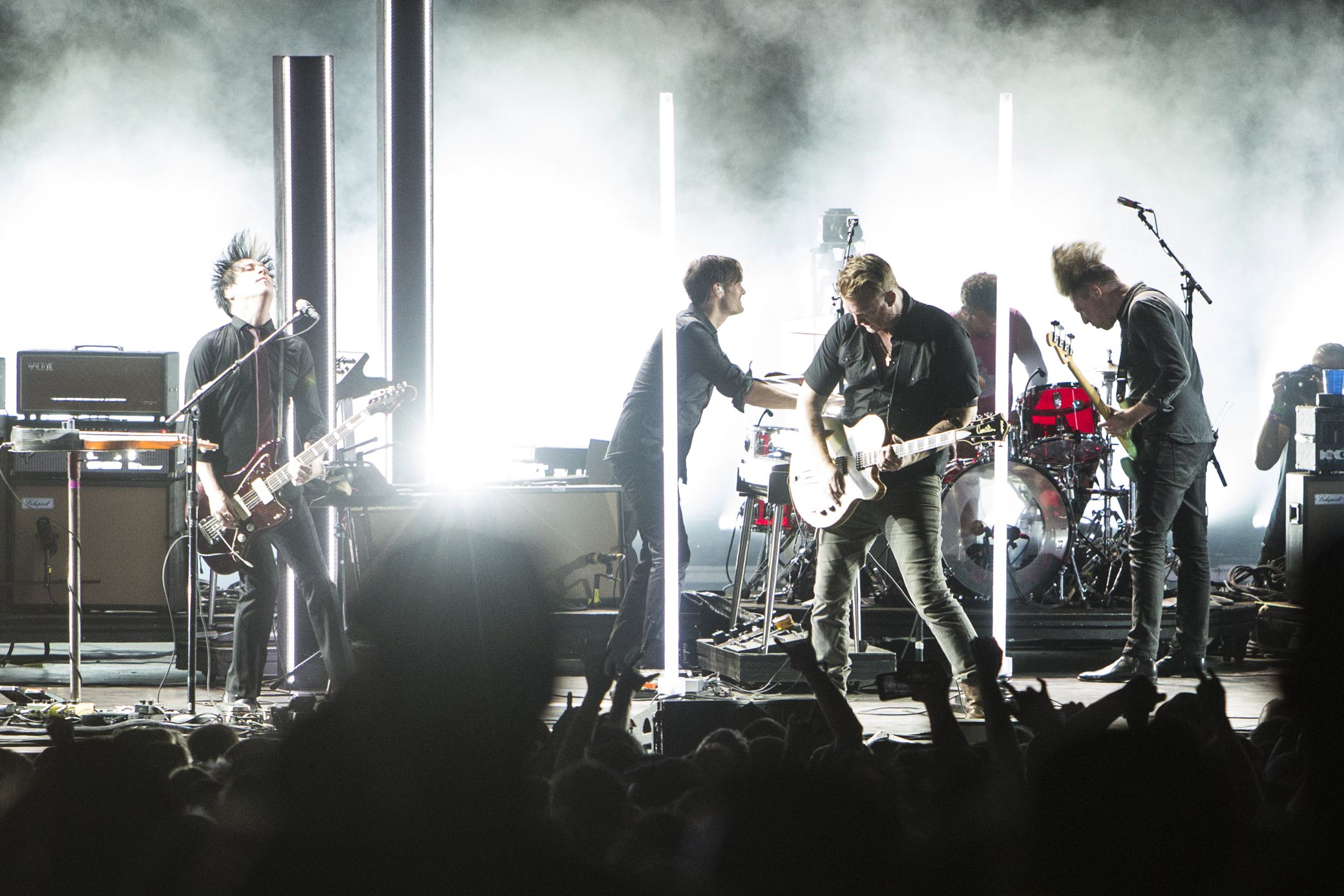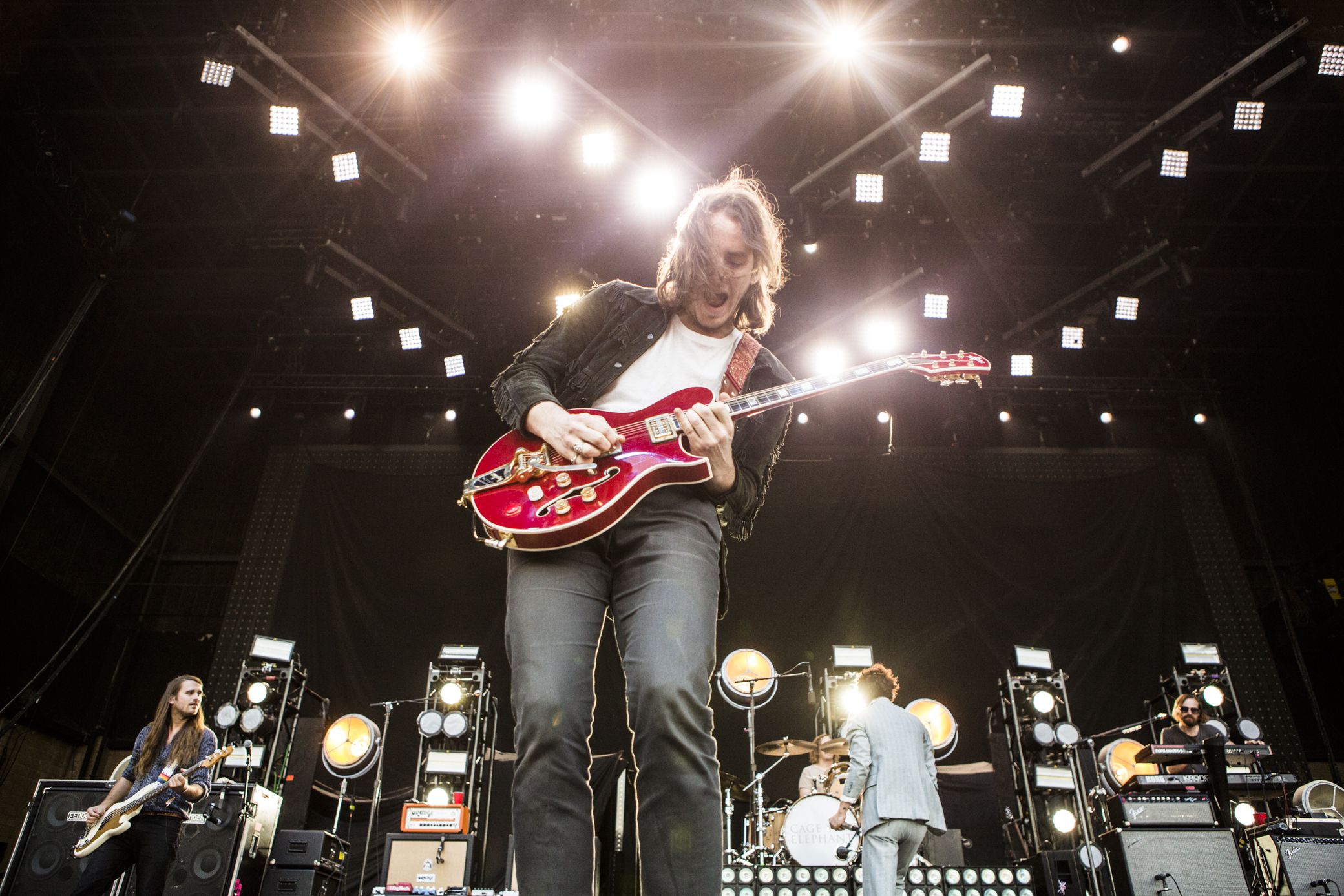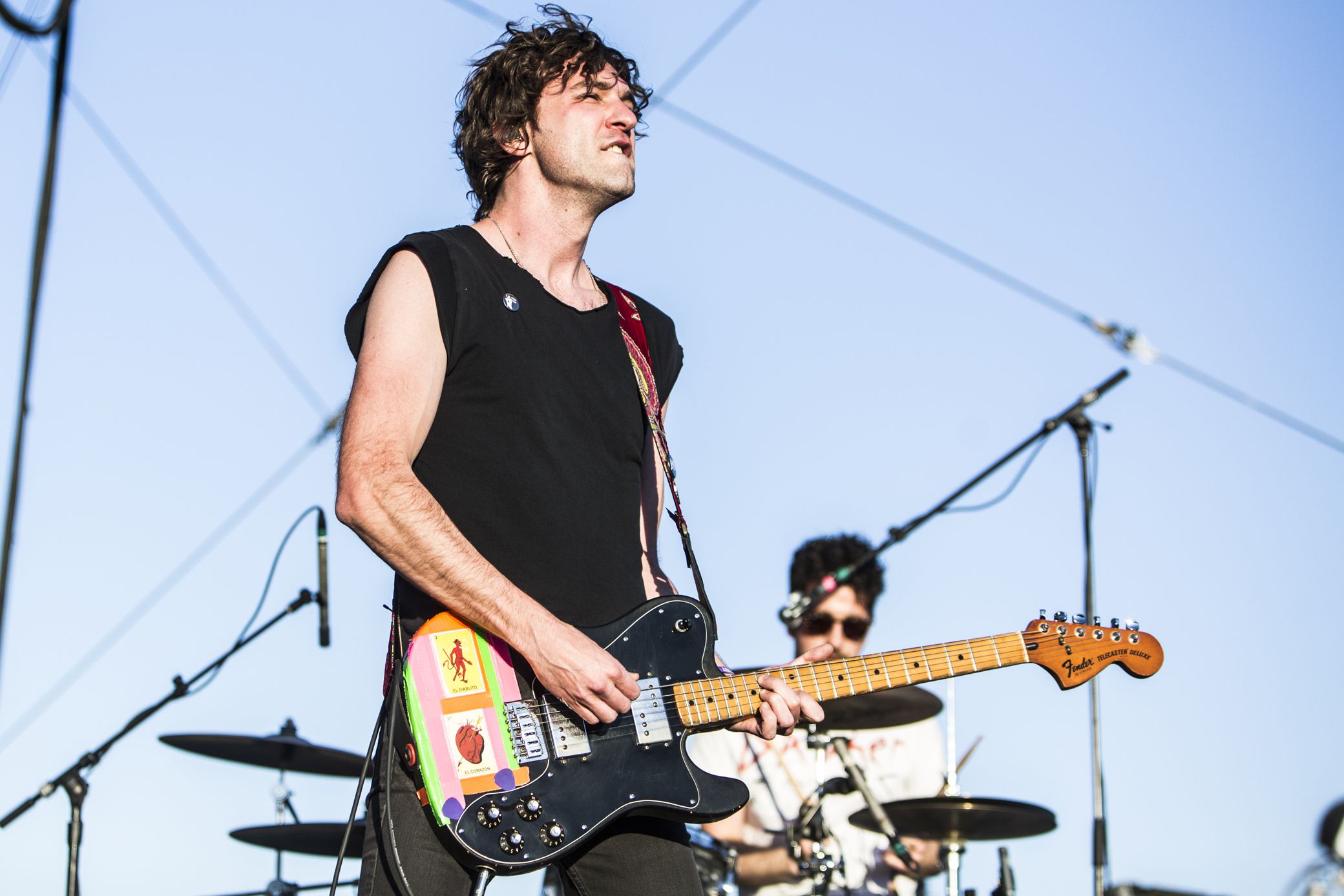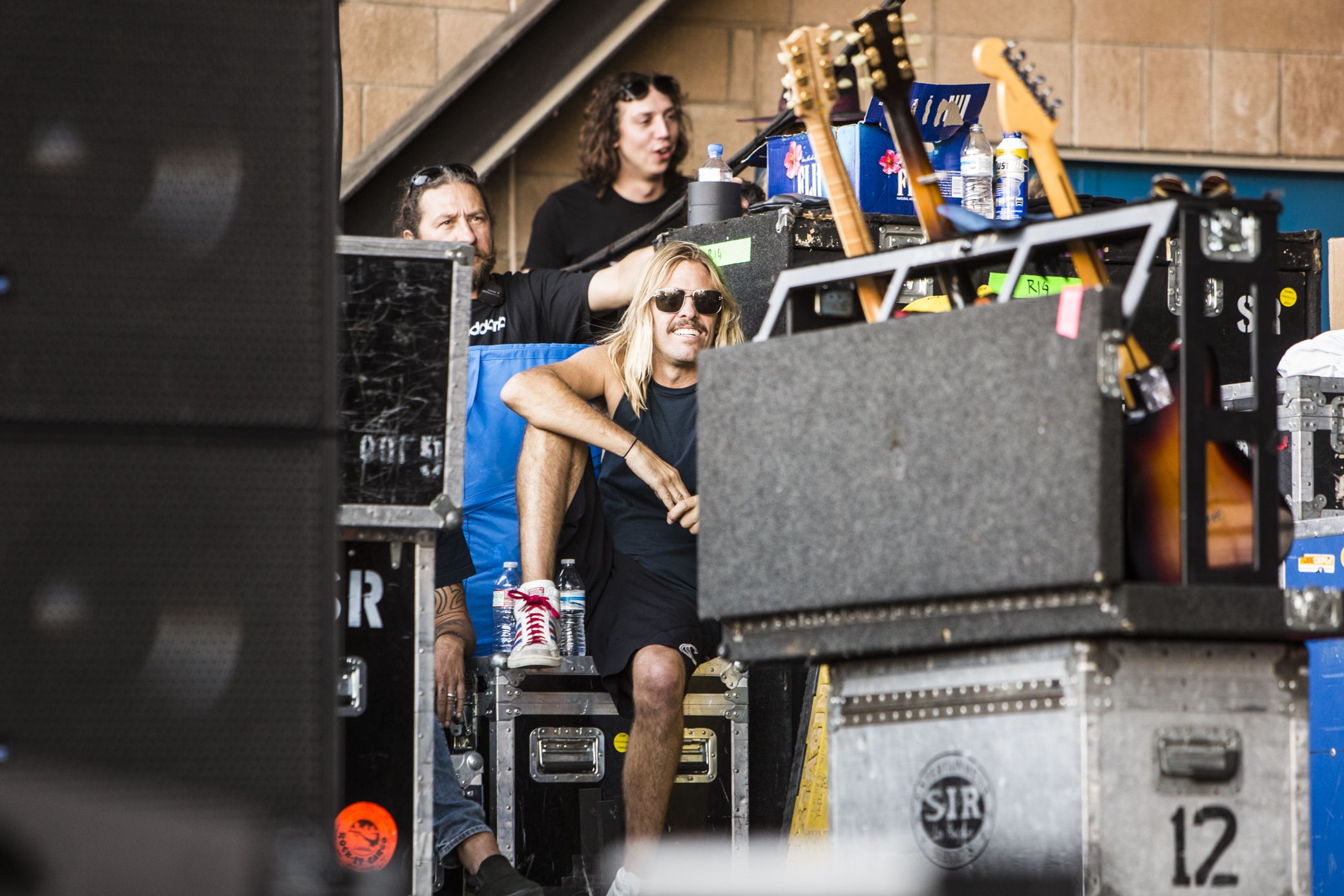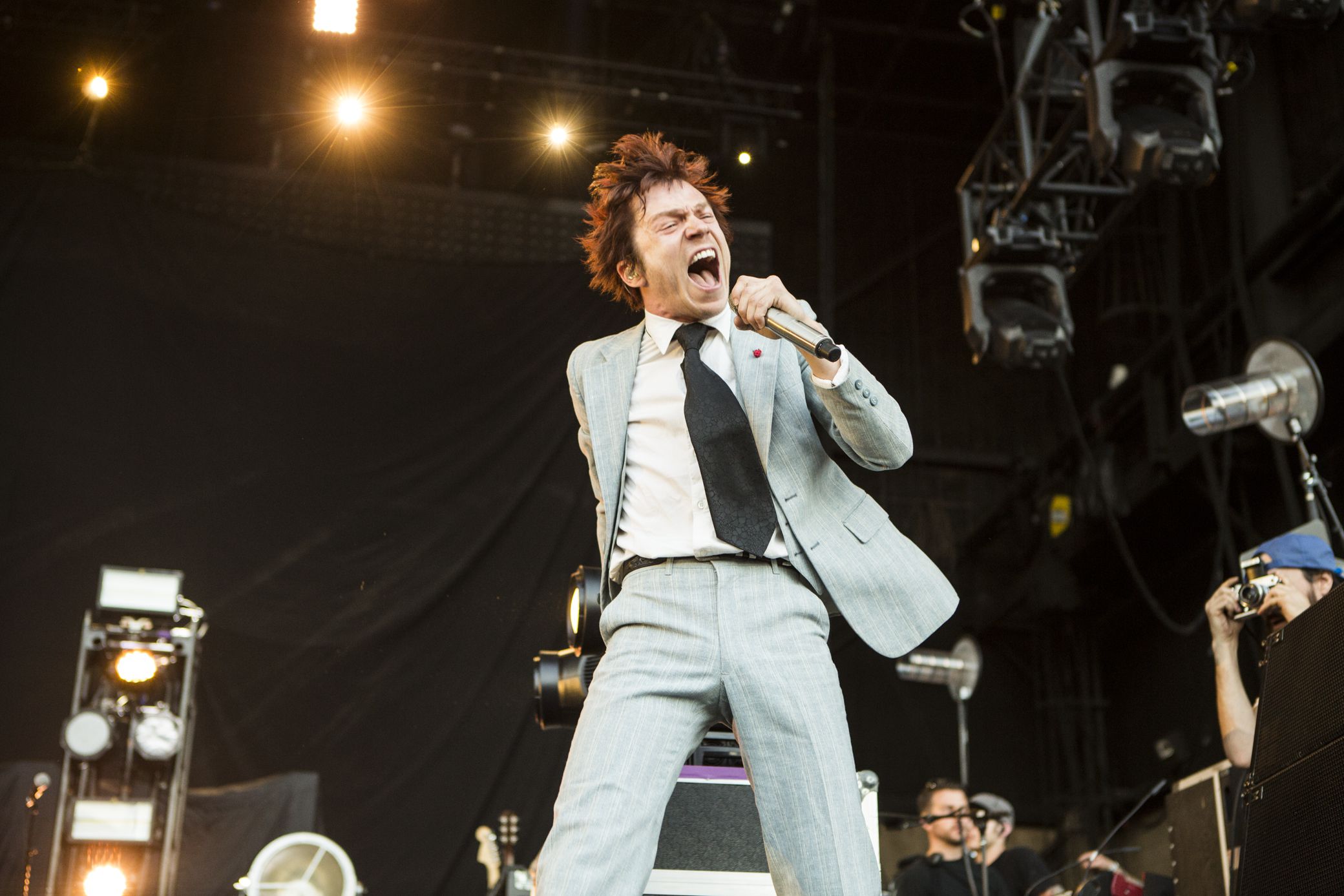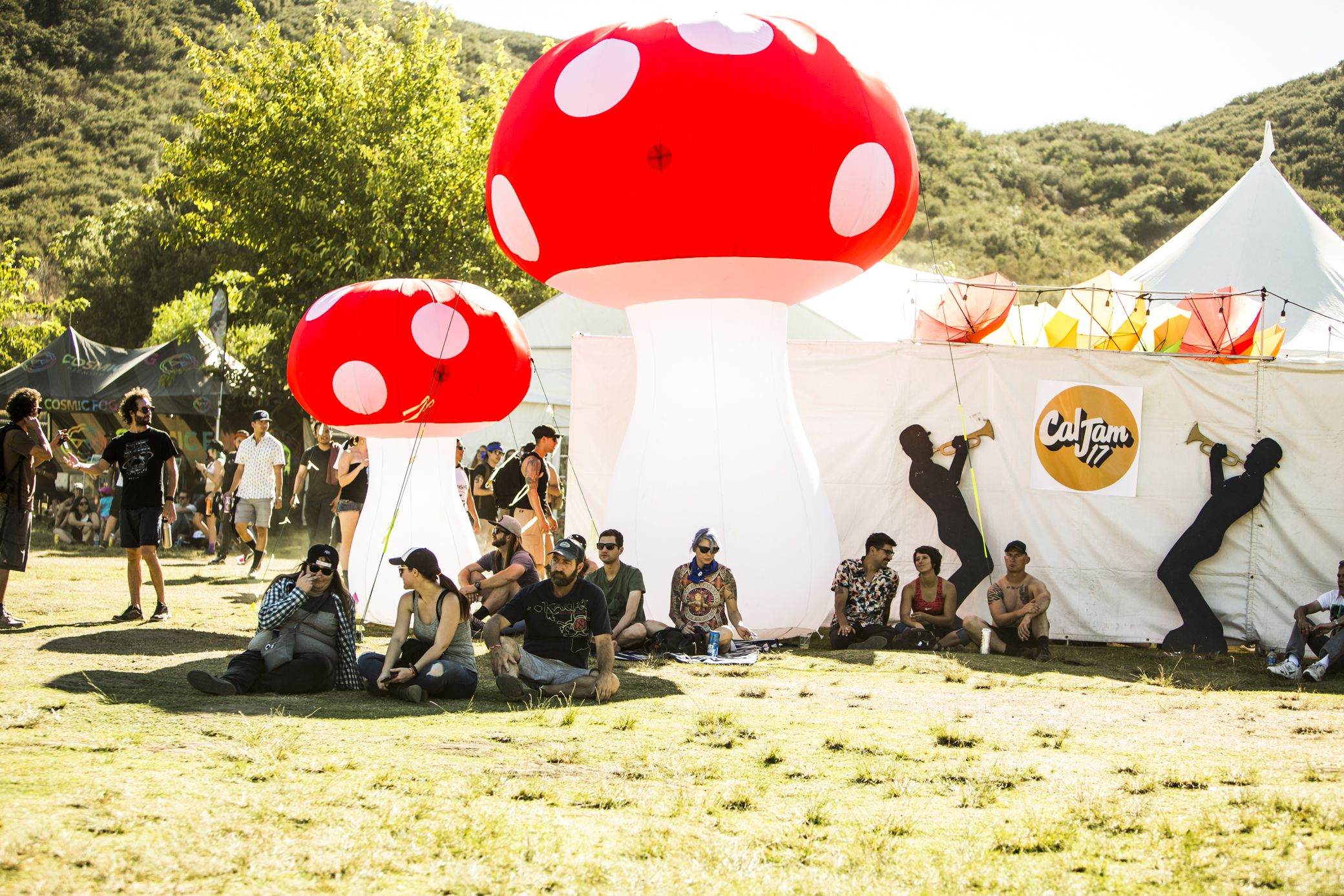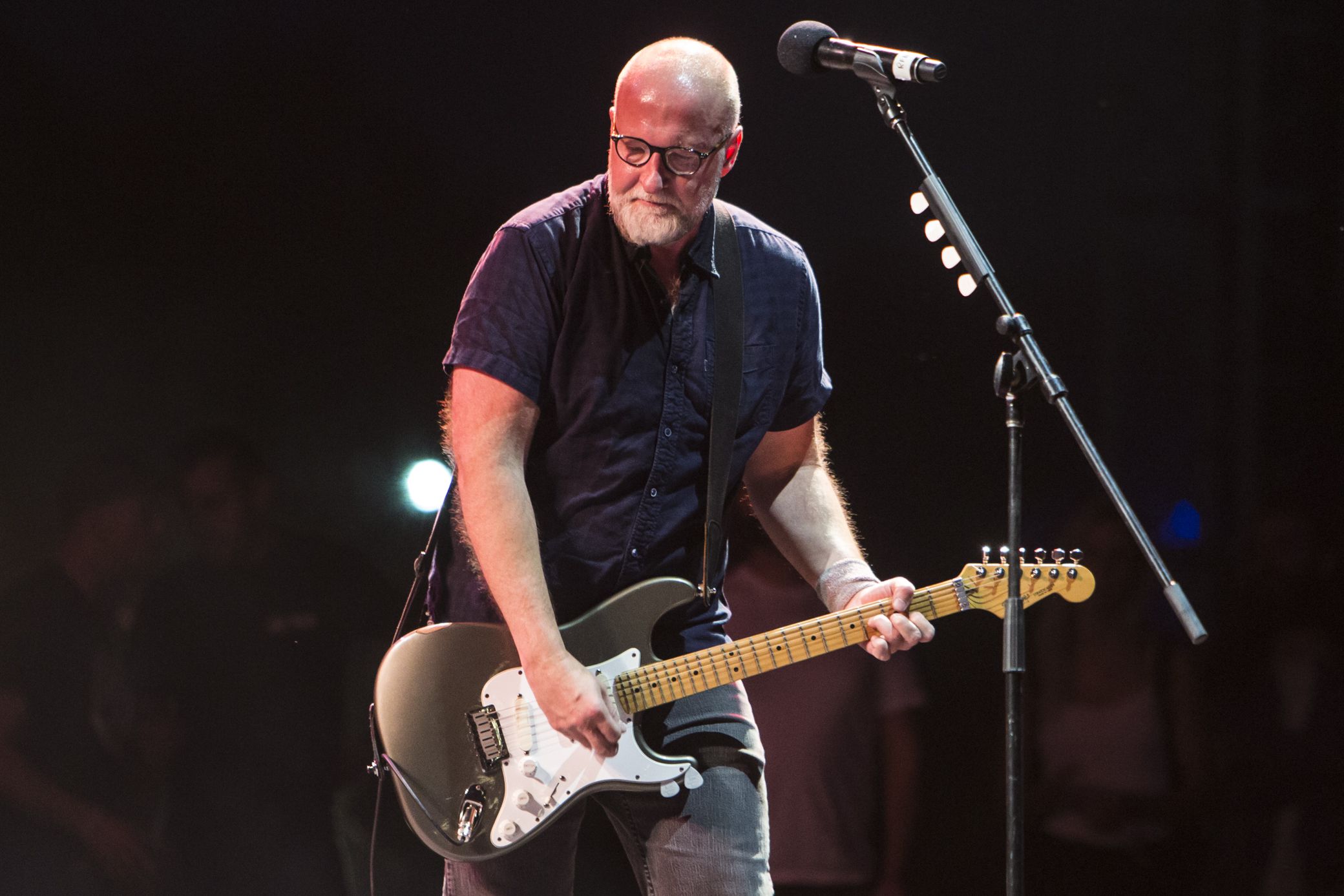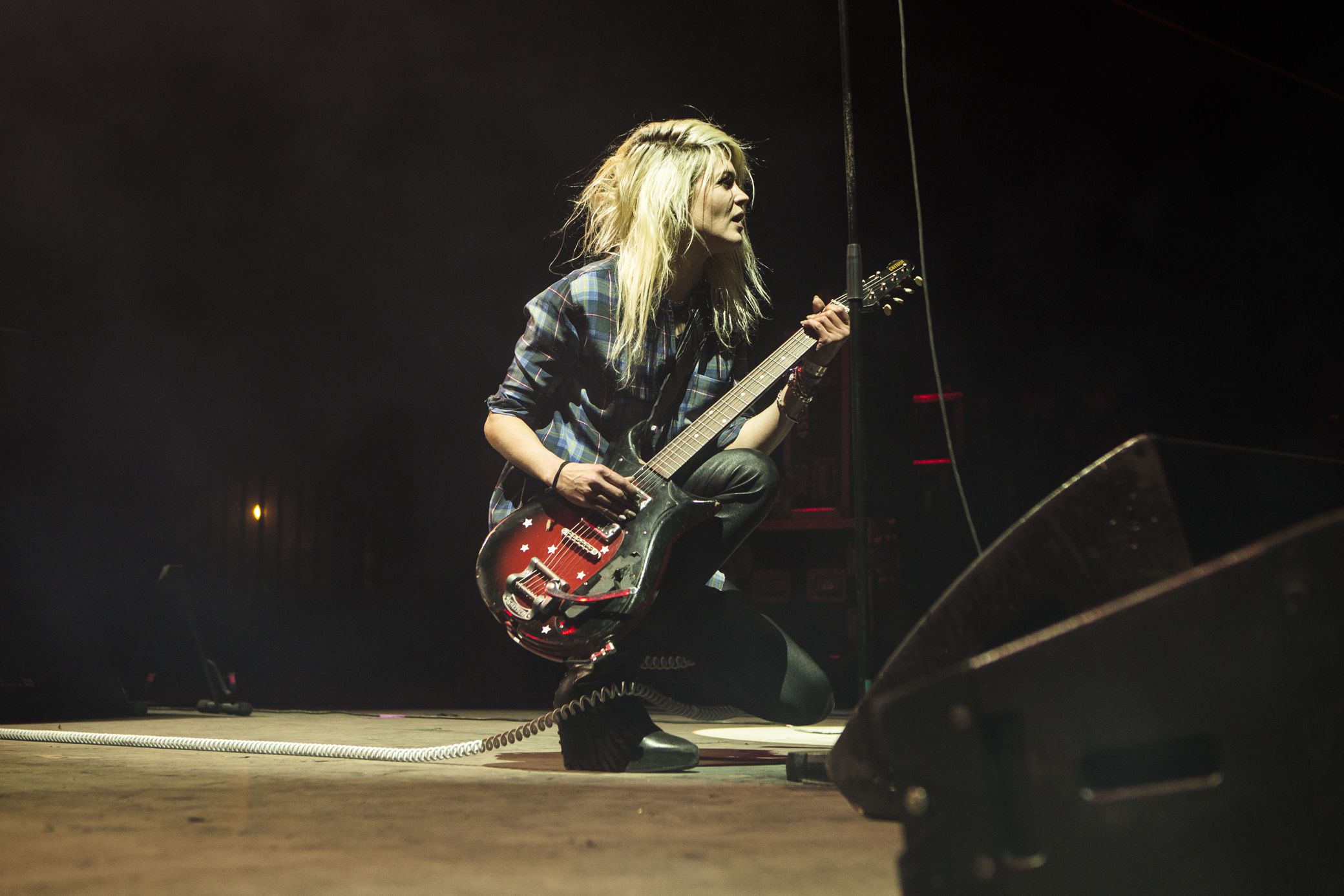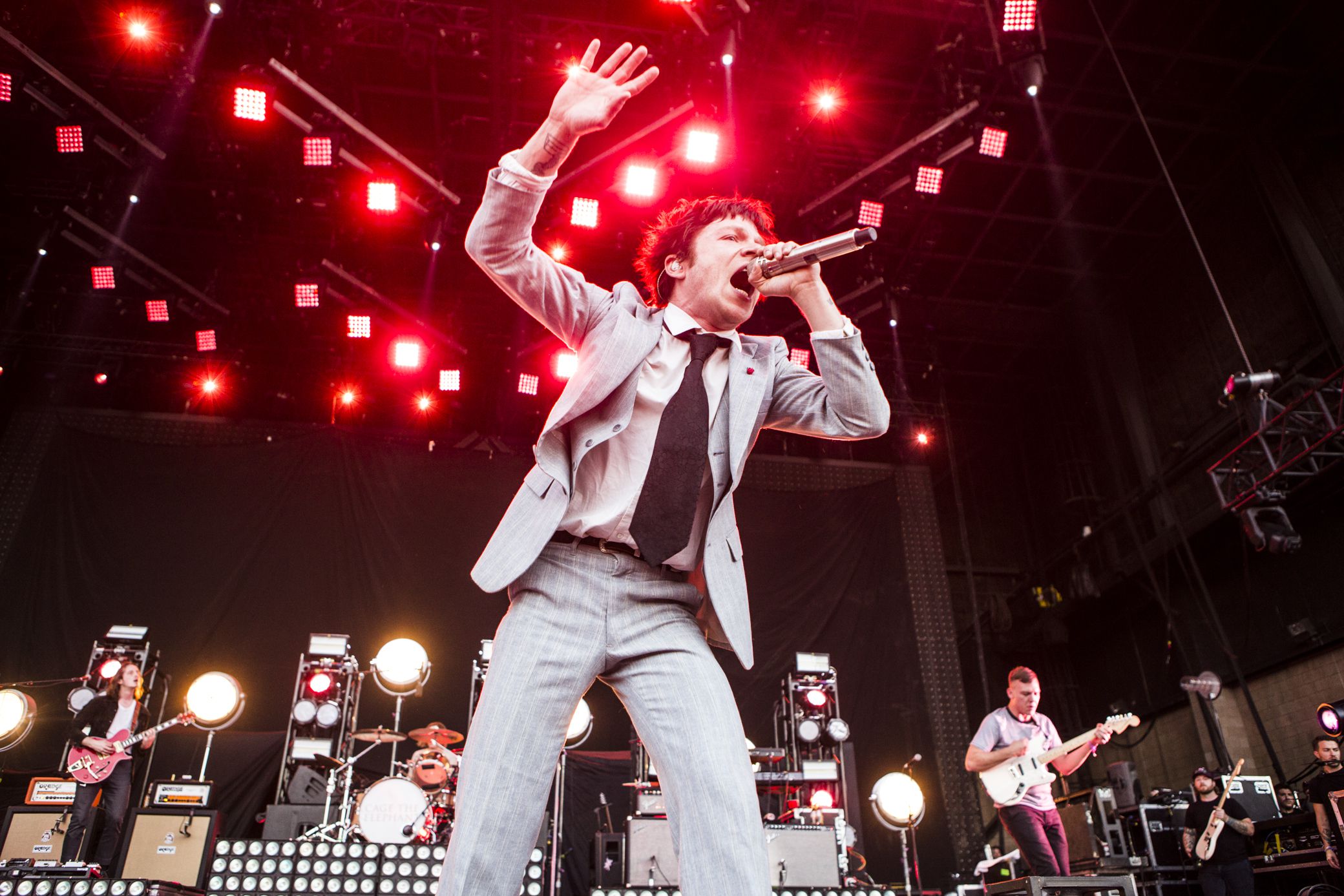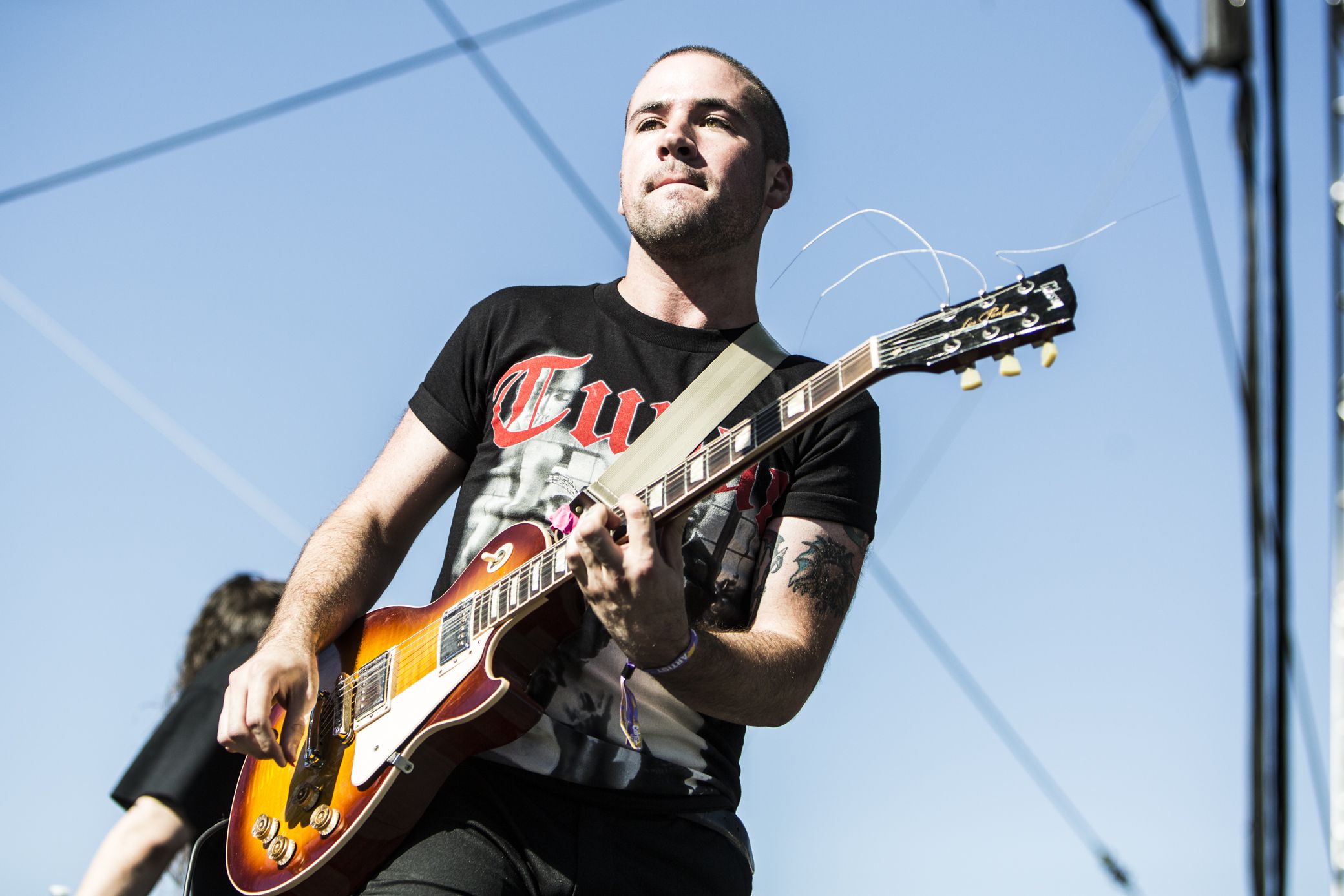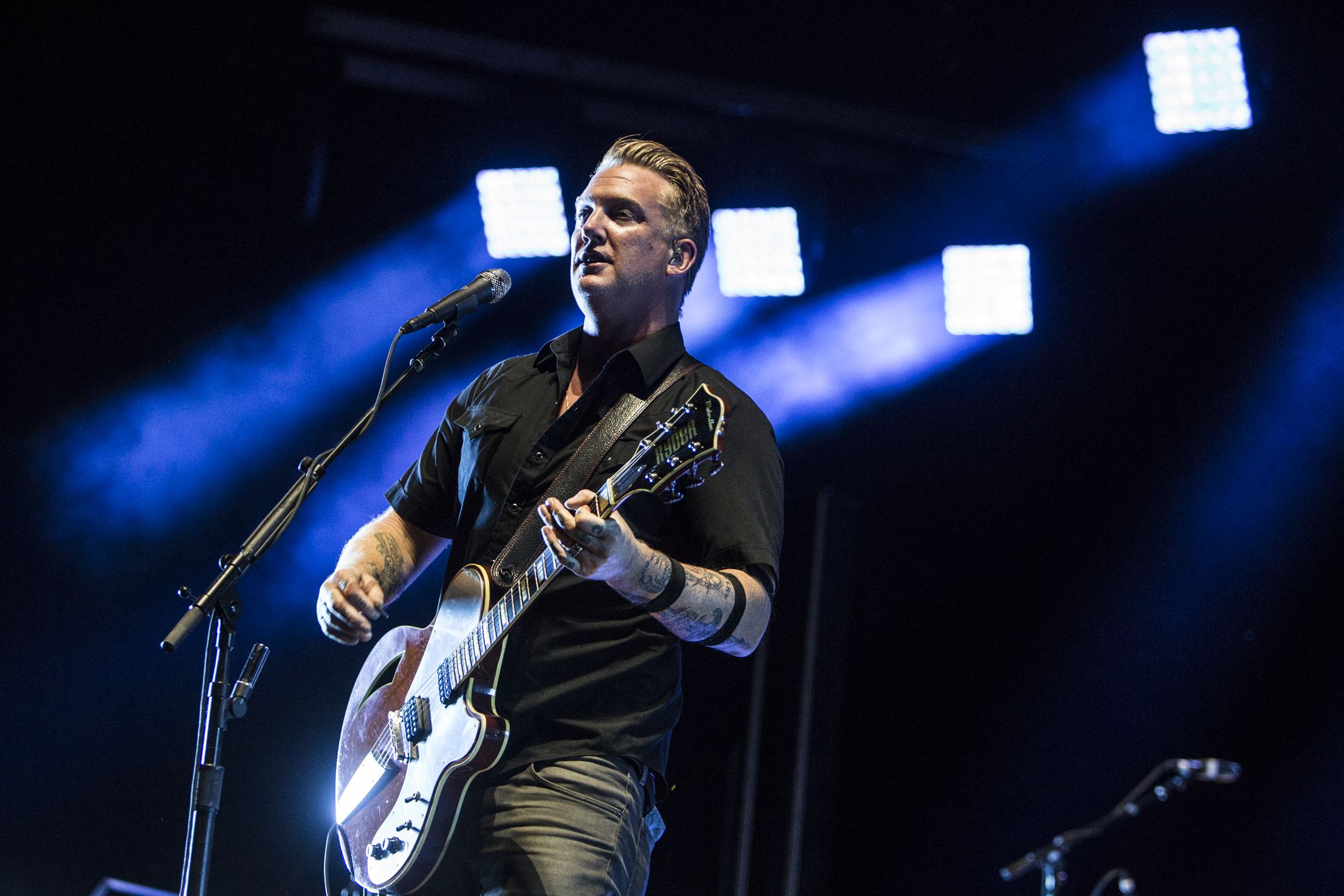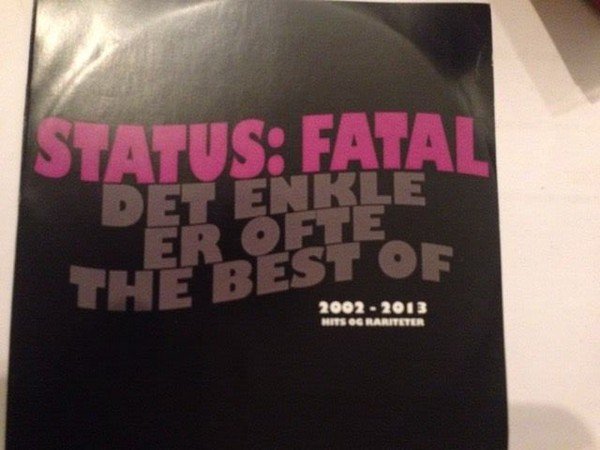
File download is hosted on Megaupload
Dave Grohl is not shy with perspective. If you caught any of his rather good Sonic Highways miniseries, then you know that the ex-Nirvana drummer and longtime Foo Fighters leader has no problem putting his own history into context. And though this might not seem like a special gift, trust when I say it is a rare thing. Most musicians have a pretty inaccurate perception of their own musical contributions and importance. It’s this kind of self-aggrandizing that makes it possible to get on a stage every night and entertain masses without the self-consciousness that most of us would be hampered by. Delusion, you could say, is a necessary evil for the rock and roll profession.
But Grohl doesn’t fall into this trap. For one, it’s hard to overestimate your own standing when you’ve been in two legendary bands. It’s more than that for Grohl, though. He’s a scholar of music history, who’s very aware of both of the bands that paved the way before him and the rising artists that are following in his footsteps. So, when tasked with providing a record release event for Foo Fighters’ latest studio album, Concrete and Gold, Grohl did what he does best by presenting an extravaganza that honored the contemporary rock scene, and the Foo Fighters place in it. He created Cal Jam.
“They asked us if we wanted to do a show at the Hollywood Bowl,” Grohl recalled, before contending that a looser, backyard BBQ-vibe was more fitting for the jeans-and-t-shirt band. He’s not wrong; Grohl knows his place and he knows his audience, and taking over the Glen Helen Amphitheater grounds for a couple days of camping and concerts was much more in line with what the band represents. And if it wasn’t clear what the Foo Fighters aesthetic was, well, there were Harley Davidsons and classic vehicles littered throughout the grounds, a permanent plume of smoke from a huge BBQ grill, and random accoutrements that included inflatable mushrooms and a crashed UFO. Hell, there was even a Foo Fighters museum complete with the Grohl guitar throne selfie-station from when a broken leg rendered him immobile.
But the environment was only part of the story at Grohl’s party. As the launch of Foo Fighters’ 2017 tour, Grohl seized the moment to provide an unforgettable musical moment, and despite being a celebration for their newest album, Foo Fighters didn’t weigh down the set with new songs. Grohl is a setlist expert at this point, and knows that a handful of new songs is appropriate, and that the band has so many hits, that they can easily fill up a two-hour-plus slot with wall-to-wall anthems. By opening with “Times Like These”, “All My Life”, “Learn to Fly”, and “The Pretender”, the band asserted itself as careerists and crowd-pleasers, aware at the commitment that their fans put in by dedicating a whole weekend to the band, and rewarding their loyalty. Even new songs, particularly the massive “Sky Is a Neighborhood” went over like hits to the dedicated audience.
But it was the moments that separated the performance from others, particularly guests like Rick Astley performing “Never Gonna Give You Up”, and Joe Perry playing guitar on “Draw the Line” and “Come Together”, the latter with vocals from Liam Gallagher. There’s no pretentiousness in these choices. Rather, Grohl welcomes his place as a populist hero creating music for regular folk.
At Cal Jam, Grohl surrounded himself by like-minded individuals. Gallagher played earlier in the day, and though he performed a few more new tunes than most people would like, his revisiting of Oasis classics like “Wonderwall” and “Rock ‘n’ Roll Star” presented a past era of songs written by working-class Englishman for an audience that spanned all class-levels. The Kills, performing across the grounds at the much smaller Sun Stage, evoked bar-room blues that is instantly familiar regardless of your experience with the band. Even the youngest bands on the bill, groups like Japandroids, Bully, and White Reaper, aren’t out there making guitar rock in some last-ditch effort to sustain the genre. They’re making the music of their youth for fans who experienced the same, not overly-intellectualizing what it means to be a rock star in 2017, but showing faith in their craft in their earnest delivery.
The other two major main stage acts, Cage the Elephant and Queens of the Stone Age, perhaps best embody the world that Foo Fighters see for rock and roll. Beginning with a faithful cover of “Mary Jane’s Last Dance” and quickly running through a set that included pyrotechnics and plenty of interaction with the audience, Cage embodies a similar energy that the Foos bring to the stage, a track race to an eventual finish line where rules don’t really apply. Queens, on the other hand, present a concert of striking composure. Frontman Josh Homme frequently addressed the audience about how special the night felt, though the seemingly obvious idea of having Grohl come out on drums for the songs he recorded with the band never came to fruition. Instead, Homme simply dedicated “No One Knows” to the Foo’s leader, and dropped a snippet of “Everlong” into “Feel Good Hit of the Summer”.
In the middle of the Foo Fighters’ set, Grohl even teased that Cal Jam could be back next year, which isn’t too surprising and also a good thing. After all, artist-curated festivals have slowly become the best way to see an event that hasn’t been homogenized beyond having an identity. Whether it’s one-offs or something annual like Justin Vernon’s Eaux Claires, festivals that come from a single, identifiable mind are typically better than events that try to please as wide of taste as possible. And in knowing both who he is and who he is trying to please, Dave Grohl has exerted himself near the top of the list for artist/curators. He’s not rock and roll’s savior, he’s just its best ambassador.

















